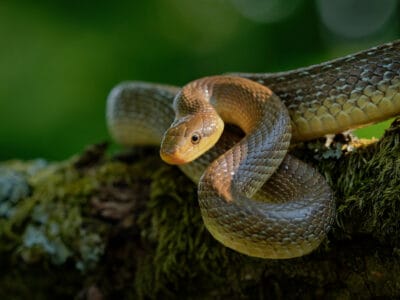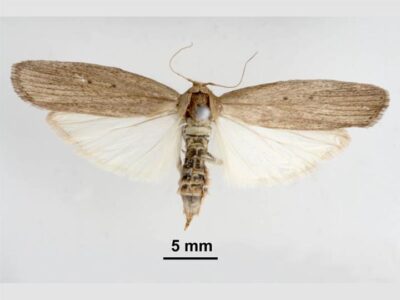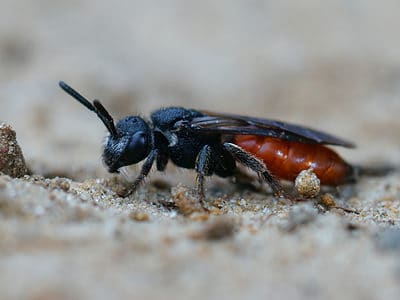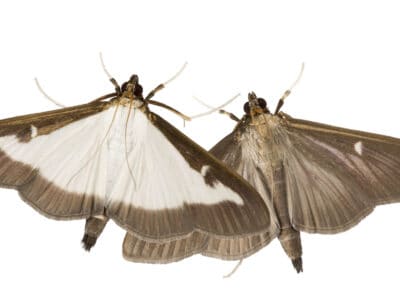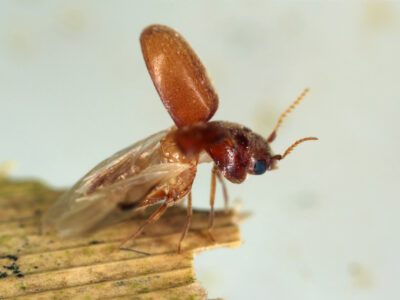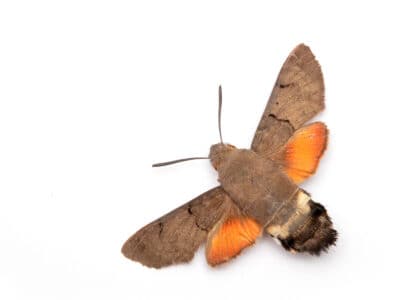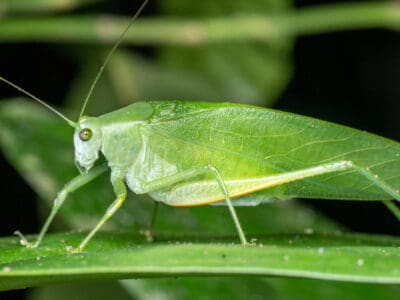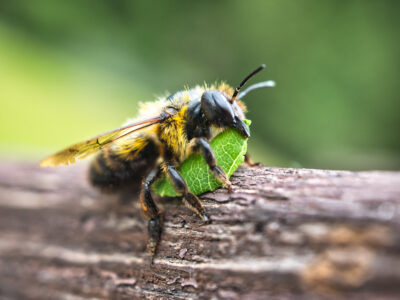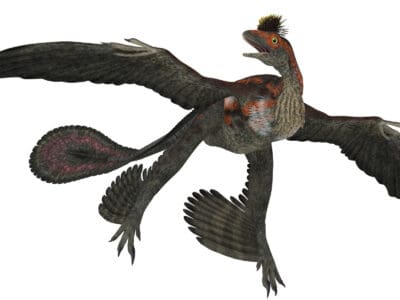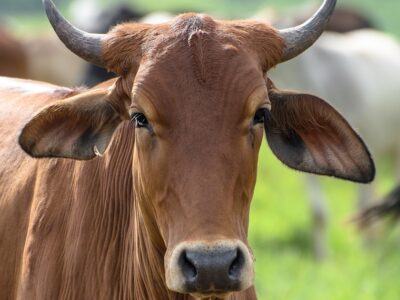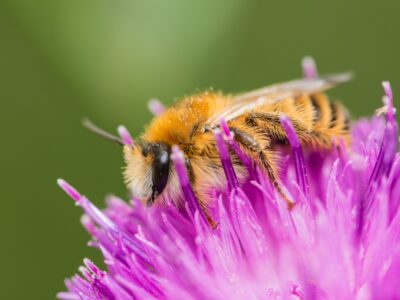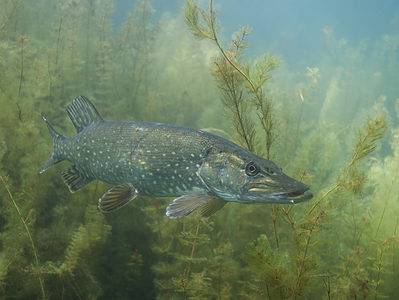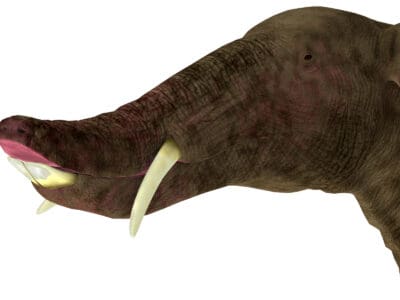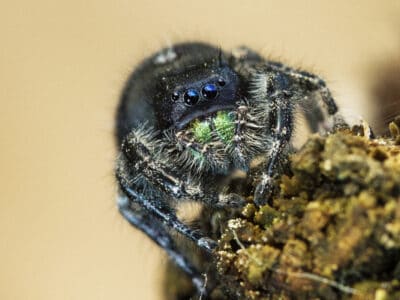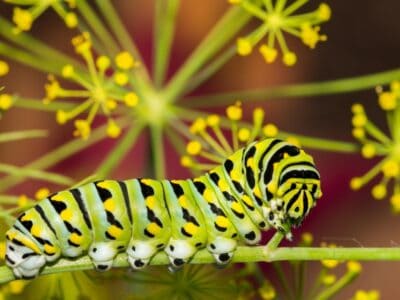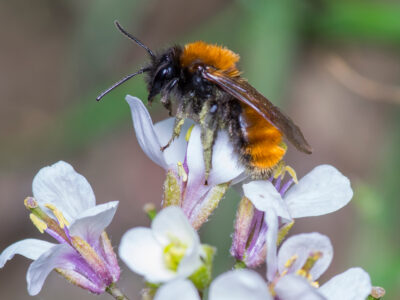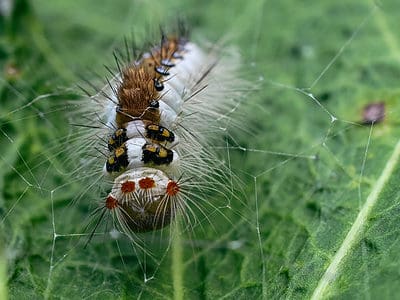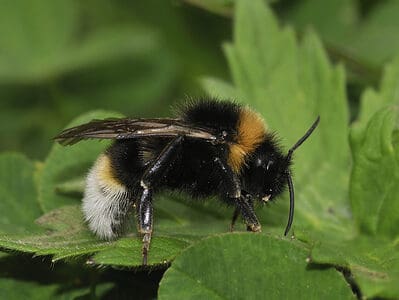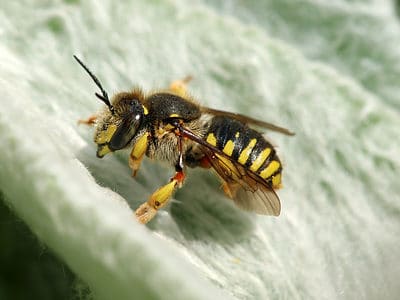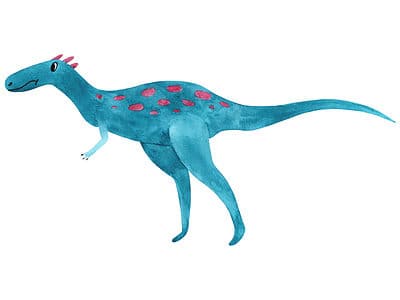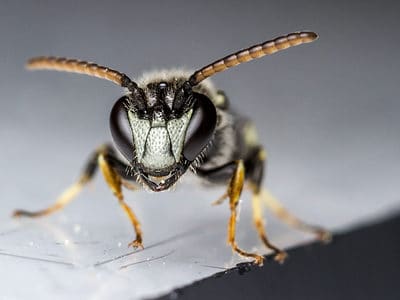Below you can find a complete list of Asian animals. We currently track 805 animals in Asia and are adding more every day!
Asia is the world’s most populous and biggest continent in the Northern and Eastern hemispheres, with the world’s longest coastline and the highest and lowest points on the Earth’s surface. It includes countries such as China, Korea, Japan, Siberia, and India, Southeast Asian countries such as Singapore, and a few countries in the Middle East.
It has a mostly dry climate throughout, with the biggest weather extremes in the west, and monsoons affecting the south and east. Habitats range from deserts, mountains, forests, and tropical jungles to urban areas.
Such a vast and varied landscape with several remote regions mean Asian wildlife is just as diverse. Join us as we take a closer look at Asia animals.
Notable Asian Animals
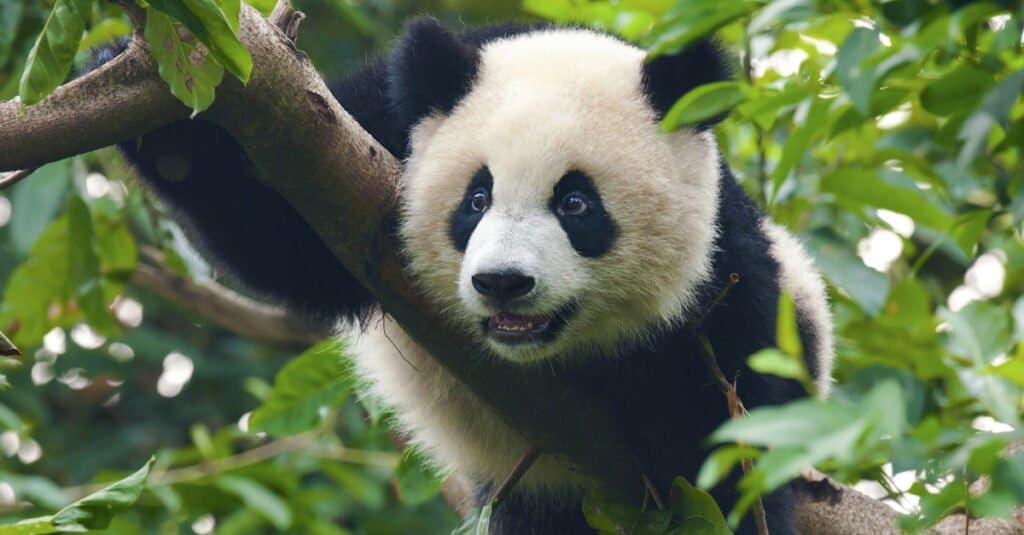
The Giant Panda of China is a global icon and China’s national treasure that has been brought back from being “endangered” and is now listed as “vulnerable,” thanks to strong conservation efforts.
©Hung Chung Chih/Shutterstock.com
The Giant Panda of China is a global icon and China’s national treasure that has been brought back from being “endangered” and is now listed as “vulnerable,” thanks to strong conservation efforts in the country. It is native to the bamboo forests of South Central China. This true bear shares a common ancestor with the family Ursidae but diverged about 1.9 million years ago, making this species a living fossil.
The Asian Elephant is the biggest of the continent’s land-dwelling mammals, although it’s smaller than its African relative. The 3 subspecies are the Indian, Sumatran, and Sri Lankan. Its weight can reach 11,000 lbs, its length can reach 21ft (6.4m) and its height can reach 11.5ft (3.5m). This species is listed as Endangered.
The Asian Black Bear is a medium-sized bear that lives in forests all across the continent. It is listed as Vulnerable on the IUCN Red List.
The tiger is another common global icon for Asia animals. There are 6 surviving tiger subspecies on the continent:
Where To Find The Top Wild Asia Animals
Wild Asia is home to a diverse array of unique and fascinating animals, from the majestic tigers of India to the playful macaques of Japan. Some of the most iconic and endangered species on the planet can be found in this region, making it an important focus for conservation efforts around the world.
The best place to safely look at the most popular wildlife in Asia is a zoo, national park, or other protected area. You can see Giant Pandas in their hometown of Chengdu. The Dujiangyan Panda Base, Gengda Giant Panda Center, and Bifengxia Giant Panda Base are all accessible to tourists.
The best places to see Asian elephants are Parambikulam, India, and Udawalawe, Sri Lanka. If you’re interested in seeing Asian black bears in near-wild conditions, check out the Tat Kuang Si rescue center 30km away from Luang Prabang, especially the Kuang Si Falls from July through October.
Additionally, one of the most famous animals of Wild Asia is the giant panda, which is native to the bamboo forests of China. These adorable bears are known for their distinctive black-and-white coloring and their unique diet of bamboo. Unfortunately, they are also one of the most endangered species in the world, with only around 1,800 individuals remaining in the wild.
Finally, the national parks of India, especially Nagarahole, Ranthambore, Panna, and Kanha are the best places to see Asian tigers.
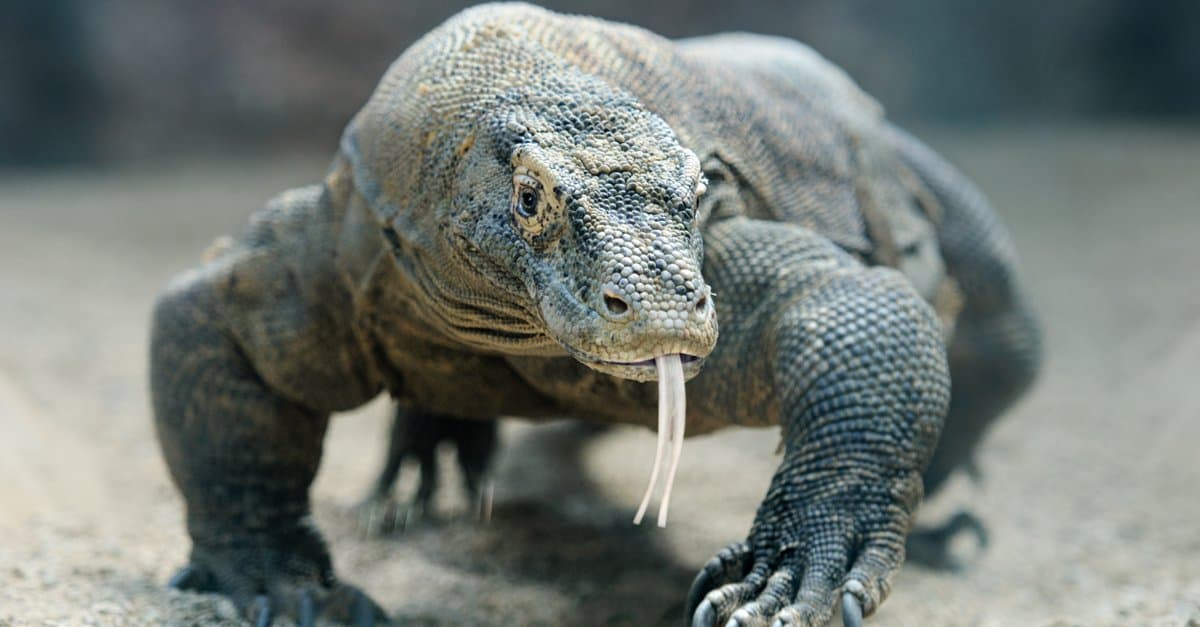
The Komodo dragon is one of the more dangerous Asia animals you may encounter.
©Anna Kucherova/Shutterstock.com
The Most Dangerous Asian Animals

Asian Elephants charge with an average weight of 4 tons, while Indian Rhinoceroses weigh over 4 tons and have a large horn.
©iStock.com/EcoPic
The most dangerous wildlife in Asia attacks humans in unique ways. Asian Elephants charge with an average weight of 4 tons, while Indian Rhinoceroses weigh over 4 tons and have a large horn. Bengal Tigers and Asiatic Lions are heavy and fast and known to eat people. Sloth Bears have curved, powerful claws and unpredictable behavior, being as likely to attack as they are to run away.
Komodo Dragons are the biggest lizards in the world, weighing around 350lbs (160kg) and measuring over 10ft (3m) long. They are Asia animals known for fatally attacking people with bacteria-filled bites. Saltwater Crocodiles ambush their prey on land but have been known to take victims in the open ocean. All of the “big three” deadly sharks are in Asia: The Great White, Tiger, and Bull sharks, and they are common in populated coastal areas.
On the other hand, some of the most dangerous wildlife in Asia Asia animals are not always the biggest animals. King Cobra snakes are the longest snakes in the world, one of the most venomous on the continent, and like other cobras have a deadly neurotoxic venom. It’s considered one of the “big four” snakes alongside Russell’s viper, the saw-scaled viper, and the common krait.
Asian Giant Hornets kill several people in China and Japan every year, its venom of both cytotoxins and neurotoxins causes extreme pain and is fatal in high enough doses. Fattail Scorpions live in the desert regions of India, the Middle East, and North Africa. Their stings contain a powerful neurotoxin that is fast-acting and lethal, with the ability to cause respiratory paralysis and death in a few hours without access to anti-venom.
The Most Rarest Animals In Asia
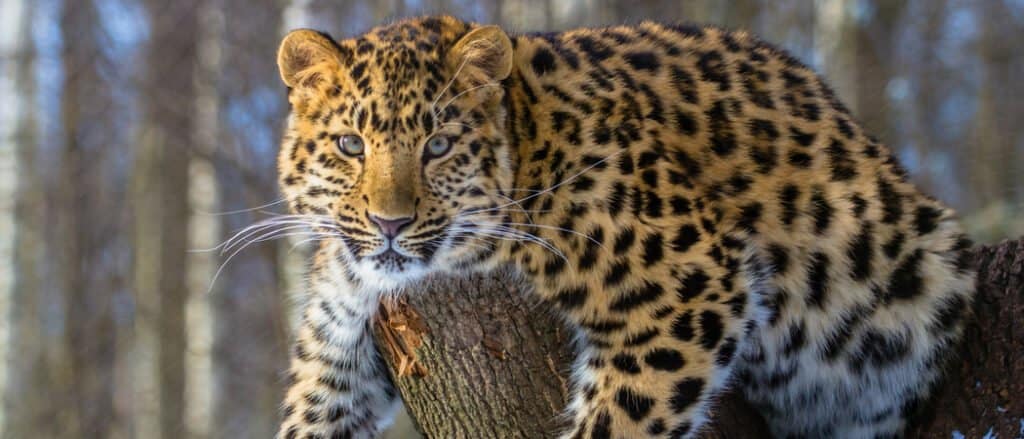
Another incredibly rare animal in Asia is the Amur
leopard
, which is found in the Russian Far East and parts of China.
©Dmitri Gomon/Shutterstock.com
Asia is home to a vast array of unique and fascinating animals, many of which are found nowhere else on Earth. Unfortunately, many of these species are also highly endangered, with small and dwindling populations that make them some of the rarest animals in the world.
One of the rarest animals in Asia is the Saola, which is found in the mountainous regions of Vietnam and Laos. This antelope-like mammal was only discovered by scientists in 1992, and since then, only a few dozen individuals have been spotted in the wild. The Saola is threatened by habitat loss and hunting and is considered one of the most endangered mammals on the planet.
Another incredibly rare animal in Asia is the Amur leopard, which is found in the Russian Far East and parts of China. This beautiful big cat is the rarest leopard subspecies, with only around 100 individuals remaining in the wild. Habitat loss, poaching, and the illegal wildlife trade are all major threats to the Amur leopard, and conservation efforts are focused on protecting its habitat and reducing human-wildlife conflict.
Other rare animals in Asia include the Chinese giant salamander, the Indochinese tiger, and the Philippine eagle. By working to protect these and other rare species in Asia, we can help ensure that these amazing animals are able to thrive and survive for generations to come.
The Largest Animals Found in Asia

A pregnant Asian
Elephant
(Elephas Maximus) feeds on grasses growing in the waters of a tropical lake.
©iStock.com/Lekamalage
Asia is home to a diverse range of animals, including some of the largest and most impressive creatures on the planet. From massive marine mammals to towering land animals, the continent is home to an array of giants that are truly awe-inspiring.
One of the largest animals found in Asia is the elephant, with both the Asian elephant and the larger African elephant species found on the continent. The Asian elephant is slightly smaller than its African counterpart, but can still weigh over 5,000 kilograms (11,000 pounds) and stand over 3 meters (10 feet) tall at the shoulder. These majestic animals are found throughout much of Asia, from India and Sri Lanka to Southeast Asia and China.
Another giant of the Asian continent is the saltwater crocodile, which is the largest living reptile in the world. These fearsome predators can grow up to 6 meters (20 feet) long and weigh over 1,000 kilograms (2,200 pounds) and are found in coastal regions throughout Southeast Asia and northern Australia. Despite their size, saltwater crocodiles are excellent swimmers and are known to venture far out to sea.
Endangered Animals
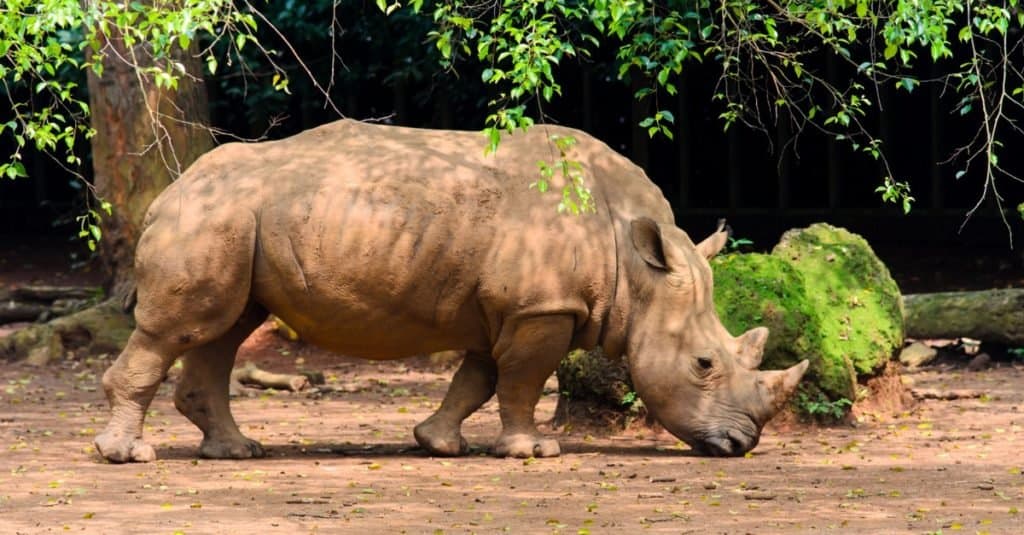
The Sumatran
Rhinoceros
is the smallest and hairiest rhinoceros and is also critically endangered.
©Light And Dark Studio/Shutterstock.com
Wild Asia is home to some of the most iconic and endangered species on the planet.
One of the most endangered animals in Asia is the Sumatran rhinoceros, which is found in parts of Indonesia, Malaysia, and Thailand. These rhinos are the smallest and most primitive of the rhinoceros species, with a distinctive hairy coat and two horns on their snouts.
Unfortunately, they are also one of the rarest mammals in the world, with fewer than 80 individuals remaining in the wild.
Another highly endangered animal in Asia is the Javan rhinoceros, which is found only on the island of Java in Indonesia. Like the Sumatran rhino, they are highly threatened by habitat loss and poaching, with only around 70 individuals remaining in the wild.
Many of the most popular wildlife in Asia are endangered according to the IUCN Red List:
- Sumatran Orangutan
- South China Tiger
- Sunda Pangolin
- Javan Rhinoceros
- Sumatran Tiger
- Wild Bactrian Camel
- Saiga
- White-bellied Heron
- Russian Sturgeon
- Eastern Black-Crested Gibbon
Extinct Animals
Asia is also home to several species that have gone extinct in recent history. Many of these extinctions have been the result of human activities, such as hunting, habitat destruction, and the introduction of non-native species.
One such animal is the Caspian tiger, which was once found in several countries throughout Asia, including Iran, Iraq, and China. This large and powerful tiger was heavily hunted for its fur and for sport, and its habitat was also greatly reduced due to human activities. The last known Caspian tiger died in the 1970s, making it one of the most recent tiger subspecies to go extinct.
Another extinct animal of Asia is the quagga, a subspecies of the plains zebra that was found in South Africa in the 19th century. However, a closely related subspecies of the quagga, the Asiatic wild ass, once roamed the steppes and deserts of Central Asia.
The Asiatic wild ass, also known as the onager, is now listed as a near-threatened species due to hunting and habitat loss. While the quagga is not native to Asia, its extinction serves as a reminder of the impact that humans can have on wildlife populations.
Among the recently extinct wildlife of Asia are three tiger subspecies: Bali, Javan, and Caspian. They became extinct due to hunting, habitat loss, and loss of main prey.
Unique Asian Animals
The Sun Bear, Clouded Leopard, and Draco Lizard are a few examples of unique wildlife in Asia that can’t be found anywhere else. The Sun Bear and Draco Lizard are both native to the tropical forests of southeast Asia, while the Clouded Leopard lives in China, Southeast Asia, and the Himalayan foothills. Sun bears are under threat both directly and indirectly from human activities. One of the major issues they face in the wild is deforestation. ©Molly NZ/Shutterstock.com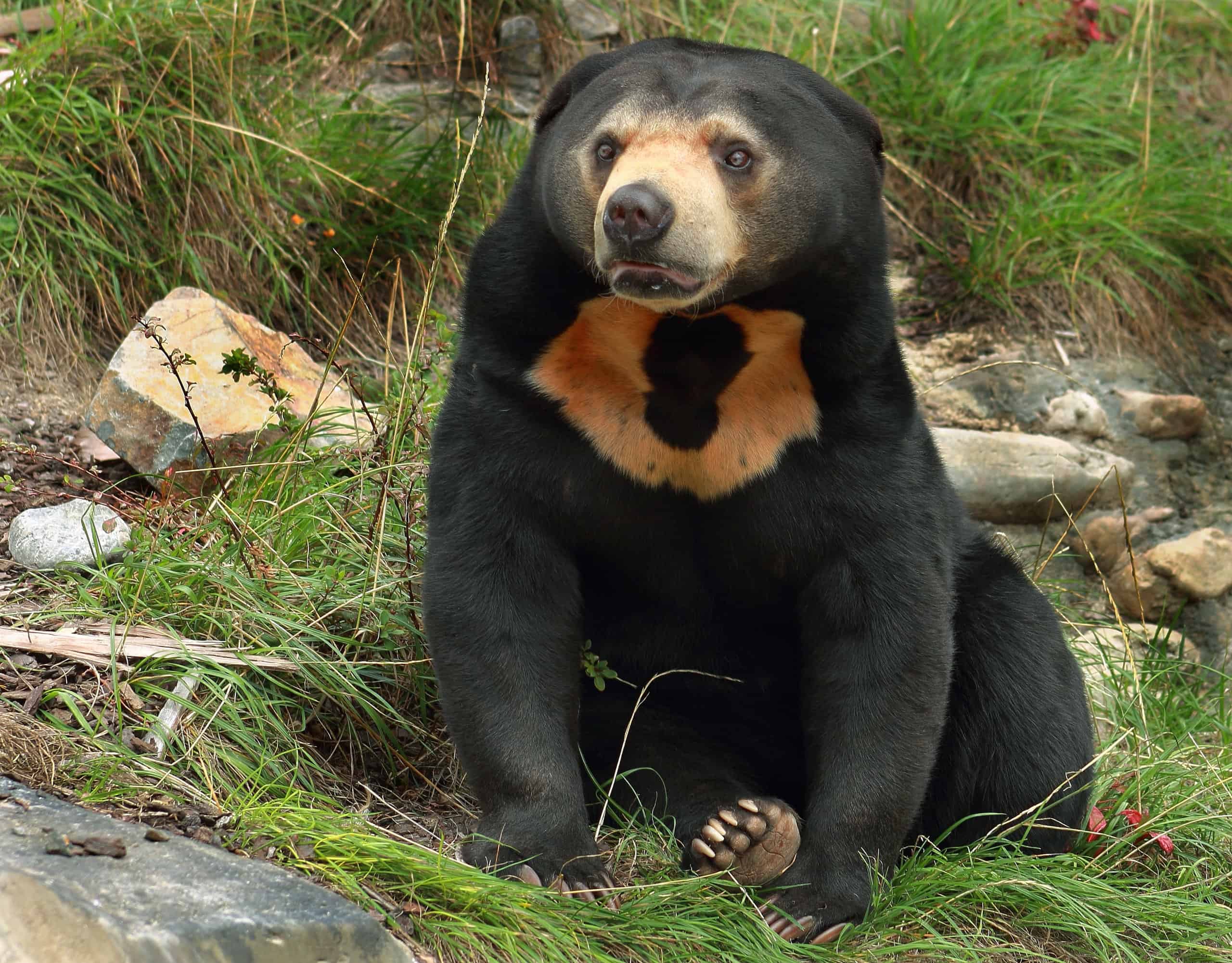
Native Birds
Asia is home to extremely diverse populations of birds. They live in a wide range of habitats throughout the continent.
- Indian Peafowl: No list of Asian birds would be complete without India’s national bird, the peacock. There are two species of peacock in Asia, the green peacock, and the blue peacock. These non-migratory birds live in a range of habitats but are typically found in open forests. They are notorious for venturing into urban and suburban areas.
- Flamingos: From September to March you will find large flocks of flamingos wintering in Sri Lanka. Visit the internationally important Bundala National Park to witness 197 different species of birds, including the flamingo.
- Red-Crowned Cranes: These semi-aquatic birds are the second-rarest cranes in the world. They migrate to East Asia during their spring and summer months, and winter in China, Japan, and the Korean Peninsula. There is one non-migratory population of red-crowned cranes that are found in Hokkaido, Japan. You can see them in Kushiro-Shitsugen National Park.
- Grey-headed Fish Eagle: Found in low-land forests near bodies of water in South-East Asia. Visit Khao Sok National Park in Thailand for a chance to see these birds of prey.
Types of Fish in Asia
You can find many types of fish in Asia’s freshwater habitats like rivers, lakes, and wetlands. There is also a wide variety of marine fish surrounding Asia’s 39,000 miles of coastline.
- Mekong Giant Catfish: One of the largest freshwater fish in the world. They are critically endangered and can only be found in the Mekong Basin in Southeast Asia.
- Taimen Salmon: The largest fish in the Salmonid Family. They can reach lengths of up to 6 feet and weigh over 100 pounds. Mongolia is a very popular destination for taimen fishing. Taimen are only found in freshwater rivers.
- Sri Lankan Dottyback: Saltwater fish native to the coral reefs of Sri Lanka.
- Whale Shark: The largest known species of fish in the world. You can see these endangered sharks off the coasts of Southeast Asia and The Maldives.
Snakes in Asia
Both venomous and non-venomous snakes occupy nearly every habitat across Asia. From rough-scaled sand boas in the sandy, arid regions of Southern Asia, to sunbeam snakes in the forests and gardens of Southeast Asia. One family of snakes, the Asian pipe snakes, is exclusive to Asia. You’ll also find the world’s largest snake exclusively in South and Southeast Asia, the reticulated python.
Out of 600 venomous snake species in the world, over 150 of them are native to Asia. Asia is home to a group of venomous snakes known as “The Big Four”. The Indian cobra, Russell’s viper, common krait, and saw-scaled viper are responsible for the deadliest snake bites in India. Recent discoveries have revealed a fifth venomous snake, the hump-nosed pit viper, also contributes to the most mortality rates.
Asian Countries Animals Lists
Click any of the countries below to see a detailed list of animals located in that country!
- Animals in Afghanistan
- Animals in Bangladesh
- Animals in Bhutan
- Animals in Brunei Darussalam
- Animals in Cambodia
- Animals in China
- Animals in India
- Animals in Indonesia
- Animals in Indonesia (Islands)
- Animals in Indonesia (Java)
- Animals in Indonesia (Southern Borneo)
- Animals in Indonesia (Sulawesi)
- Animals in Iran
- Animals in Iraq
- Animals in Israel
- Animals in Japan
- Animals in Jordan
- Animals in Kuwait
- Animals in Kyrgyzstan
- Animals in Lao People's Democratic Republic
- Animals in Lao Peoples Democratic Republic
- Animals in Lebanon
- Animals in Malaysia
- Animals in Malaysia (Northern Borneo)
- Animals in Mongolia
- Animals in Myanmar
- Animals in Nepal
- Animals in North Korea
- Animals in Oman
- Animals in Pakistan
- Animals in Palestinian Territories
- Animals in Philippines
- Animals in Qatar
- Animals in Saudi Arabia
- Animals in South Korea
- Animals in Sri Lanka
- Animals in Syria
- Animals in Taiwan
- Animals in Tajikistan
- Animals in Thailand
- Animals in Timor-Leste
- Animals in Turkmenistan
- Animals in United Arab Emirates
- Animals in Uzbekistan
- Animals in Vietnam
- Animals in Yemen
Asian Animals

Adélie Penguin
Eats up to 2kg of food per day!
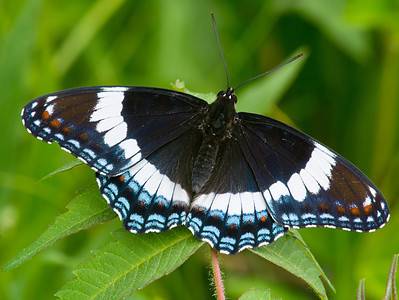
Admiral Butterfly
Stunningly beautiful wings

Afghan Hound
First used as a shepherd and hunter!

Ainu
An innate sense of direction!

Akita
Very clean, intelligent and loyal!
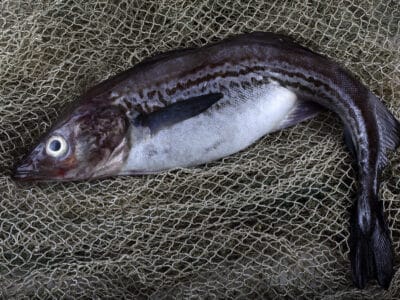
Alaskan Pollock
It's one of the most commonly eaten fish in the world
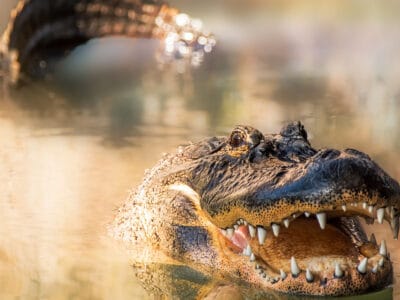
American Alligator
They have two sets of eyelids!
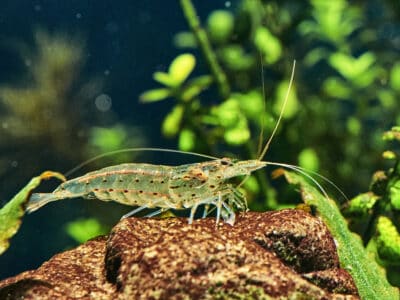
Amano Shrimp
Popular kept in aquariums to keep them clean
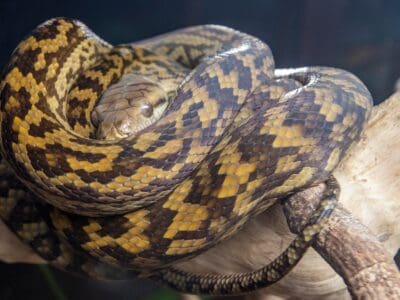
Amethystine Python (Scrub Python)
Their milky-iridescent scales have a purplish hue in the light, reminiscent of the gemstone.

Amur Leopard
The Amur leopard may be the rarest big cat on Earth!

Andrewsarchus
Andrewsarchus is the largest terrestrial mammalian carnivore to have ever lived.
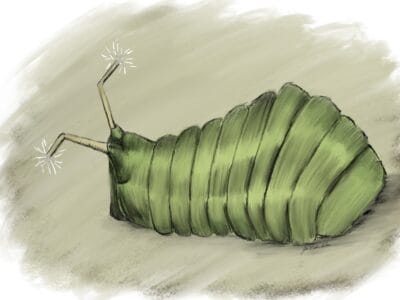
Angled Sunbeam Caterpillar
Create a silk bed that they use to attach themselves to leaves

Angora Goat
Each adult Angora goat produces about 12 inches of mohair annually while kids have about 8 inches.

Ant
First evolved 100 million years ago!
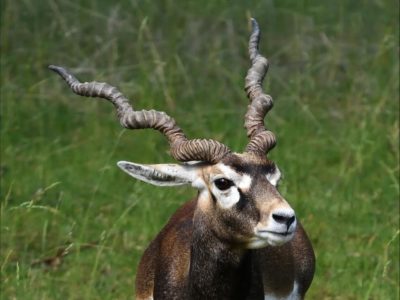
Antelope
Renew their horns every year!

Ape
Love to learn, especially through observation

Arabian Cobra
The Arabian cobra is the only true cobra species that can be found in the Arabian Peninsula.
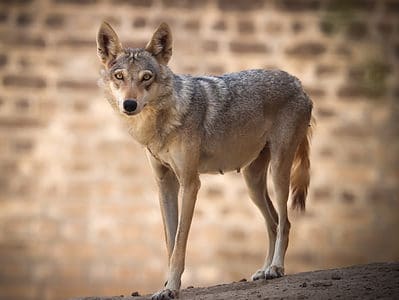
Arabian Wolf
Rare desert wolf

Arafura File Snake
These snakes have rough, file-like skin.
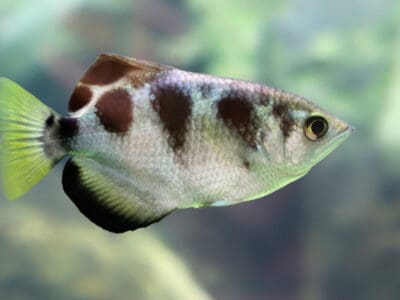
Archerfish
Archerfish can shoot a stream of water up to five feet with amazing accuracy.

Armyworm
They are so named because they "march" in armies of worms from one crop to another in search of food
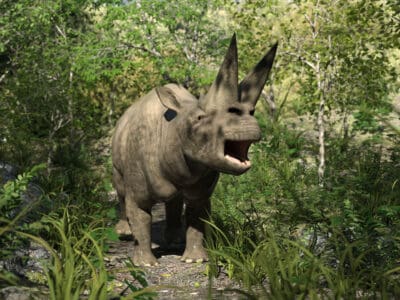
Arsinoitherium
Arsinoitherium was a twin-horned mammal that looked like a rhino but is more closely related to present-day elephants.
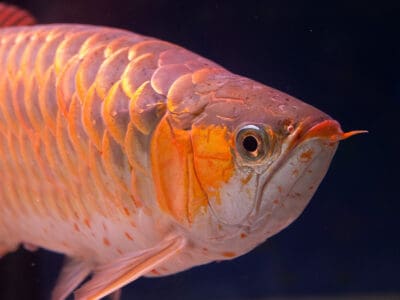
Asian Arowana
The male Asian arowana raises the eggs in its mouth

Asian Cockroach
Originally discovered in Japan
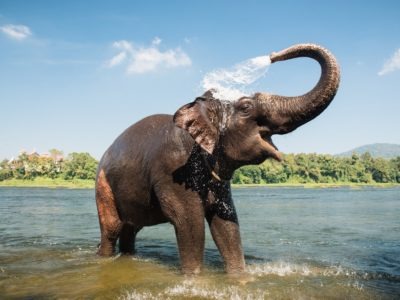
Asian Elephant
Domesticated for hundreds of years!
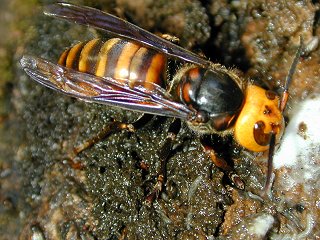
Asian Giant Hornet
The largest wasp in the world!
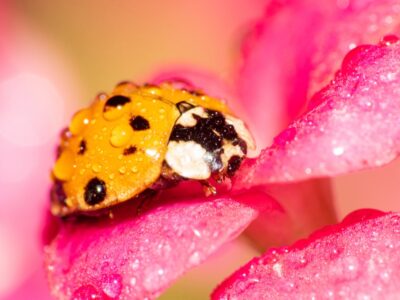
Asian Lady Beetle
Asian lady beetles infest indoor spaces, but they do not reproduce indoors.

Asian Longhorn Beetle
Their entire life cycle from larvae to beetle usually takes around 2 years in Asia. However, it may take longer in areas where they are an invasive species, like the UK and USA
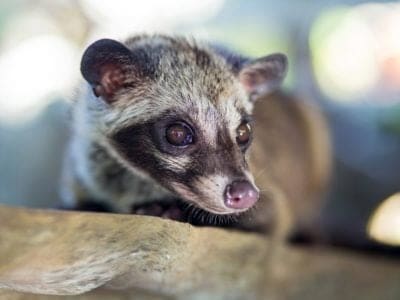
Asian Palm Civet
It mainly eats mangos and coffee!
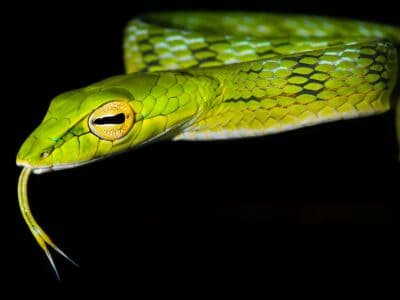
Asian Vine Snake
This snake chews on its victims to release venom.
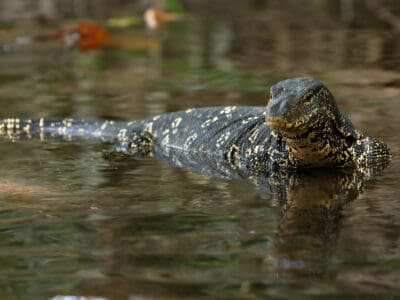
Asian Water Monitor
The Asian water monitor is the second heaviest lizard in the world!

Asiatic Black Bear
Known to eat 160 different tree-borne fruits in Thailand!
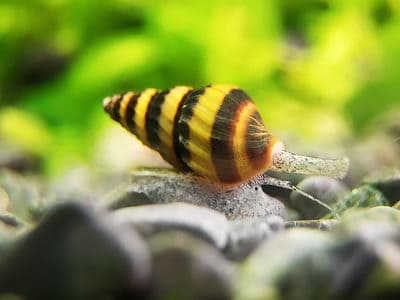
Assassin Snail
The snail-eating snail.
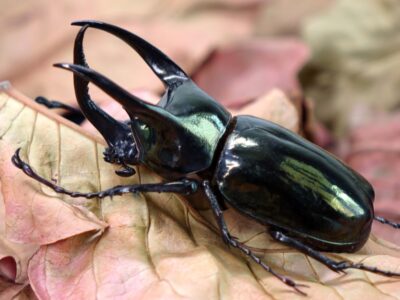
Atlas Beetle
Male Atlas beetles have prominent horns that are three times that of females.
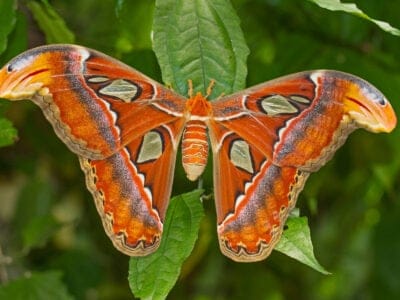
Atlas Moth
Adult atlas moths do not eat - they live off fat they stored as larvae.
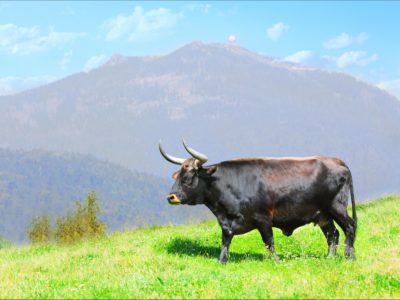
Aurochs
Extinct ancestor of all domesticated cattle!
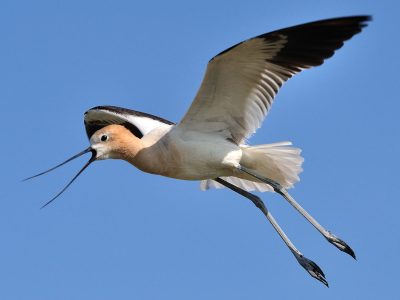
Avocet
Has a curved, upturned beak!
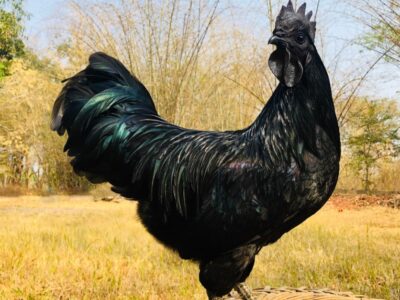
Ayam Cemani
They were used for sacrificial purposes
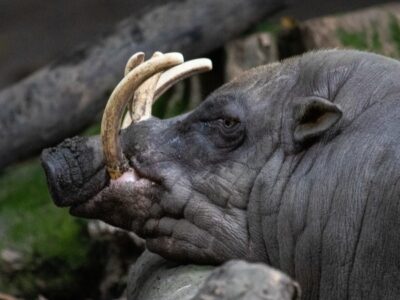
Babirusa
The babirusa is the only mammal with vertically growing canine teeth!
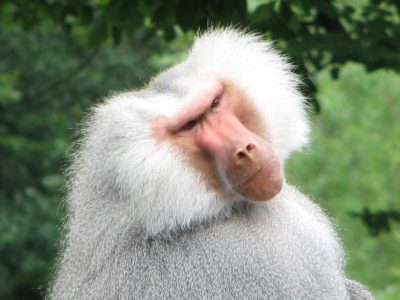
Baboon
Can travel more than four miles a day!
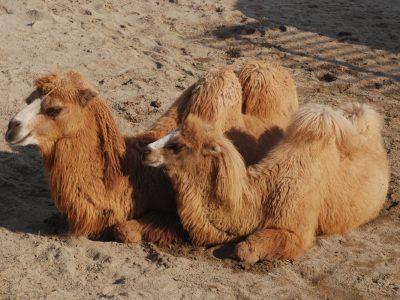
Bactrian Camel
The camel with two humps!
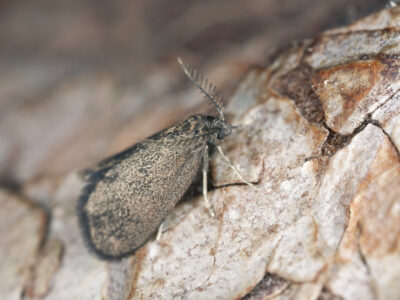
Bagworm Moth
There are approximately 1350 species in the bagworm moth family (Psychidae), which forms part of the order Lepidoptera.

Bagworm Moth Caterpillar
They continually enlarge their protective cases
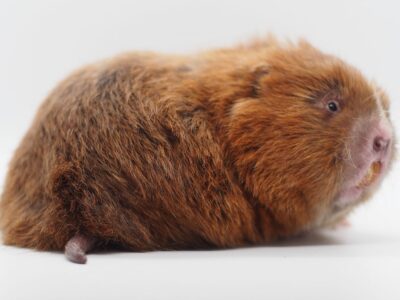
Bamboo Rat
They make a "boop, boop, boop" sound when danger draws near their burrow.
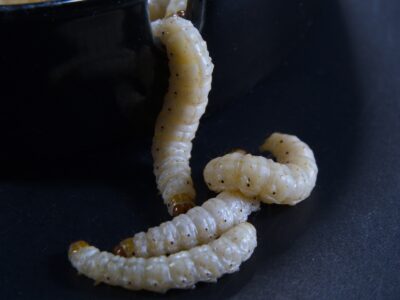
Bamboo Worms
Bamboo worms are the larvae of moths that are eaten as a delicious snack in some parts of Asia.
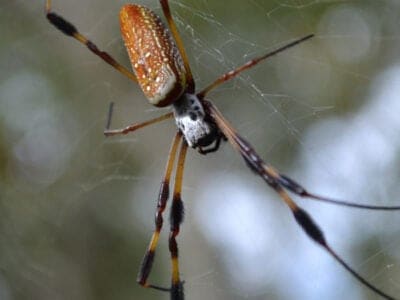
Banana Spider
People spin clothing and fishing nets out of these spiders’ silk.
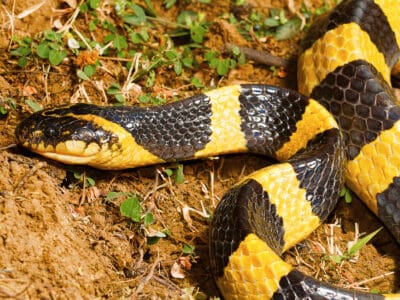
Banded Krait
What often prevents more people from falling victim is that the banded krait does not always inject venom in a defensive bite. It saves the venom for hunting prey instead.
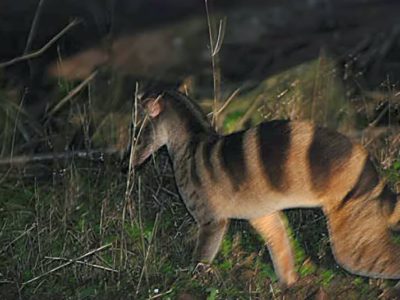
Banded Palm Civet
Markings give it camouflage!
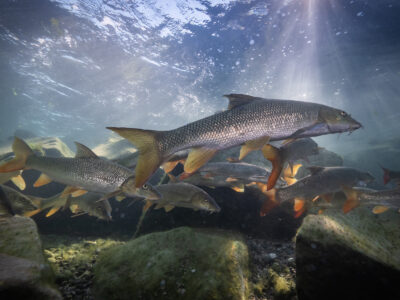
Barb
There are over 1768 known species!
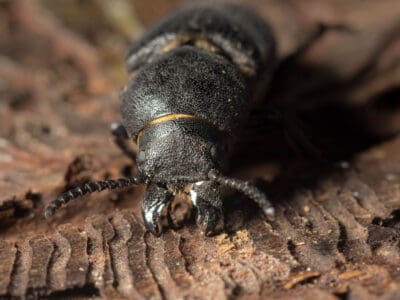
Bark Beetle
Not all bark beetles feed on a tree's bark. Some species feed on fruits, seeds, and other parts of the plant

Barn Owl
Found everywhere around the world!

Barn Swallow
Older offspring help care for new hatchlings.
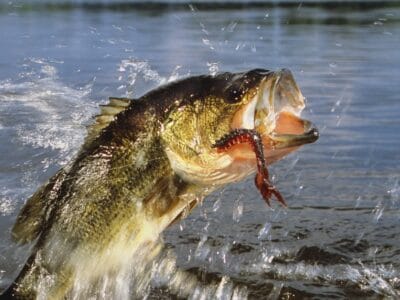
Bass
Prized by sport fishers for their size and strength

Bat
Detects prey using echolocation!
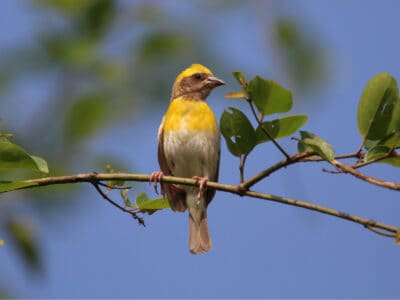
Baya
The baya constructs a massive nest out of plant fibers

Bear
There are 8 different species!
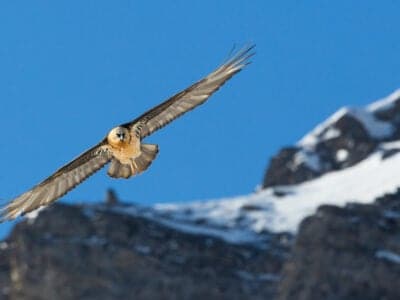
Bearded Vulture
These birds eat a diet of bones
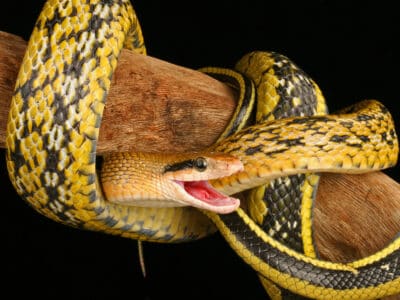
Beauty rat snake
Beauty Rat Snakes are relatively harmless if left undisturbed, only attempting to bite out of fear.

Bed Bugs
Bed bugs feed for 4-12 minutes.

Bee
Rock paintings of bees date back 15,000 years
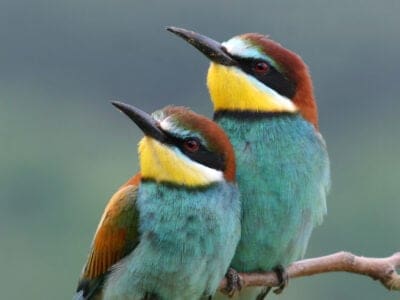
Bee-Eater
They roll around in dirt to prevent external parasites

Beetle
There are more than 350,000 different species

Beewolf wasp
They hunt bees
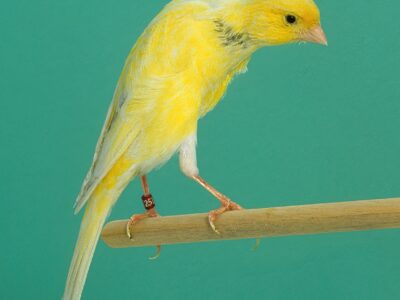
Belgian Canary
The Belgian canary is one of the oldest and most influential in its genus.
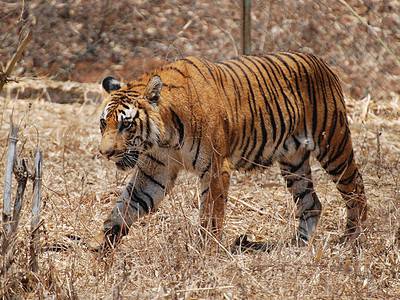
Bengal Tiger
The most numerous species of tiger!
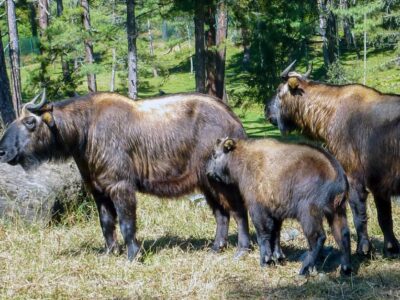
Bhutan Takin
Live in bamboo forests 15,000 feet above sea level
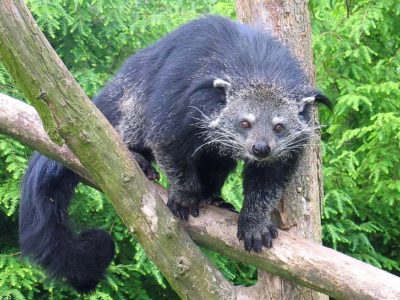
Binturong
Also known as the Asian Bearcat!

Bird
Not all birds are able to fly!

Bird Of Paradise
There are around 50 different species!

Birman
A blue-eyed beauty!

Biscuit Beetle
The biscuit beetle form a symbiotic relationship with yeast
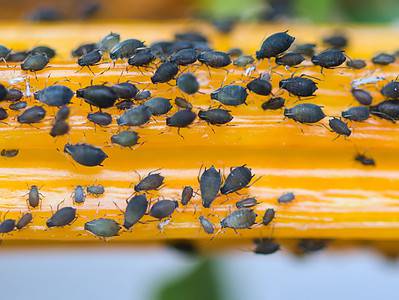
Black Aphids
One of the most destructive pests in the world
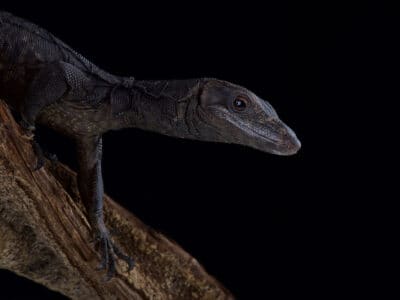
Black Dragon Lizard
Their black color is due to a genetic mutation!

Black Widow Spider
They typically prey on insects!
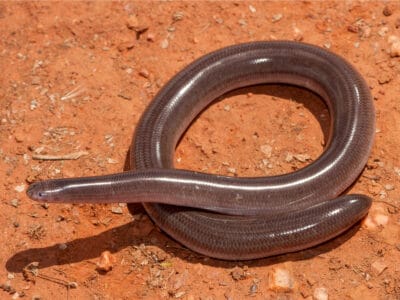
Blind Snake
The blind snake is often mistaken for a worm.

Blood Python
Blood pythons are so called because of the blood red markings on their skin.
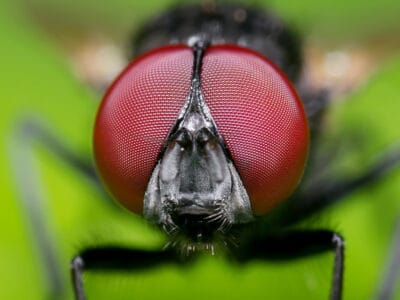
Blowfly
Can smell rotting carcasses up to one mile away
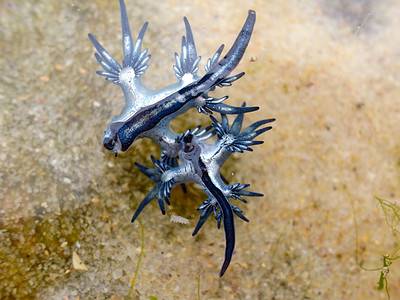
Blue Dragon Sea Slug
They inflict a painful, venomous sting

Blue Tit
The blue tit can hang upside down from branches
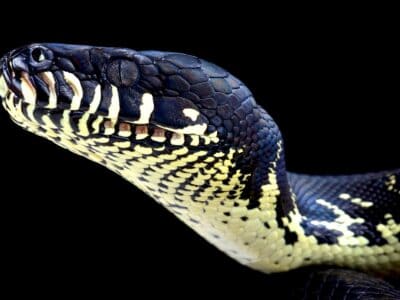
Boelen’s python
A single hatchling can go for over $5,000 as a pet.

Bombardier Beetle
Spray a noxious solution from their abdomens
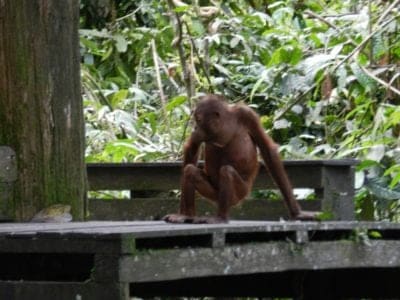
Bornean Orangutan
Known to use large leaves as umbrellas!
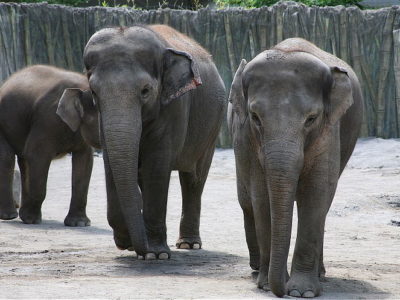
Borneo Elephant
The smallest species of elephant!

Box Jellyfish
Venomous marine animals
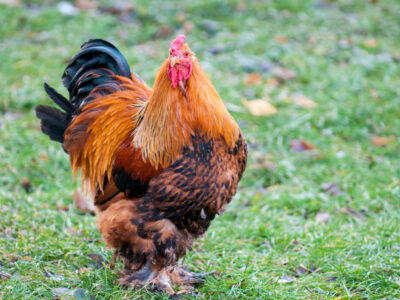
Brahma Chicken
Brahma chickens are huge and friendly, but one reportedly killed a man in Ireland!
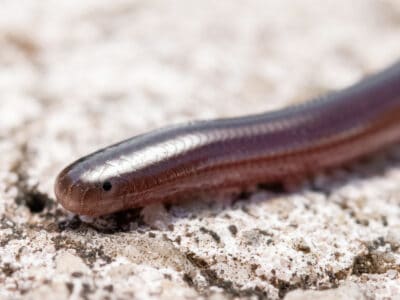
Brahminy Blindsnake
These snakes have been introduced to all continents, except Antarctica!
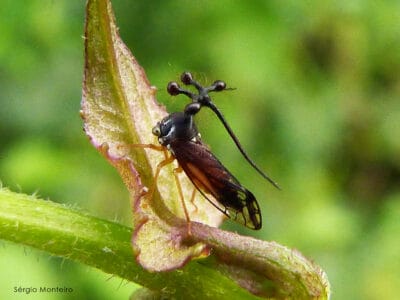
Brazilian Treehopper
“Mild-Mannered Minimonsters”
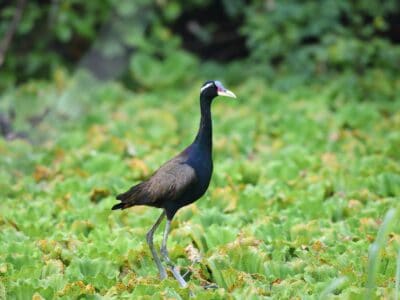
Bronze-winged Jacana
Fathers pick up their young and carry them under their wings
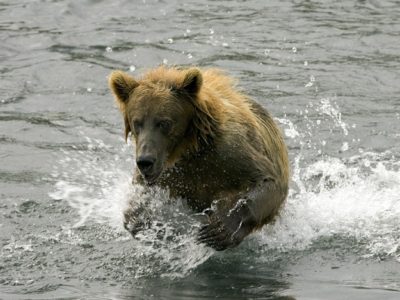
Brown Bear
A dominant predator in it's environment!

Brown Dog Tick
Can live its entire life indoors

Brown Tree Snake
People have reported seeing these snakes in Texas, Oklahoma, and Hawaii, but this has never been proven!

Bumblebee
The most common species of bee!

Burmese
Adoring, elegant and affectionate!

Burmese Python
These snakes can swallow their prey as whole.

Butterfly
There are thought to be up 17,500 species!
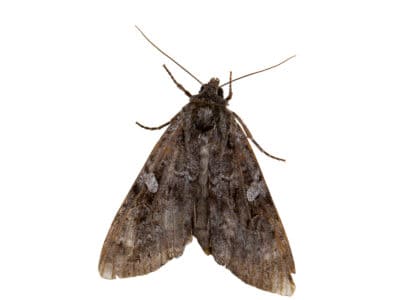
Cabbage Moth
Cabbage moths are named after the vegetable they find the tastiest.

Caecilian
Some species' babies use their hooked or scraper-like teeth to peel off and eat their mother's skin

Camel
Can survive without water for 10 months!
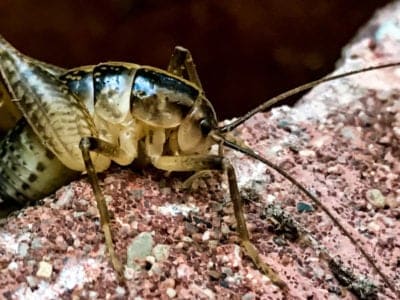
Camel Cricket
The camel crickets that are found in the USA are light brown in color. They also have dark streaks all over their body.
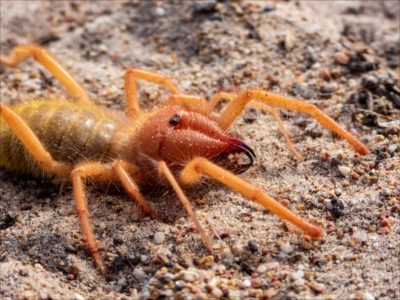
Camel Spider
Fast, carnivorous arachnid with a painful bite.

Canaan Dog
Has a strong survival instinct!
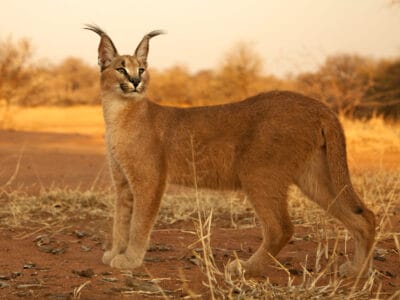
Caracal
Has 20 different muscles in it's ears!

Carp
The carp is one of the most popular pond fishes in the world

Carpenter Ant
Carpenter ants can lift up to seven times their own weight with their teeth!

Carpet Beetle
Carpet beetles eat different animal and plant-based products, depending on what stage of their lifecycle they are in; these foods include pollen, flour, wool, and fur.

Carpet Viper
The Carpet Viper probably bites and kills more people than any other species of snake.
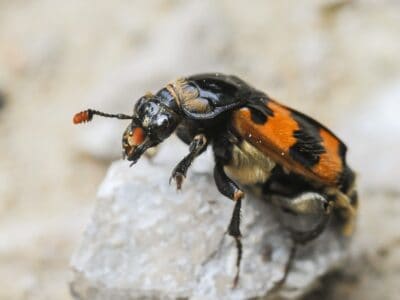
Carrion Beetle
Carrion beetles' diets depend on the specie. Some eat decaying carcasses, while others scavenge in decaying plant matter and dung.
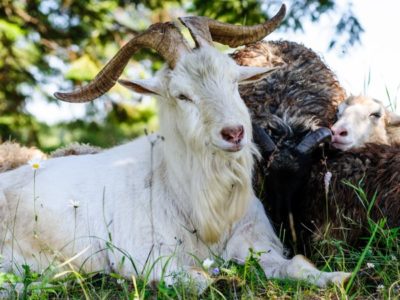
Cashmere Goat
Cashmere goat are named after Kashmir regions of India and Pakistan

Cat
May have been domesticated up to 10,000 years ago.
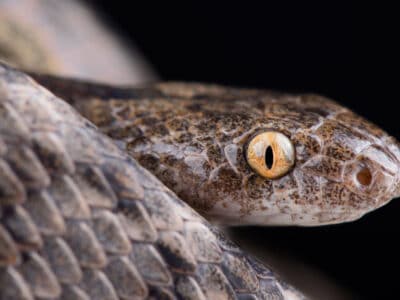
Cat Snake
Some cat snakes have a prehensile tail that helps them climb into trees.

Caterpillar
The larvae of a moth or butterfly!

Catfish
There are nearly 3,000 different species!

Cave Lion
Unlike modern lions, cave lions didn't have a significant mane.

Centipede
There are about 3,000 documented species!

Cervalces latifrons (Broad-Fronted Moose)
Cervalces latifrons are the largest species of deer that ever existed.
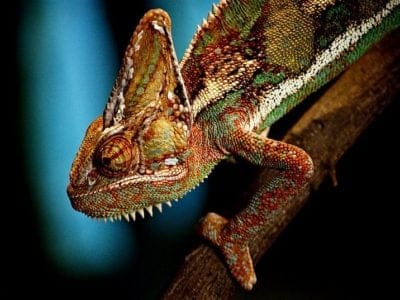
Chameleon
There are more than 160 different species!

Cheetah
The fastest land mammal in the world!

Chicken
First domesticated more than 10,000 years ago!
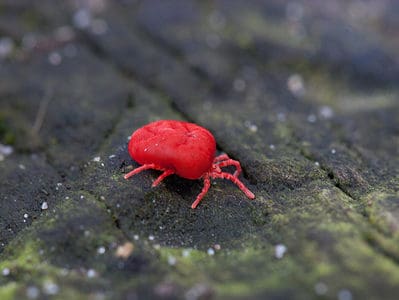
Chigger
Surviving on the skin cells of humans and animals
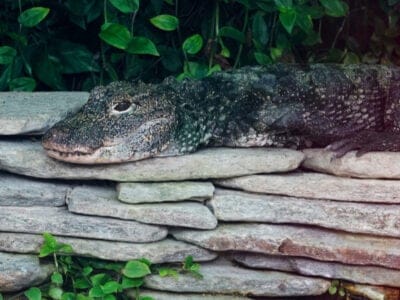
Chinese Alligator
Unlike other alligators, the Chinese alligator is armored all over, even on its belly.
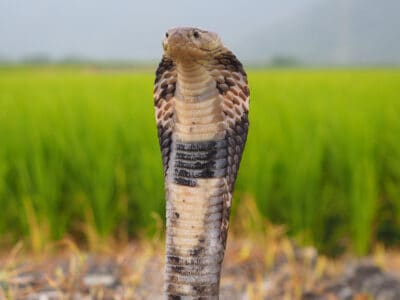
Chinese Cobra
Juvenile Chinese cobras have the ability to start hunting almost from the moment they hatch from the eggs.

Chinese Crested Dog
A hairless breed of dog!

Chinese Geese
They are excellent “guard geese”

Chinese Paddlefish
The Chinese paddlefish is one the largest freshwater fish in the world

Chinese Shar-Pei
These dogs have blue and black tongues!

Chinese Water Deer
They usually have 2-3 young at a time but can have up to 7!

Chow Chow
Loyal and affectionate to it's family!

Chromodoris Willani
Their skin is toxic
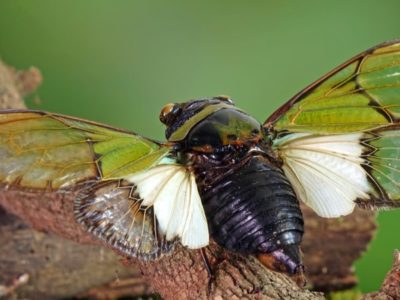
Cicada
Cicadas have one of the longest insect lifespans
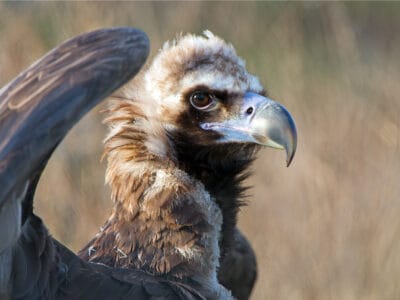
Cinereous Vulture
This vulture can fly at great heights. At least one was found a few thousand feet from the top of Mount Everest.
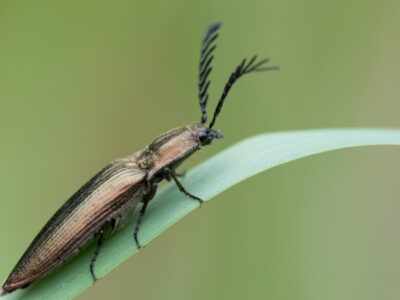
Click Beetle
Click beetles are named for the clicking noise they make to escape predators.

Clock Spider
Males make a rhythmic thrumming like a clock
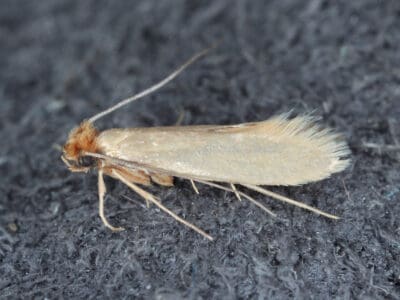
Clothes Moth
Clothes Moths can remain in the larvae stage for up to 2 years, but adults only live 10 days.

Clouded Leopard
Has canines that can be two inches long!

Cobalt Blue Tarantula
Cobalt blue tarantulas spend most of their time in self-dug burrows and only emerge when it's time to eat
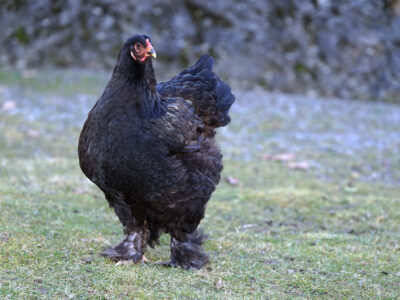
Cochin Chicken
Cochin chickens gifted to Queen Victoria started a craze that lasted more than a decade!

Cockatoo
Highly social, smart, and chatty bird.

Cockroach
Dated to be around 300 million years old!
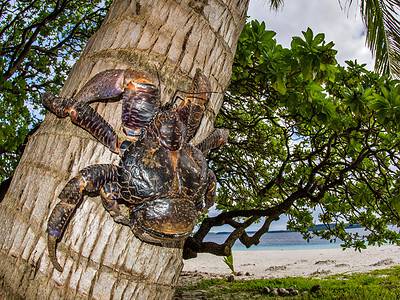
Coconut Crab
The largest terrestrial arthropod in the world

Codling Moth
Pupae are able to undergo diapause to survive poor fruit yield years and winter.
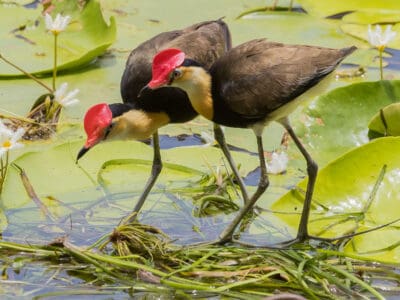
Comb-crested Jacana
They are busy foragers, always on the move

Common Buzzard
The most common raptor in the UK!
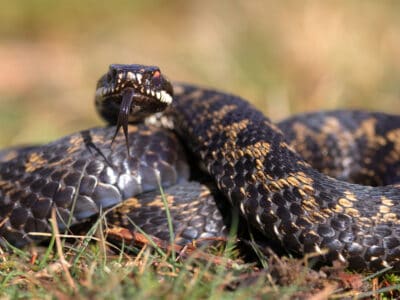
Common European Adder
European adders are the only snake that lives above the Arctic Circle.

Common Furniture Beetle
The common furniture beetle feeds exclusively on wood

Common Green Magpie
Magpies are aggressive when threatened, often “dive-bombing” at intruders

Common House Spider
House spiders have the ability to eat most insects in a home.

Common Raven
A group of ravens is called an unkindness or a conspiracy.

Common Spotted Cuscus
Has a long, strong prehensile tail!
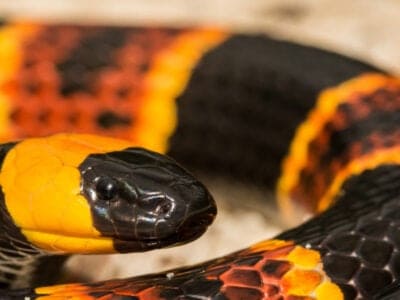
Coral Snake
There are over 80 species of coral snake worldwide.
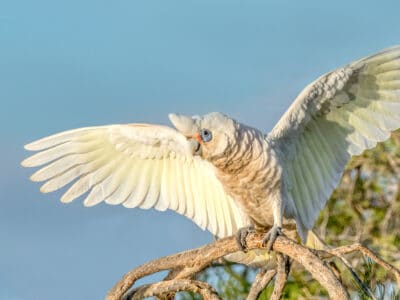
Corella
Corella birds are noisy, especially during the early morning or late evening.

Cormorant
They can fly 35 mph and dive 150 feet below water.

Coryphodon
The Coryphodono looked like a fancy rhinocerous, but it was more related to elephants
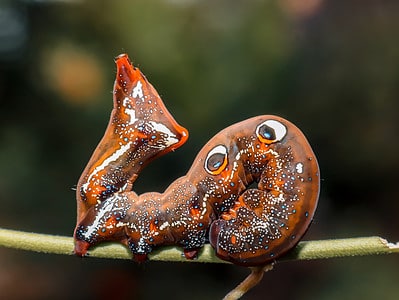
Cosmic Caterpillar
Cosmic caterpillars have spots on their back that look like eyes to scare off predators.

Cow
There are nearly 1.5 billion worldwide!

Cow Reticulated Python
Cow reticulated pythons hatch solid white, then develop spots as they mature.

Crab
There are 93 different crab groups
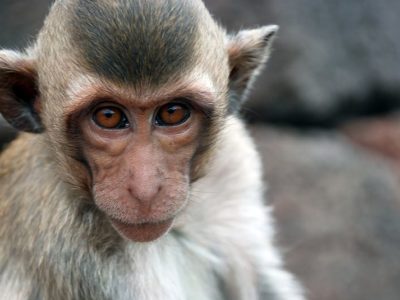
Crab-Eating Macaque
Found throughout the South-East Asian jungles!

Crab Spider
Crab Spiders can mimic ants or bird droppings
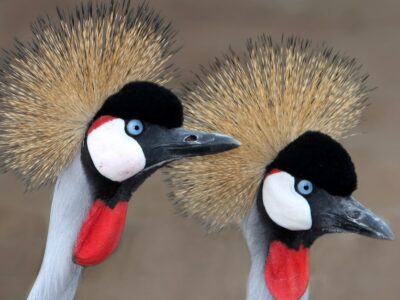
Crane
Many are critically endangered species!
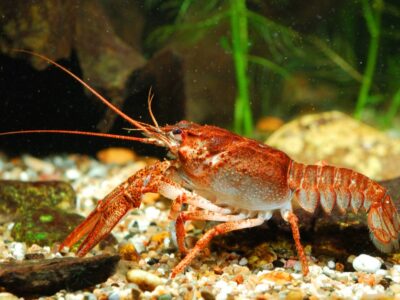
Crayfish
Female crayfish aren't that maternal; they have to secrete a form of pheromone, referred to as maternal pheromones, that encourages them to take care of their offspring and prevents them from eating their young.

Cricket
Male crickets can produce sounds by rubbing their wings together
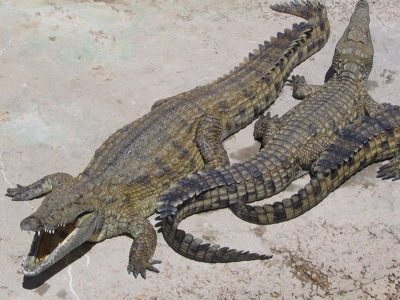
Crocodile
Have changed little in 200 million years!
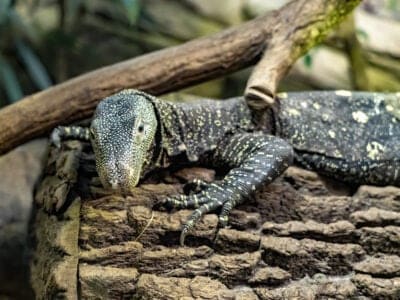
Crocodile Monitor
Its tail is twice the length of its body.

Crocodylomorph
Crocodylomorphs include extinct ancient species as well as 26 living species today.

Crow
A group of these birds is called a Murder.
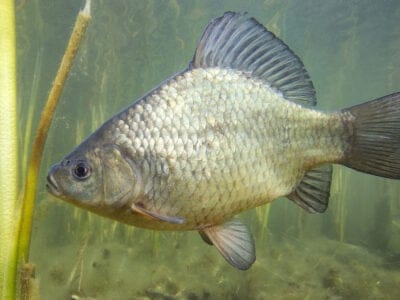
Crucian Carp
Can survive drought by burying itself in mud.
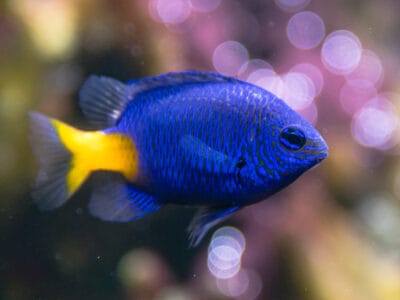
Damselfish
Damselfish belong to the family Pomacentridae
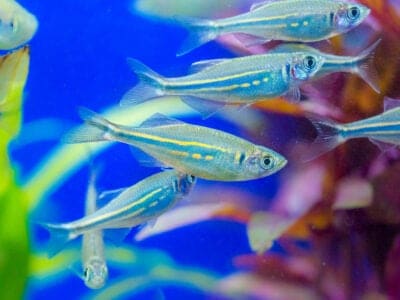
Danios
These fish make a popular choice for aquarium hobbyists due to their hardy nature.
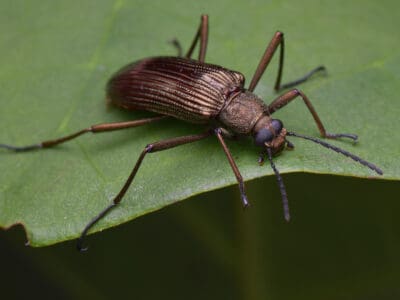
Darkling Beetle
Darkling Beetles have segmented antennae. Each one is divided into eleven segments.

Deer
There are around 40 different species!

Deinocheirus
Despite being bipedal, Deinocheirus had a large forearm
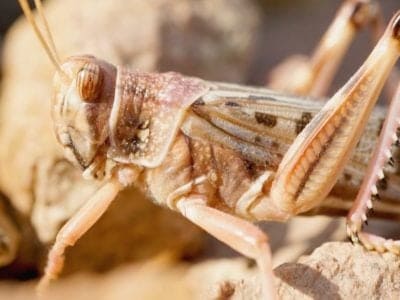
Desert Locust
Solitary locusts are grey while gregarious locusts are yellow with stripes.

Desert Wolf
These tiny wolves prefer to cohabitate in pairs or groups of three (generally two males and a female).

Desmostylus
Desmostylus has no living descendant.
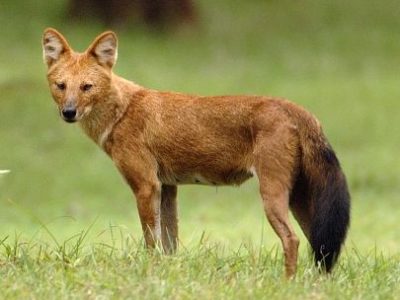
Dhole
Only 2,000 left in the wild!

Dinocrocuta
Dinocrucuta had very strong jaws capable of crushing bones.
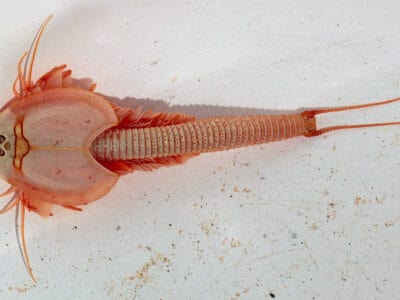
Dinosaur Shrimp
These "shrimp" evolved to survive very harsh climates, which is one reason they have been able to live so long.
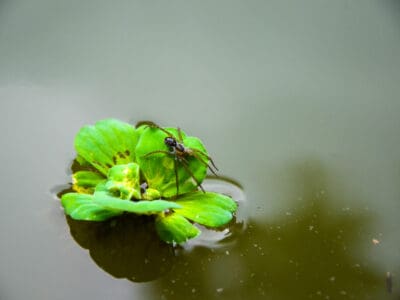
Diving Bell Spider (Water Spider)
Diving bell spiders can breathe underwater using an air bubble on their abdomen
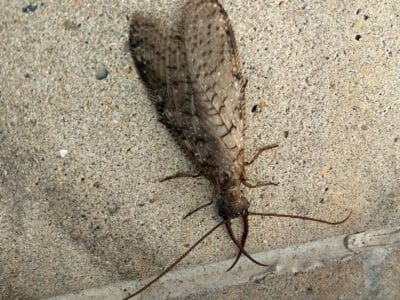
Dobsonfly
The dobsonfly spends up three years as a larva, and only a week as an adult.

Dog
First domesticated in South-East Asia!

Dog Tick
Dog ticks feed on dogs and other mammals

Donkey
First domesticated 5,000 years ago!

Douc
When these monkeys want to mate, they wiggle their eyebrows.
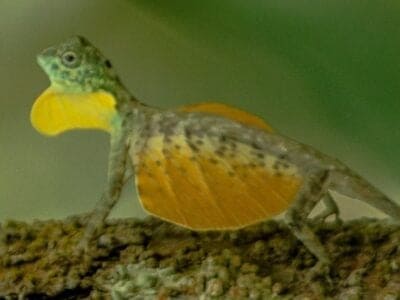
Draco Volans Lizard
Beneath the lizard’s “wings” are a pair of enlarged ribs for support.
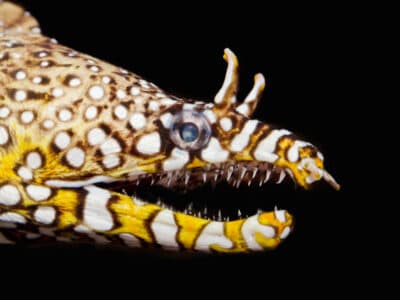
Dragon Eel
Dragon eels have double jaws and two sets of razor-sharp teeth
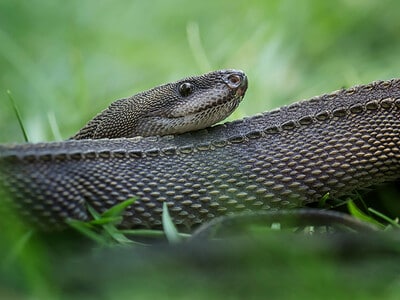
Dragon Snake (Javan Tubercle Snake, Javan Mudsnake)
Sport three rows of raised dorsal scales

Dragonfly
It's larvae are carnivorous!

Dried Fruit Moth
In the event of adverse environmental conditions, dried fruit moth larvae will become dormant and stop developing.

Duck
Rows of tiny plates line their teeth!

Dung Beetle
The dung beetle can push objects many times its own weight

Dunnock
Both male and female dunnocks can have multiple mates every breeding season

Dusky Shark
The Dusky Shark sometimes eats trash discarded by humans.
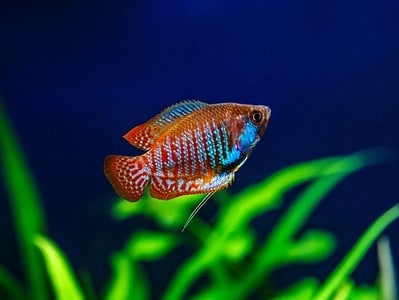
Dwarf Gourami
Dwarf gourami can live for over four years with proper care.

Dwarf Hamster
dwarf hamsters love to explore at night.

Eagle
Has exceptional eyesight!

Eared Grebe
The most populous grebe in the world
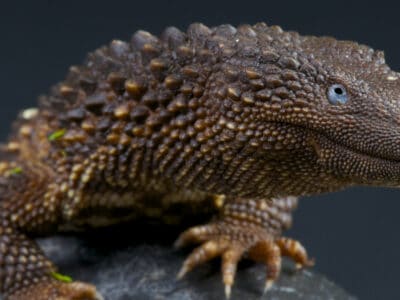
Earless Monitor Lizard
These lizards can practically shut down their metabolism and appear comatose for long periods.

Earthworm
They are hermaphrodites, which means they have male and female organs

Earwig
There are nearly 2,000 different species!

Eel
Eels can be a mere few inches long to 13 feet!
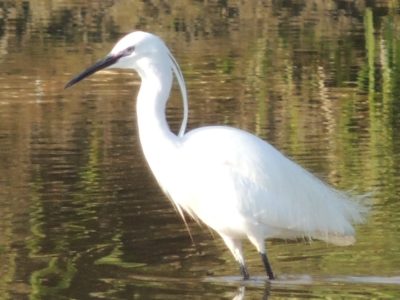
Egret
Most species are relatively vocal, making harsh croaking sounds and squeals.

Egyptian Tortoise
The Egyptian tortoise is one of the smallest tortoise species in the world.
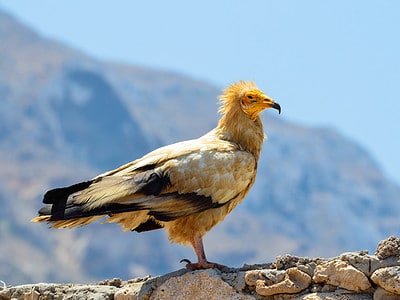
Egyptian Vulture
They steal large ostrich eggs and use rocks and pebbles to crack the shells.
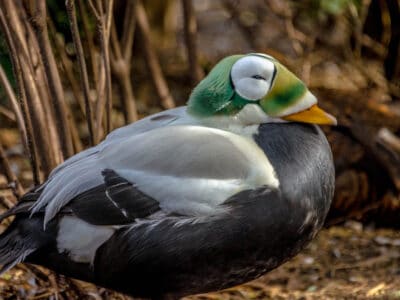
Eider
Eiders are sexually dimorphic, with males being larger and more colorful.

Elasmotherium
Elasmotherium might have had a monstrous horn, giving it the name "The Siberian Unicorn."
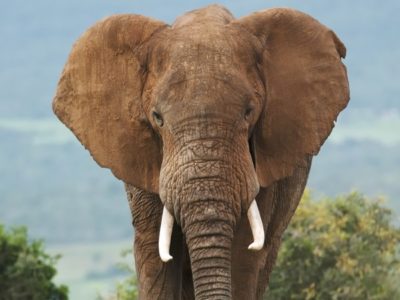
Elephant
Spends around 22 hours a day eating!
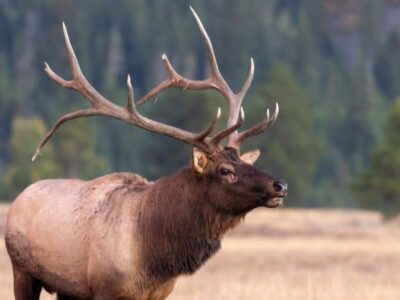
Elk
Adult males can jump eight feet vertically
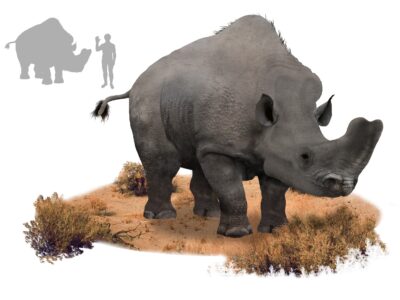
Embolotherium
Embolotherium had a ram on its snout like a rhino but they never used it as a weapon.

Emerald Tree Monitor
They lay their eggs in termite nests!
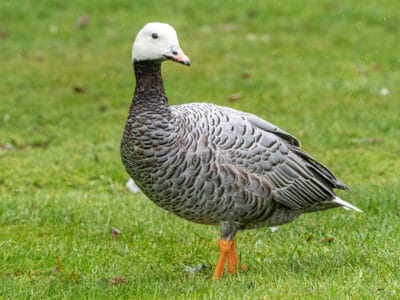
Emperor Goose
Their calls sound like a nasally “kla-ha, kla-ha, kla-ha.”
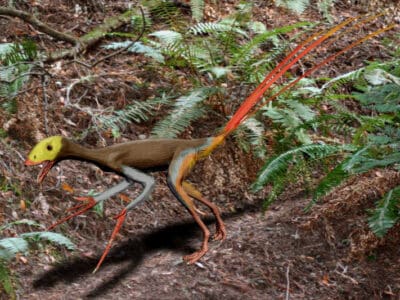
Epidexipteryx
Epidexipteryx was one of the smallest non-avian dinosaurs to ever exist.
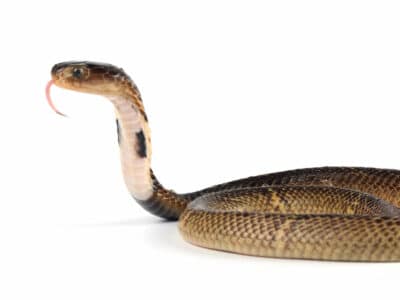
Equatorial Spitting Cobra
Its hood is actually made of many elongated ribs.

Ermine
A very bold and ferocious predator!
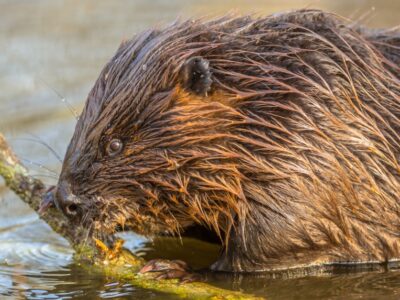
Eurasian Beaver
Eats 20% of its weight daily!
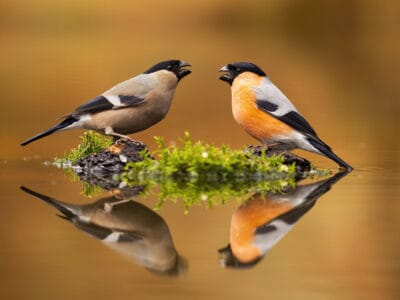
Eurasian Bullfinch
The shy eurasian bullfinch prefers to forage very close to cover.

Eurasian Collared Dove
The Eurasian collared dove has been extensively studied due to its amazing ability to rapidly colonize new territories.
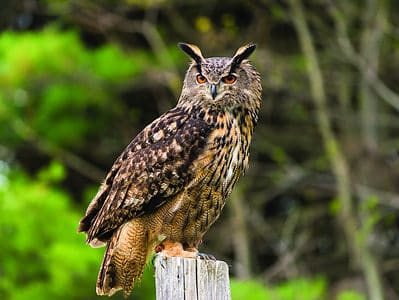
Eurasian Eagle-owl
The Eurasian Eagle-owl is the second largest owl in the world with a wingspan up to six feet!
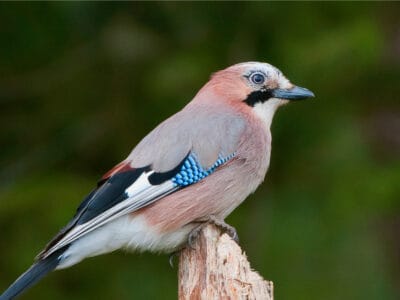
Eurasian Jay
The Eurasian jay has the ability to mimic other sounds
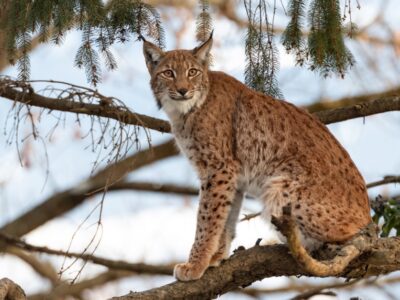
Eurasian Lynx
Eurasian lynxes can survive extreme weather up to elevations of 18,000 feet
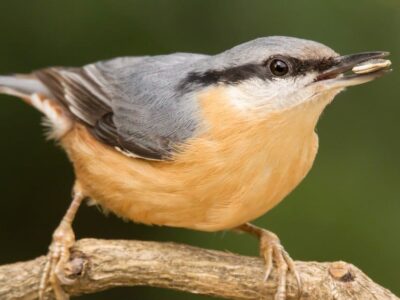
Eurasian Nuthatch
Its song has been compared to a toy horn.

Eurasian Sparrowhawk
Females are typically 25% larger than males.
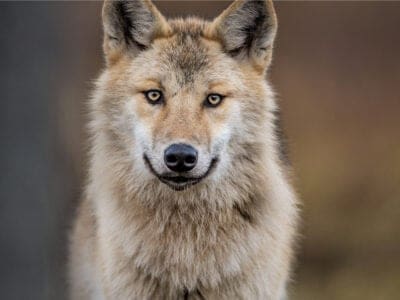
Eurasian Wolf
Coloring depends on location.

European Bee-Eater
They can eat up to 250 bees per day!
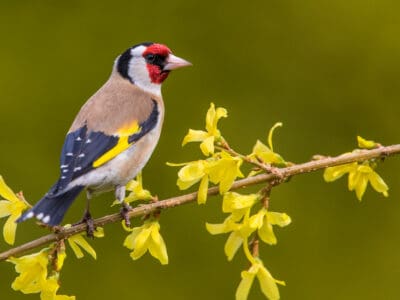
European Goldfinch
They are frequent visitors to backyard feeders, especially those containing niger seeds.

European Robin
Male robins are so aggressive and territorial that they will attack their own reflections.

Falcon
The fastest creatures on the planet!

Fallow deer
The fallow deer has more variation in its coat colors than most other deer.
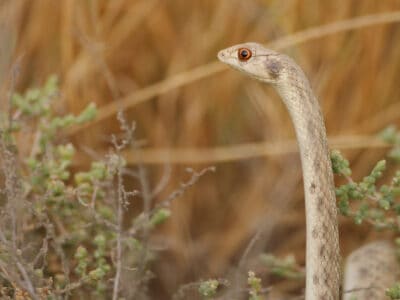
False Cobra
When it feels threatened, it mimics a cobra in an attempt to dissuade a potential attacker.

False Widow Spider
False spiders actually prey on black widow spiders and other hazardous spiders

Fancy Mouse
Fancy mice are beloved pets with a history of domestication spanning thousands of years!
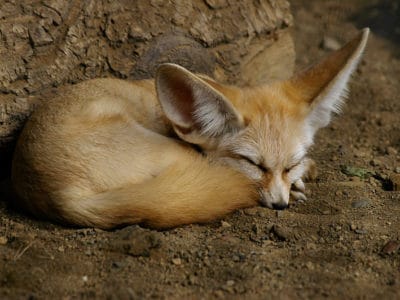
Fennec Fox
Found in the African Sahara Desert!

Fiddler Crab
The fiddler crab gets its name from the motion the males make with their over-sized claw during the mating ritual.
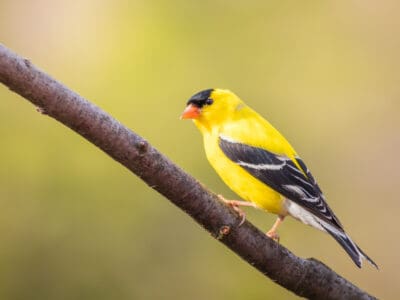
Finch
Finches have strong, conical bills that help them break open tough seeds that many other birds cannot.
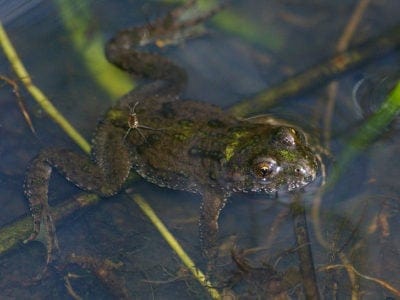
Fire-Bellied Toad
Found across mainland Europe and Asia!
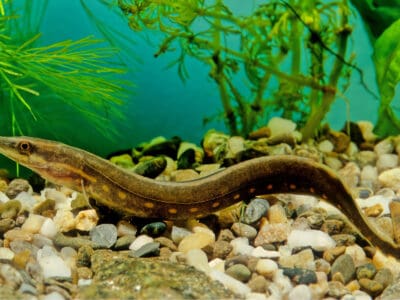
Fire Eel
Fire Eels are not true eels.

Firefly
The firefly produces some of the most efficient light in the world

Fishing Cat
Scoops fish out of the water using it's paw!
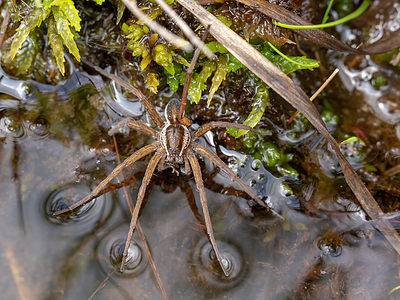
Fishing Spiders
Fishing spiders have hydrophobic hair on their skin that allows them to survive on water

Flamingo
Sleeps on just one leg!

Flea
Adult fleas can jump up to 7 inches in the air
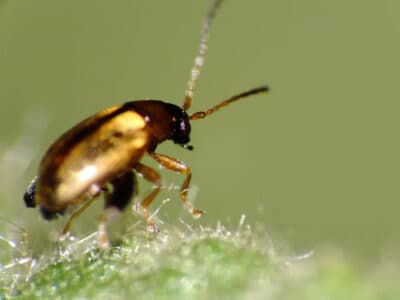
Flea Beetle
Flea beetles can jump like fleas when threatened.
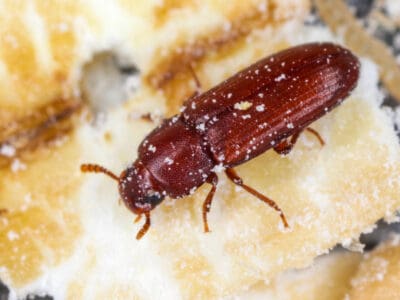
Flour Beetle
Flour beetles are adapted to survive in very dry environments.

Flowerhorn Fish
The Flowerhorn fish is an artificial species; it does not exist naturally

Fly
There are more than 240,000 different species!

Flycatcher
Most of the hundreds of varieties of flycatchers belong to the Tyrannidae and Muscicapidae families!
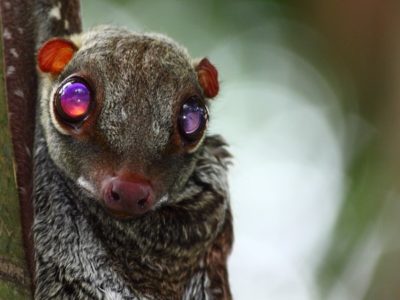
Flying Lemur
The second pair of upper incisors in a flying lemur has a double root, which is unique for mammals.
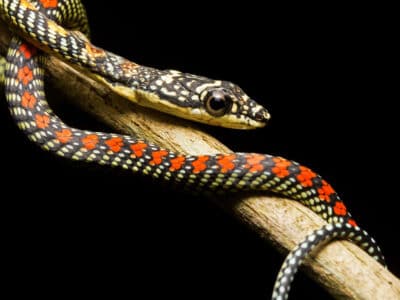
Flying Snake
Flying snakes are the only gliding limbless vertebrates or animals with a backbone!

Flying Squirrel
Can glide up to 90 meters!

Formosan Mountain Dog
Formosa is the Portuguese term for the island of Taiwan

Fox
Only 12 species are considered "true foxes"
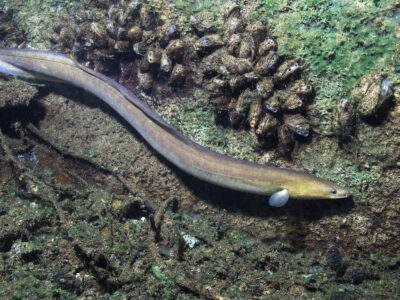
Freshwater Eel
Freshwater eels are actually catadromous, meaning they migrate to saltwater to spawn

Freshwater Jellyfish
The freshwater jellyfish is native to China but is now found all over the world
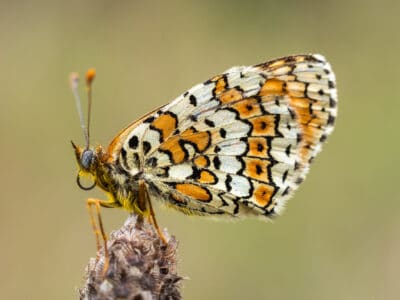
Fritillary Butterfly
Some emit noxious defense chemicals

Frog
There are around 7,000 different species!
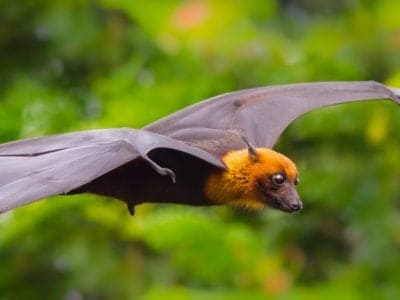
Fruit Bat
Among the largest bats in the world

Fruit Fly
Fruit flies are among the most common research animals in the world
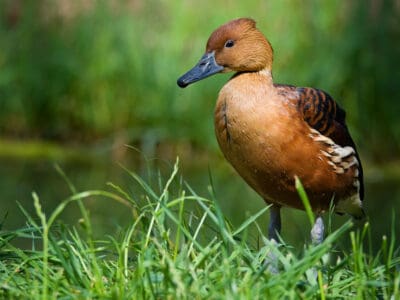
Fulvous Whistling Duck
They build a ramp from their nest, which leads to a nearby water source
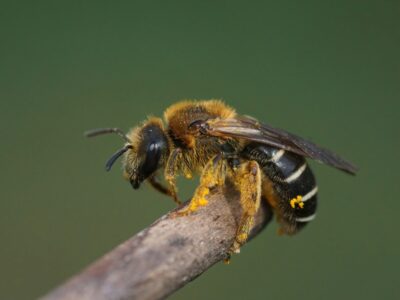
Furrow Bee
N/A
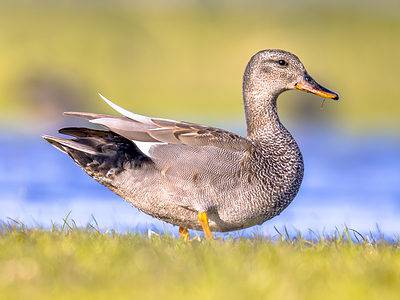
Gadwall
They make many sounds when trying to attract a mate.
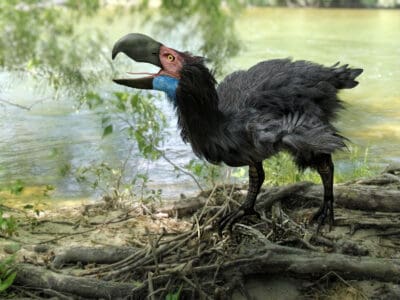
Gastornis
Gastornis had a massive beak, but they probably ate plants instead of flesh.
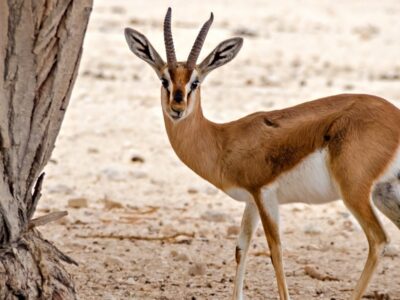
Gazelle
Named for the Arabic word for love poems
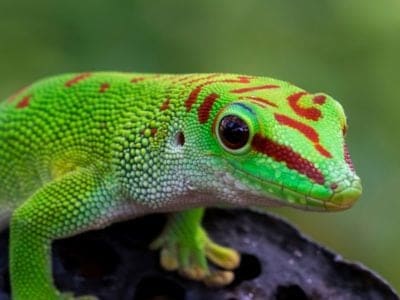
Gecko
There are thought to be over 2,000 species!

Gerbil
Originally known as the Desert Rat!

German Cockroach
The most common type of urban roach
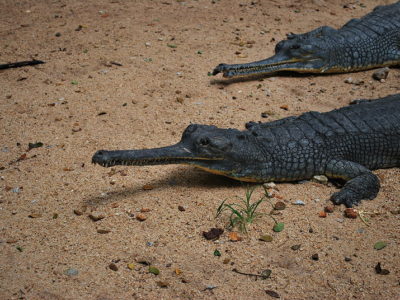
Gharial
Males can blow bubbles using the bump on their snout!

Ghost Catfish
You can see its heart beating

Giant Panda Bear
Bamboo makes up 99 per cent of their diet!

Giant Salamander
Cryptobranchus giant salamanders breathe mostly through their skin.
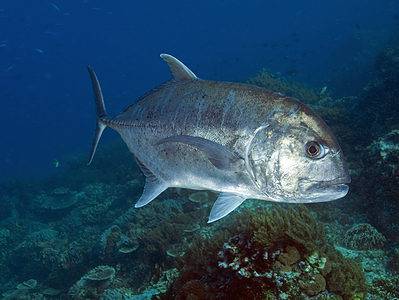
Giant Trevally
The largest fish in its genus
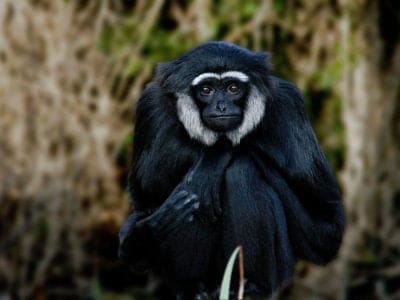
Gibbon
Found in dense jungles and tropical forests!

Gigantopithecus
Some cryptozoologists think that Gigantopithecus survives to this day as "The Bigfoot."
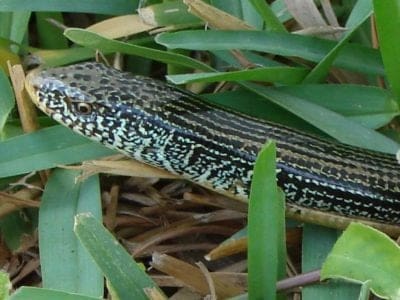
Glass Lizard
Can grow up to 4ft long!

Glowworm
Found inhabiting dense woodland and caves!

Gnat
Males form large mating swarms at dusk

Goat
Most closely related to the Sheep!
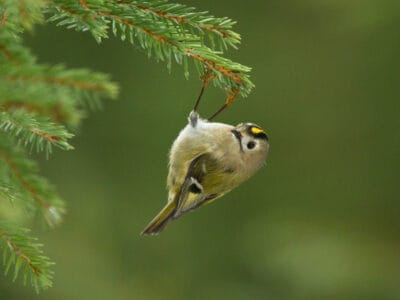
Goldcrest
The goldcrest never starts moving and needs to consume for most of the day to survive. Therefore, in the colder months, it's best that eat 90% a day.
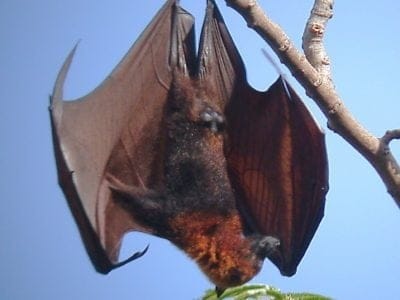
Golden-Crowned Flying Fox
They eat figs almost exclusively

Golden Eagle
Their calls sound like high-pitched screams, but they are quiet most of the time.
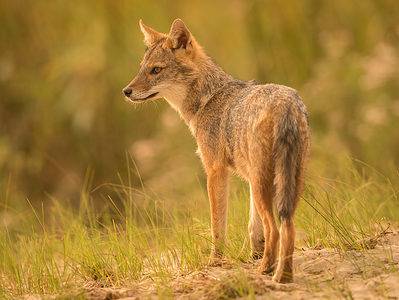
Golden Jackal
roaming and adaptable candids
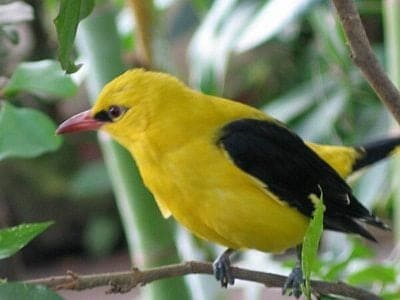
Golden Oriole
Migrates between Europe and Asia!

Goldfish
Goldfish and common carp can mate and produce offspring

Goonch Catfish
The goonch catfish, or giant devil catfish, is one of the most fierce freshwater fish.

Goose
There are 29 different species!

Gooty Sapphire Tarantula
They can run up a tree trunk surprisingly fast.
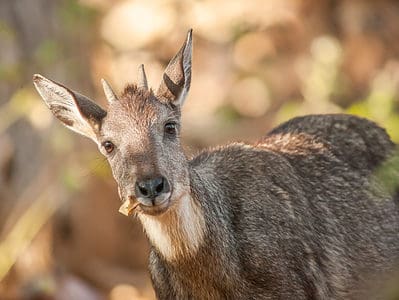
Goral
A mix between a goat and an antelope
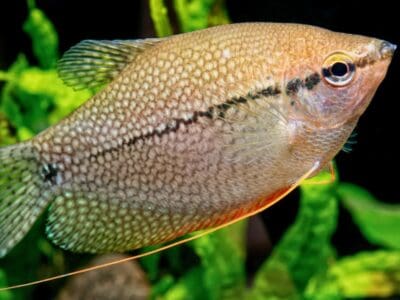
Gourami
Gourami fishes show parental care for their young
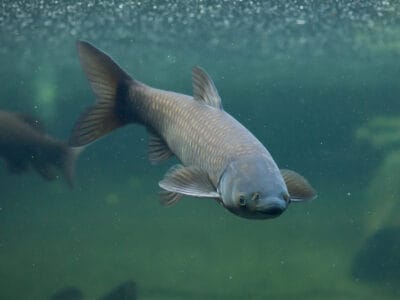
Grass Carp
The grass carp is considered to be a natural weed control agent.
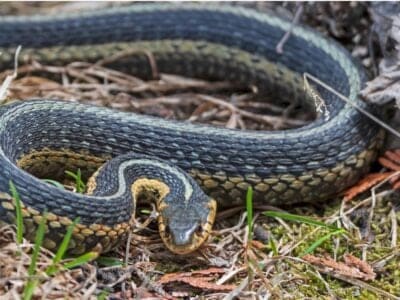
Grass Snake
Use acute hearing to hunt
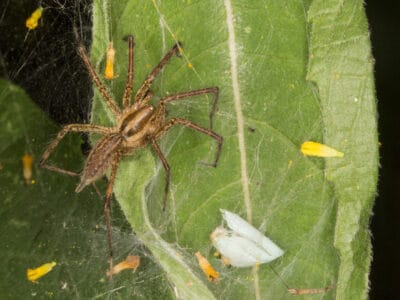
Grass Spider
Their fangs aren't big enough to penetrate human skin.

Grasshopper
There are 11,000 known species!
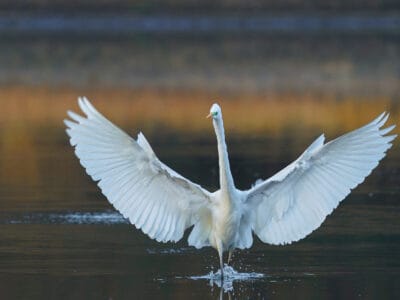
Great Egret
The male egret performs an elaborate courtship display to attract a mate
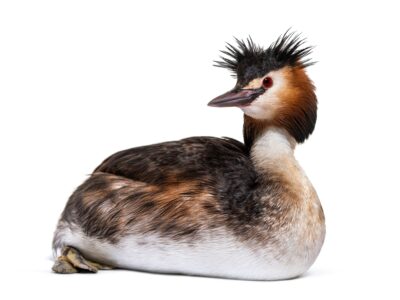
Grebe
They swim like frogs
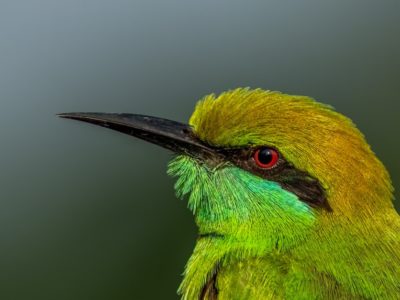
Green Bee-Eater
Mainly eats honeybees!
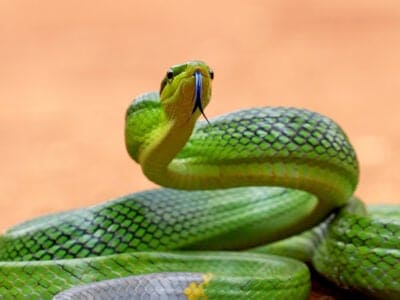
Green Rat Snake
The green rat snake catches its meals in midair!
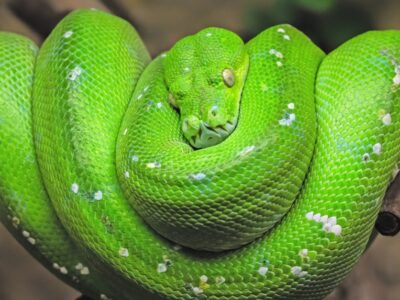
Green Tree Python
Green tree pythons are non-venomous, so to subdue their prey, they have a couple of very unique and highly successful hunting techniques.

Grey Heron
Male grey herons are picky about their mates. They'll reject a female that they don't fancy.

Griffon Vulture
Can spot a dead animal from thousands of feet away
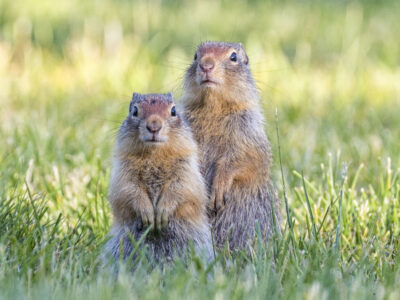
Ground Squirrel
Ground squirrels are adept excavators and can dig colonial burrows larger than football fields!
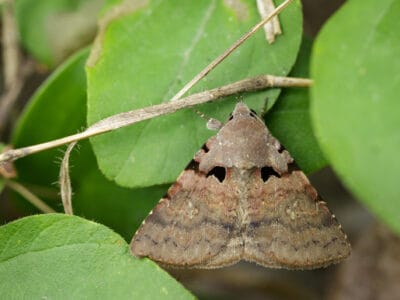
Gypsy Moth
One of the most invasive species in the world
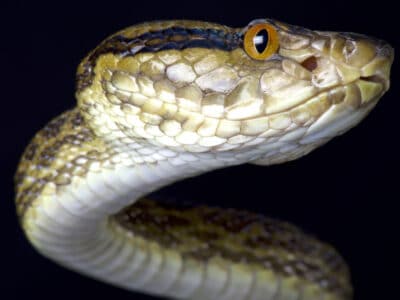
Habu Snake
Unlike most pit vipers, the habu snake lays eggs instead of giving birth to live young.

Haikouichthys
Haikouichthys was the first animal to develop a well-defined head

Hainosaurus
The hainosaurus was named after the Hainaut province of Belgium where the first specimen was discovered.

Hallucigenia
The position of the Hallucigenia's head puzzled scientists for several years
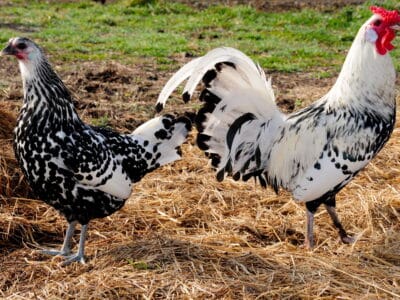
Hamburg Chicken
This breed doesn't usually make nests or incubate their own chicks.
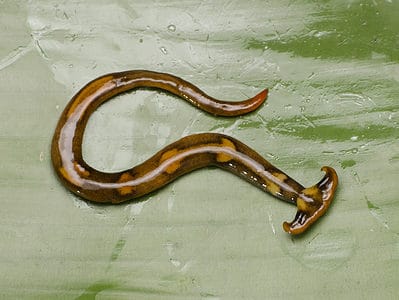
Hammerhead Worm
They are sensitive to light and prefer cool, dark, moist areas.

Hamster
Able to run as quickly backwards as forwards!

Hare
Can reach speeds of over 50 mph!

Hawk
While the Ferruginous hawk is the largest specie in the USA, Asia’s Upland buzzard is the biggest overall.

Hawk Moth Caterpillar
Many hawk moth caterpillars eat toxins from plants, but don’t sequester them the way milkweed butterflies do. Most toxins are excreted.

Hedgehog
Thought to be one of the oldest mammals on Earth!
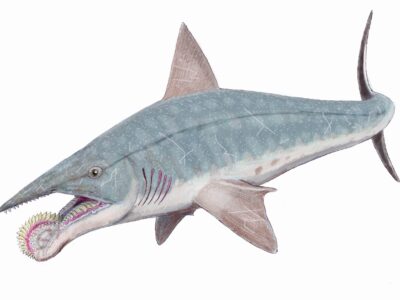
Helicoprion
Helicoprion was one of the largest cartilaginous fish of all time.

Heron
Inhabits wetlands around the world!

Herring Gull
They are loud, spirited birds with raucous cries that sound like bursts of laughter.

Hokkaido
Known for its bravery and ability to withstand the cold.

Honey Badger
One of earth's bravest creatures!

Honey Bee
There are only 8 recognized species!
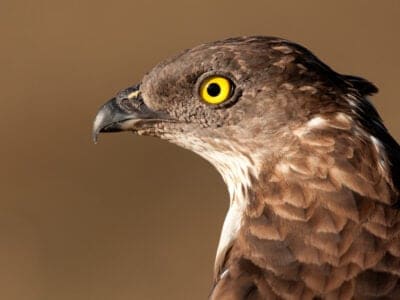
Honey Buzzard
Honey buzzards are medium-sized raptors that earned their names by raiding the nests of bees and wasps.
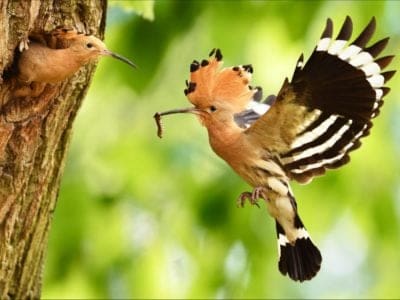
Hoopoe
Stunning bird with a stinky way to deter predators!

Hornbill
The bird has a massive horn on its bill!
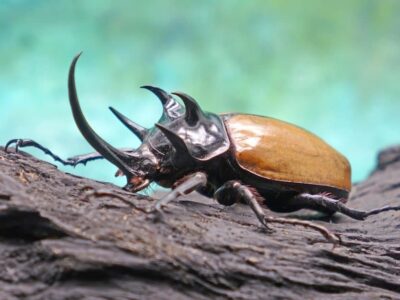
Horned Beetle
These beetles are herbivores but have an intimidating appearance because of the horn-like projection on their heads. However, they are entirely harmless to humans, as they don't sting or bite.

Horned Grebe
Sleep with one foot tucked up under the wing so they lean to the side

Horned Viper
Horned vipers sidewind across the desert sands of their home.
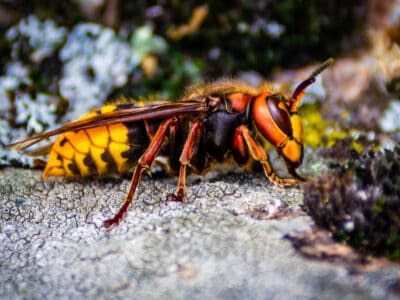
Hornet
Hornets are a type of wasp.

Horse
Has evolved over 50 million years!

Horsefly
Horseflies have been seen performing Immelmann turns, much like fighter jets.

Horseshoe Crab
Changed little in over 500 million years!

House Sparrow (English Sparrow)
The house sparrow has been introduced all over the world

Housefly
The fly has no teeth

Human
Thought to have orignated 200,000 years ago!

Huntsman Spider
Some huntsman spiders have an interesting way of moving around. Some cartwheel while others do handsprings or backflips.
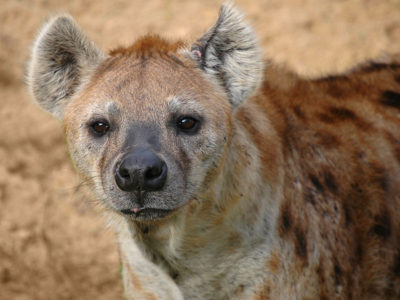
Hyena
There are four different species!
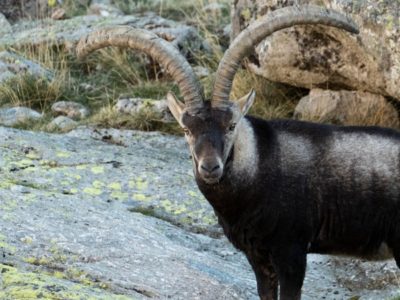
Ibex
Can jump over 6 feet straight up from a standstill

Ibis
Found in swamps, marshes and wetlands!

Indian Cobra
One of the Big Four.
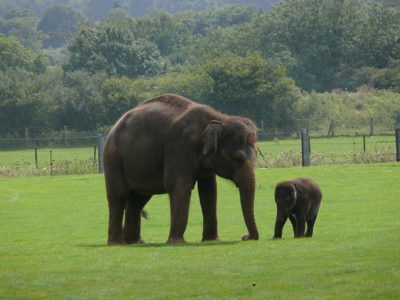
Indian Elephant
Found throughout south-east Asia!

Indian Giant Squirrel
Indian giant squirrels use their large tail to help them balance.

Indian Palm Squirrel
Natively found in parts of India and Sri Lanka!
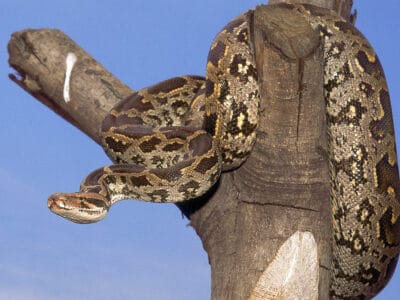
Indian python
Kaa from Rudyard Kipling's The Jungle Book was an Indian Python.
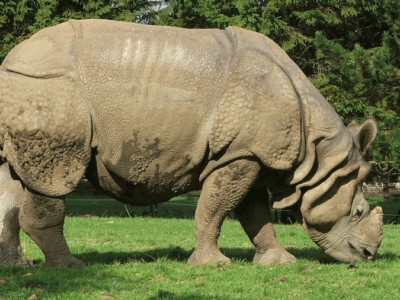
Indian Rhinoceros
Also known as the one-horned rhino!

Indian Star Tortoise
Popular in the exotic pet trade!
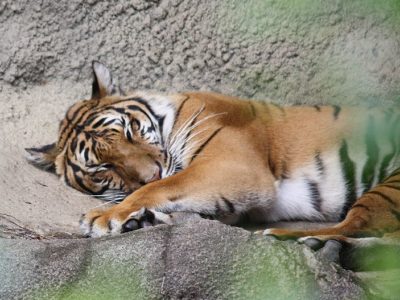
Indochinese Tiger
Now thought to be extinct in China!
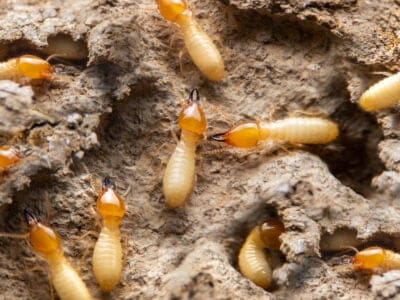
Insect
Insects go back over 350 million years, making the creatures older than man, flowering plants and dinosaurs.

Insects
There are an estimated 30 million species!

Irukandji Jellyfish
Tiny ocean killer

Jacana
The jacana has the ability to swim underwater

Jack-Chi
The Jack-Chi dog is known as the yapping dog because of its insistent bark.
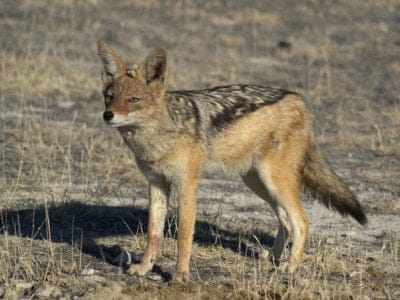
Jackal
Can maintain speeds of 16 km/h!
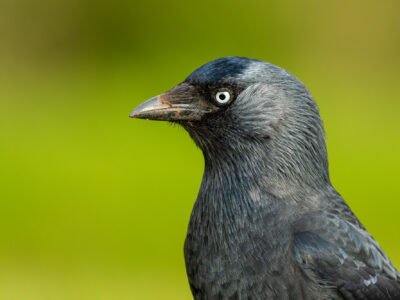
Jackdaw
The jackdaw tends to mate for life with a single partner

Japanese Bantam Chicken
Japanese bantam chickens are the best flying chicken species
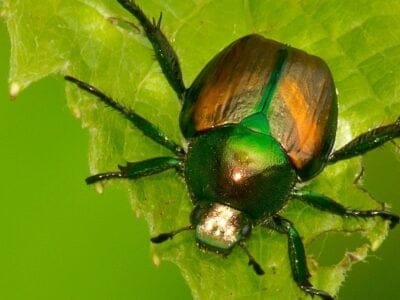
Japanese Beetle
Can clear an entire fruit tree in 15 minutes in a swarm

Japanese Chin
Alert, intelligent and independent!
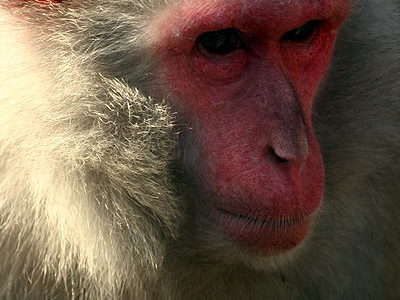
Japanese Macaque
Has cheek pouches for storing food!
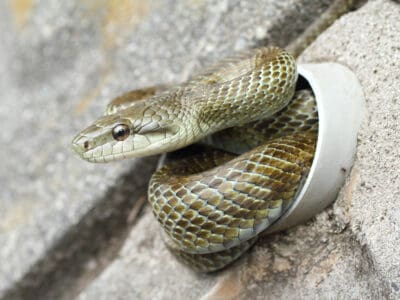
Japanese rat snake
The albino Japanese rat snake is a symbol of good luck.

Japanese Spitz
The Japanese Spitz is sometimes referred to as a cloud dog.

Japanese Squirrel
The Japanese squirrel hoards its food for the winter

Japanese Terrier
Japanese Terriers are also called Nippon Terriers

Javan Leopard
Deathly afraid of water

Javan Rhinoceros
Only has a 25cm long horn!
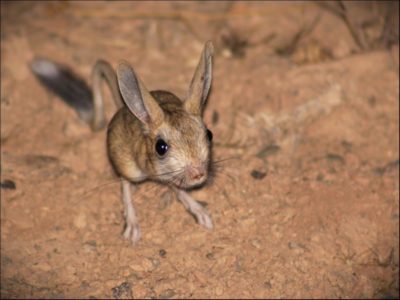
Jerboa
Tiny rodent with a kangaroo-like jump!
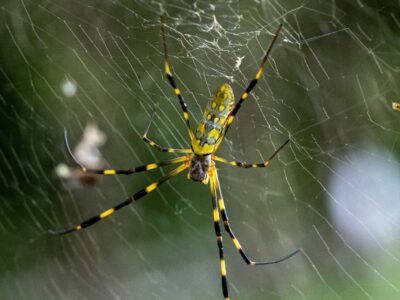
Joro Spider
Shares its name with a Japanese "spider demon"!

Jumping Spider
Some can jump 50 times the length of their bodies
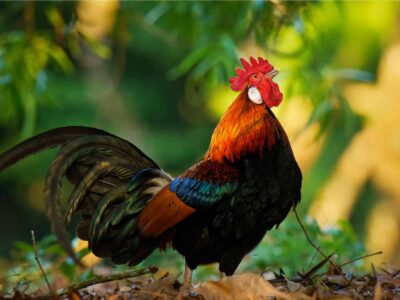
Junglefowl
The term "pecking order" comes from junglefowls' hierarchies among both sexes

Kai Ken
Kai Ken are a very rare breed of dog from Japan, though pure breeds are even harder to come by.
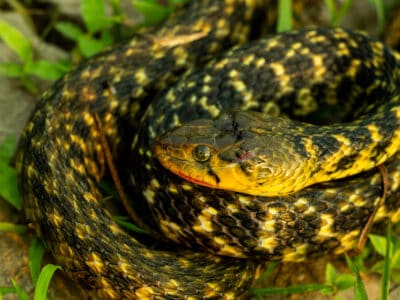
Keelback
The checkered keelback of the east Indies can detach its tail and grow it back, much like a lizard.

Kenyan Sand Boa
A popular pet snake that comes in dozens of morphs!

Kestrel
Can hang suspended on wind currents

Khao Manee
The Khao Manee is one of the rarest cat breeds in the world.

Khapra Beetle
Khapra beetles are among the most invasive insect species in the world.
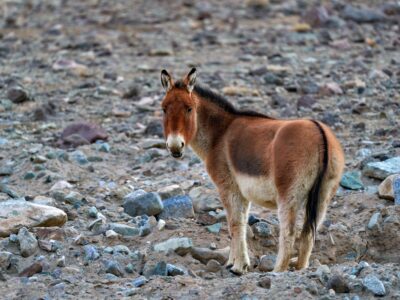
Kiang
The kiang, native to the Tibetan Plateau, is the largest of the wild asses!
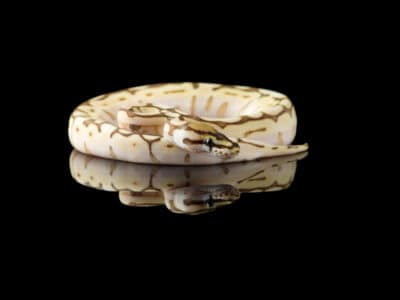
Killer Clown Ball Python
Killer clown ball pythons can cost several thousand dollars.

Killifish
Killifish are highly sought after for their peaceful nature and ability to adapt to most aquarium communities.
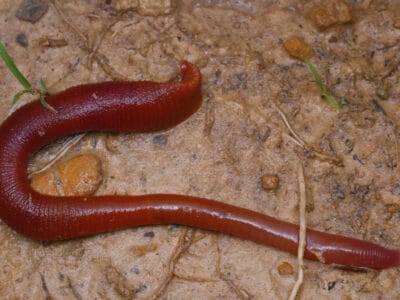
Kinabalu Giant Red Leech
Comes out only during a rainstorm or just afterward

King Cobra
They are the longest venomous snake in the world.

King Eider
The species name, spectabilis, is Latin for “showy” or “remarkable,” referencing the attractiveness of the adult male’s plumage.

King Quail
Females look similar to males but don’t come in shades of blue
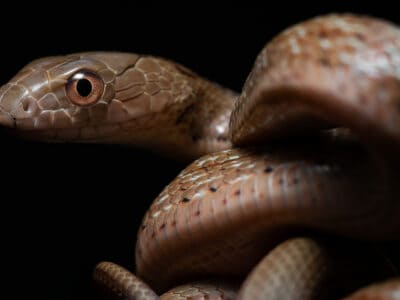
King Rat Snake
When threatened or frightened, the king rat snake has the ability to produce a foul-smelling substance out of self defense.
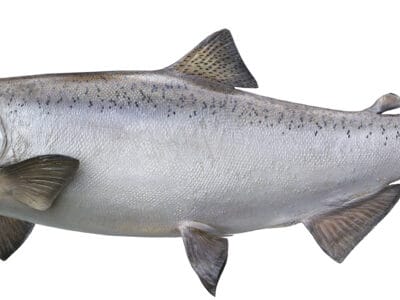
King Salmon
Largest of the Pacific salmon

Kingfisher
Inhabits wetlands and woodlands worldwide!

Kishu
Once raised to hunt dangerous game like boar, today's kishu ken are more likely to be used as guard dogs.
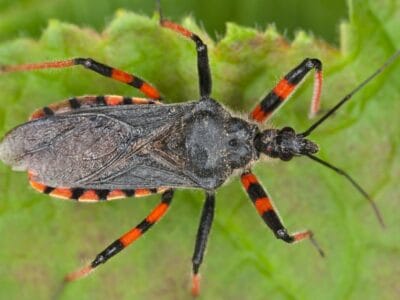
Kissing Bugs
Kissing bugs derive their name from the location they prefer to bite, which is usually close to the lips of the host
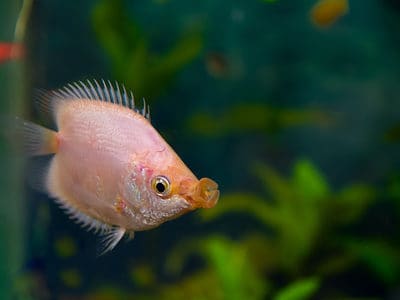
Kissing Gourami
The kissing gesture that the kissing gourami displays is not a mating gesture

Koi Fish
In Japanese, the word koi sounds like the word for love. So the fish is a symbol of love among other good things.

Kokanee Salmon
A non-anadromous type of sockeye salmon
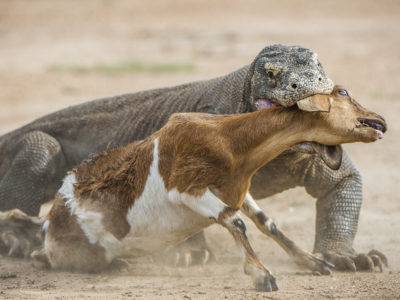
Komodo Dragon
Only found on five Indonesian islands

Korean Jindo
At the 1988 Olympics in Seoul, Jindos marched in the opening ceremonies.
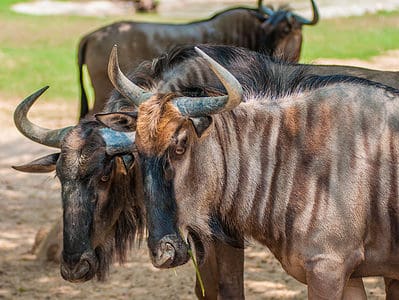
Kouprey
The kouprey is one of the rarest mammals in the world

Krait
A painless bite that can result in death.

Kudzu Bug
Kudzu bugs don't bite humans, but they secrete a substance that can irritate people's skin. That irritation is often confused for a bite.

Lace Bug
May bite when threatened

Ladybug
There are more than 5,000 species worldwide!
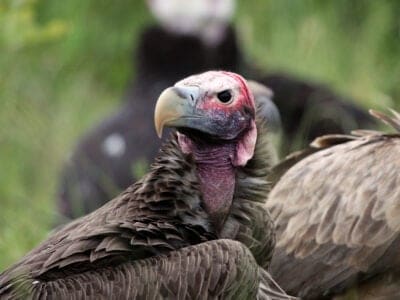
Lappet-faced Vulture
Lappet-faced vultures are tidy and wash their heads in a body of water after they’ve eaten

Larder Beetle
Larder beetles were named based on their attraction to food storage rooms or cupboards, but they do not feed on stored food products.

Largemouth Bass
Georgia, Mississippi, Alabama, and Florida all claim the largemouth bass as the state fish or state freshwater fish.

Leatherback Sea Turtle
They are the largest living turtle and the only sea turtle without a hard shell!

Leech
Has 10 pairs of eyes!

Leopard
Spends much of the time high in the trees!

Leopard Cat
There are 11 different species!

Leopard Gecko
The first ever domesticated lizard! There are now more than 100 unique color morphs thanks to selective breeding.

Leptocephalus
Leptocephali have flat bodies filled with jelly-like substances, surrounded by a thin layer of muscle.

Lhasa Apso
The Lhasa Apso was often given as a gift in Tibetan culture

Liger
The offspring of a lion and tiger parents!
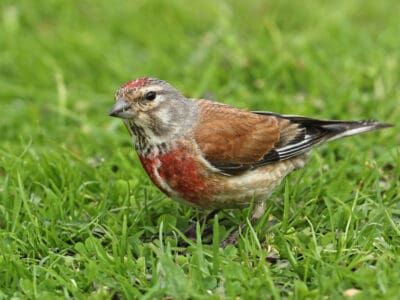
Linnet
While linnets are monogamous during mating season, they do not mate for life. While breeding pairs are together, the males are highly territorial and will defend the nesting site and the surrounding area.

Lion
Lives in small groups called prides!

Lizard
There are around 5,000 different species!
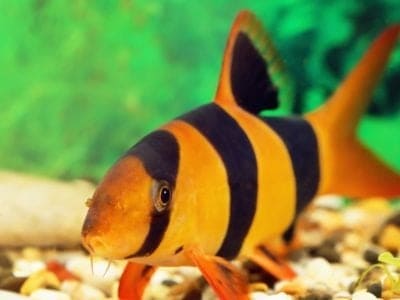
Loach
Have sharp spines below their eyes

Locust
Each locust can eat its weight in plants each day.
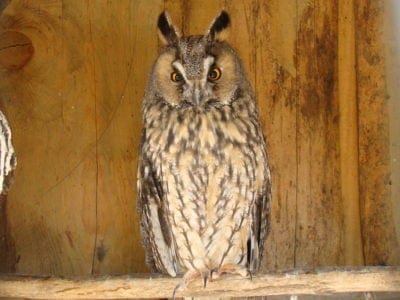
Long-Eared Owl
Ear tufts make it look bigger!
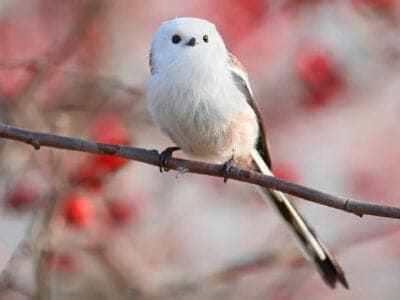
Long-Tailed Tit
Often hangs upside down while feeding!

Lorikeet
The lorikeet has a long brush-like tongue with fine hairs on it

Loris
Like all lorises, slow loris has a cute wide-eyed look, but it also has a venomous sting that can rot human flesh.

Lystrosaurus
Lystrosaurus was one of the few terrestial species that survived the permian extinction

Macaque
Macaque females will pass on their social rankings to their daughters
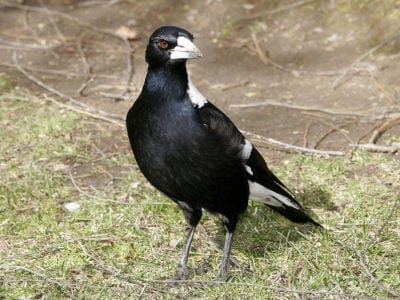
Magpie
They are found across Europe, Asia and Africa!

Malayan Civet
Also known as the Oriental Civet!
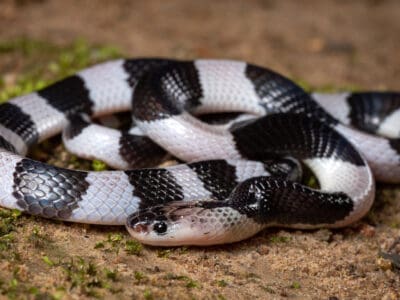
Malayan Krait
It's called the five-step snake because if a person is bitten, they can walk about five steps before dying.
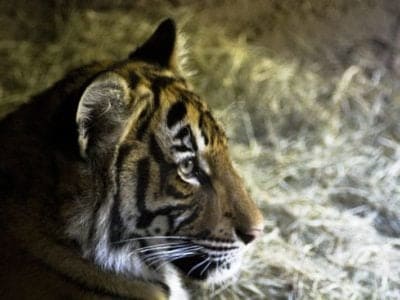
Malayan Tiger
Found in less-dense jungles!

Mallard
With an appropriate tail wind, the mallard can travel hundreds of miles a day
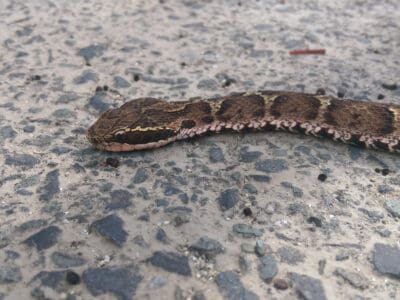
Mamushi Snake
The Mamushi snake, which is also known as the Japanese moccasin or the Japanese pit viper, can grow to be over two feet long.
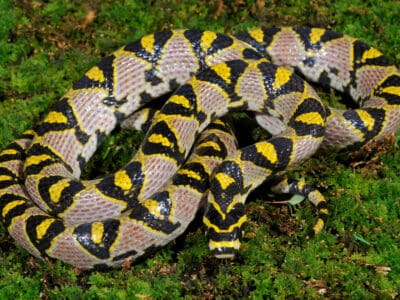
Mandarin Rat Snake
"This docile snake is a popular and long-lived pet - though challenging to care for - with a lifespan of up to 21 years!"
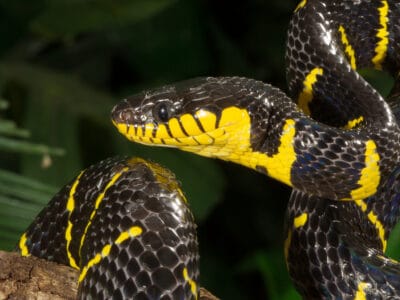
Mangrove Snake
Mangrove snakes have small fangs that are more like enlarged teeth at the back of their jaw.
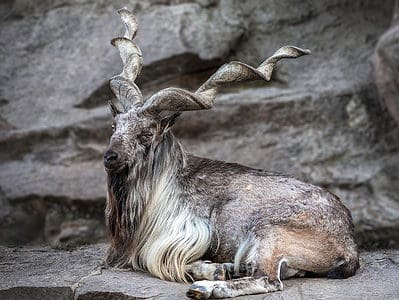
Markhor
The markhor drools a foamy substance after chewing its cud, which the local people use for extracting snake poison.

Marmot
A marmot spends 80% of its life below ground

Marsh Frog
Has bright green skin!

Masked Palm Civet
Found throughout Asia, India and China!

Mason Bee
N/A

Mayfly
There are 2,500 known species worldwide!

Mealybug
They have a symbiotic relationship with ants.

Mekong Giant Catfish
The Mekong giant catfish is the largest purely freshwater fish in the world
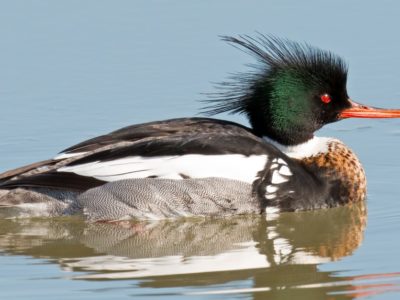
Merganser
They line their nests with their feathers

Milkfish
Females lay up to 5 million eggs at one time in warm, shallow and salty waters

Millipede
Some species have a poisonous bite!

Mole
Primarily hunts and feeds on Earthworms!
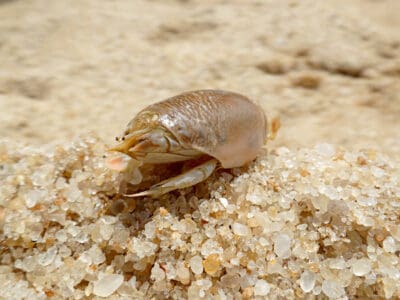
Mole Crab (Sand Flea)
They eat jellyfish tentacles

Mole Cricket
Adult Mole crickets may fly as far as 5 miles during mating season and are active most of the year.

Mollusk
Most molluscs have more than one heart

Monarch Butterfly
During migration, Monarch Butterflies may travel 250 or more miles each day.
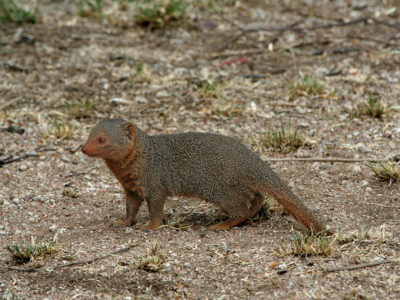
Mongoose
Range in size from just 1 to 3 foot!

Mongrel
Has characteristics of two or more breeds!

Monitor Lizard
Some species are thought to carry a weak venom!

Monkey
There are around 260 known species!
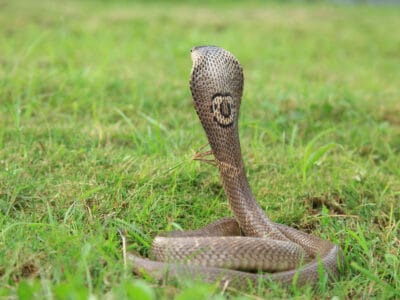
Monocled Cobra
The monocled cobra is responsible for the highest fatality rate of any snake in all of Thailand.

Moorhen
Feeds on aquatic insects and water-spiders!

Mosasaurus
The Mosasaurus was much longer than the fearsome Tyrannosaur rex.

Mosquito
Only the female mosquito actually sucks blood

Moth
There are 250,000 different species!

Mouse
Found on every continent on Earth!
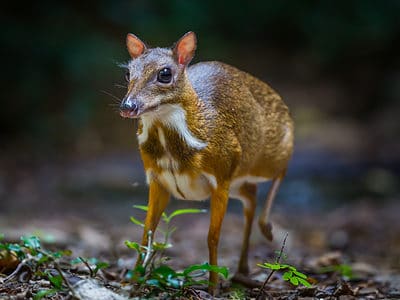
Mouse-Deer (Chevrotain)
Tiny hooved creature that looks like a cross between a mouse and a miniature deer

Mule
The offspring of a horse and donkey parents!
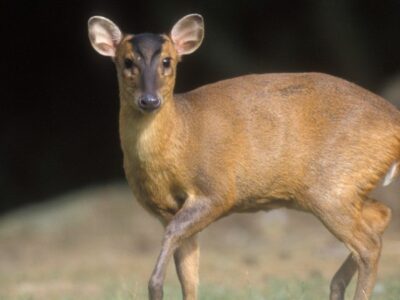
Muntjac
The muntjac is the smallest type of deer in the world
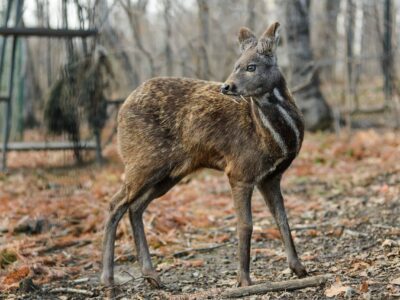
Musk Deer
The glands of a musk deer can sell for up to $45,000 on the black market.

Muskrat
The muskrat can stay underwater up to 17 minutes at a time
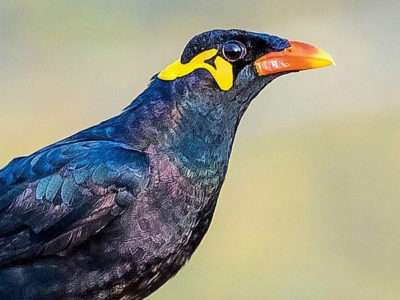
Myna Bird
Many people believe the hill myna bird is better at mimicking humans than a parrot!

Naegleria
Causes primary amoebic meningoencephalitis

Neanderthal
Roamed Asia and Europe for around 100,000 years!

Needlefish
no stomach to digest food

Nematode
Nematodes range in size from 1/10 of an inch to 28 feet long
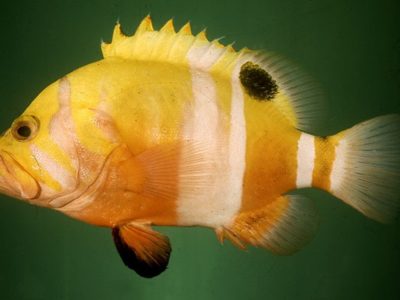
Neptune Grouper
The largest recorded specimen ever caught was 17" long
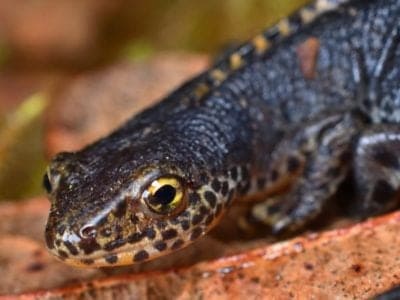
Newt
Able to regrow lost or damaged limbs!
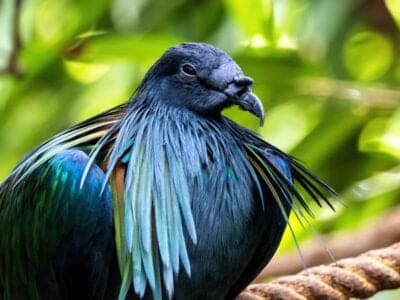
Nicobar pigeon
Unlike other pigeons, Nicobar pigeons don't fly in haphazard flocks but in columns or single file.
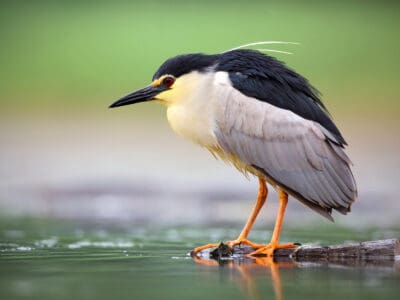
Night Heron
When they feel threatened juvenile night herons vomit their stomach contents.

Nightingale
Named more than 1,000 years ago!
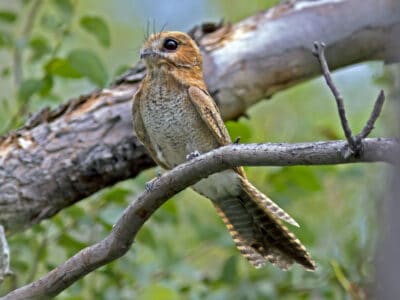
Nightjar
There are 97 nightjar species across 20 genera!
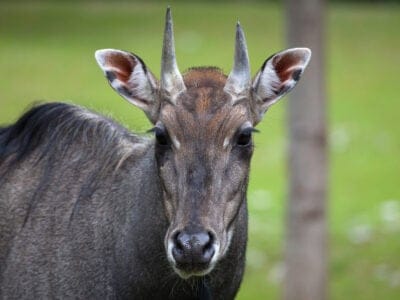
Nilgai
Nilgai were hunted for their meat as far back as 8,000 years ago.

No See Ums
There are more than 5,000 species.

Northern Pintail
Northern pintails migrate at night with speeds reaching 48 miles per hour!

Nuthatch
Nuthatches spend a lot of their time upside down.
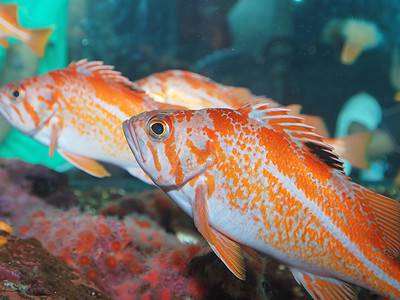
Ocean Perch
As a scorpionfish, the ocean perch has spines along its back!
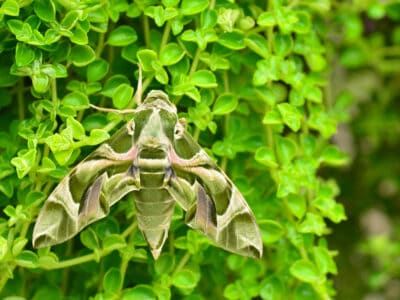
Oleander Hawk Moth
Oleander hawk moth caterpillars feed on the foliage of oleander, an extremely toxic plant to which they are immune.
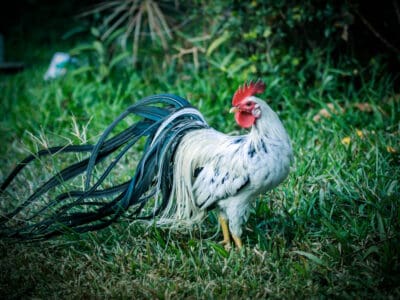
Onagadori Chicken
The Onagadori, the chicken with the world's longest tail, was declared a Natural Monument of Japan in 1952.

Onager
An onager's coat changes color with the season.

Oranda Goldfish
Oranda goldfish are one of the most popular fancy goldfish breeds

Orangutan
Shares 97% of its DNA with humans!

Orb Weaver
Females are about four times the size of males
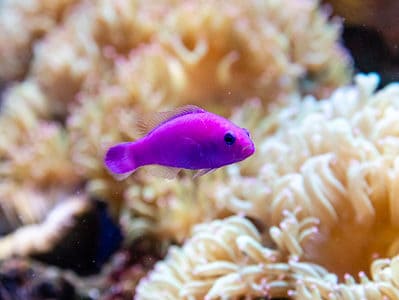
Orchid Dottyback
This fish camouflages as its prey's parents to trick it into becoming dinner.
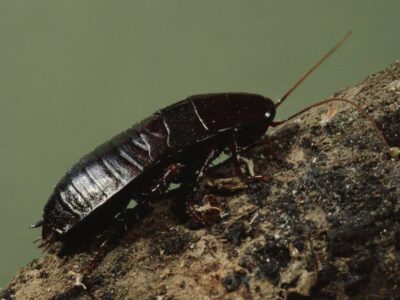
Oriental Cockroach
Unlike other cockroach species that live indoors living off humans, oriental cockroaches are outdoor scavengers.
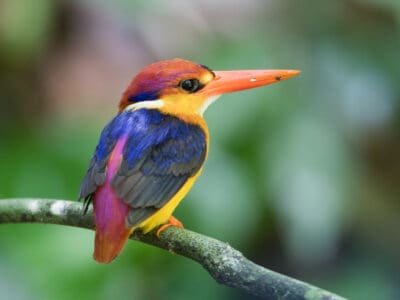
Oriental Dwarf Kingfisher
They are one of the smallest kingfishers!
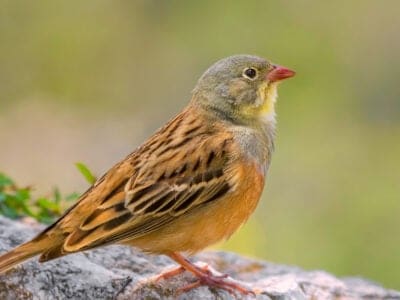
Ortolan Bunting
The tradition of hiding your face with a napkin or towel while eating this bird was begun by a priest who was a friend of the great French gastronome Jean Anthelme Brillat-Savarin.

Osprey
They reuse nesting sites for 70 years!

Otter
There are 13 different species worldwide
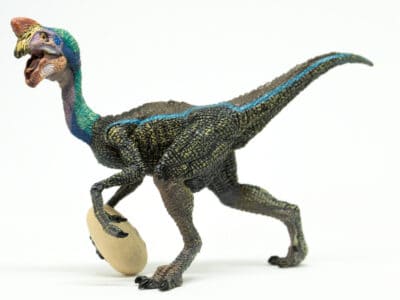
Oviraptor
Oviraptor means "egg thief" or "egg seizer," though they were quite protective of their own eggs.

Owl
The owl can rotate its head some 270 degrees
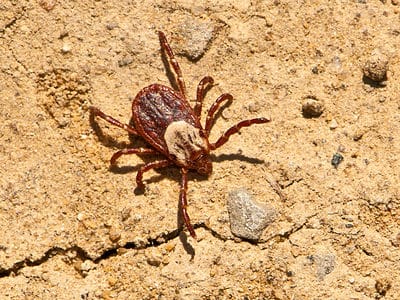
Pacific Coast Tick
Pacific Coast ticks can go without food for two to three years without dying.

Pacific Spaghetti Eel
They have excellent eyesight
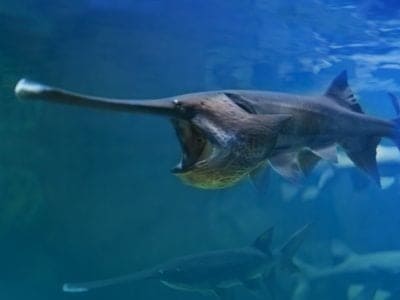
Paddlefish
Paddlefish have existed since the Cretaceous Period
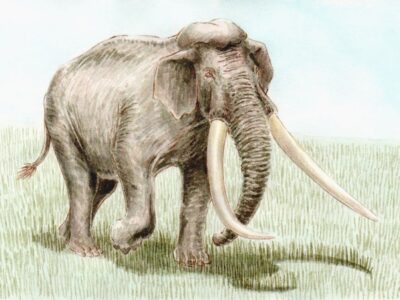
Palaeoloxodon namadicus
Palaeloxodon namadicus was the largest land mammal ever found
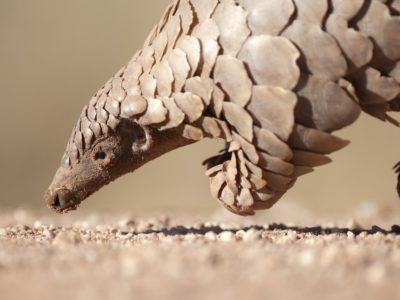
Pangolin
Bad eyesight, but great sense of smell

Paradise Flying Snake
Paradise Flying Snakes can glide over 100 yards!
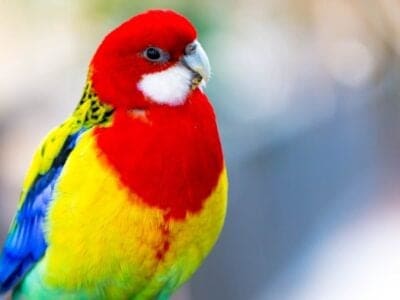
Parakeet
Monk parakeets are the only parakeets that actually build nests. They’re also the only parakeets to nest in great colonies.

Parrot
Can live for up to 100 years!
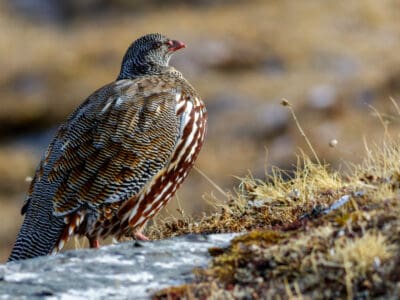
Partridge
Long-lost civilizations have immortalized male partridges in art, depicting them as a symbol of fertility.
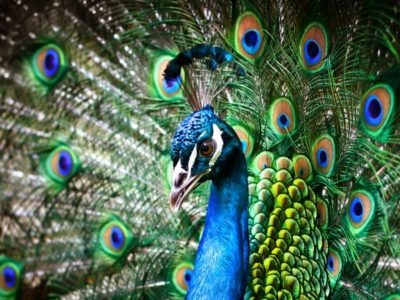
Peacock
Most commonly found on the Indian mainland!

Peacock Butterfly
The eyespots on this butterfly’s wings deter predators from attacking.
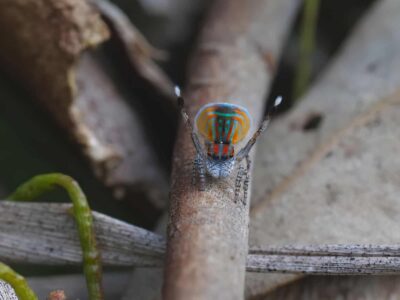
Peacock Spider
They can jump up to 10 centimeters (40 times their body size) and see the full rainbow spectrum of light, including UV.

Pekingese
Thought to be over 2,000 years old!
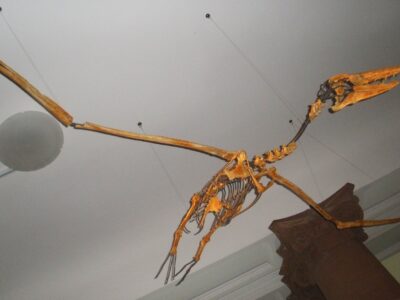
Pelagornithidae
The biggest members of the Pelagornithidae family were the largest flying birds known.
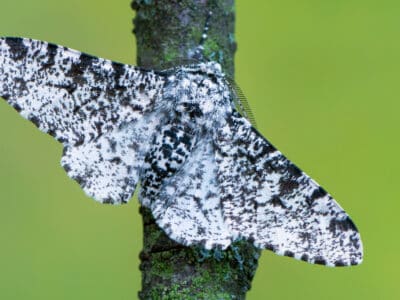
Peppered Moth
Teachers in schools often use the evolution of the peppered moth as a good example of Darwin’s theory of natural selection.
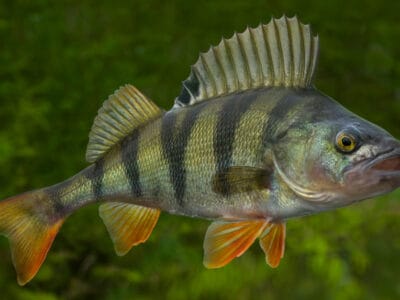
Perch Fish
Some of the most delicious gamefish in the world
Père David’s Deer
Has webbing between its toes, aiding in swimming!

Peregrine Falcon
Fastest animal on Earth

Persian
Thought to have originated in the Middle East!

Pheasant
Females lay between 8 and 12 eggs per clutch!
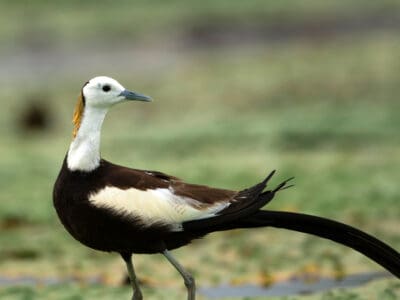
Pheasant-tailed Jacana
The pheasant-tailed jacana is the only species in its family that migrates long distances.

Philippine Cobra
Philippine cobra is a highly venomous species of spitting cobra.
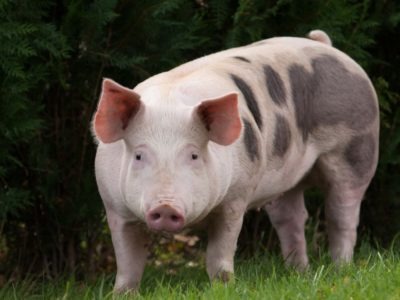
Pig
Thought to have been domesticated in 9,000 BC!

Pigeon
They can find their way back to their nests from up to 1300 miles away.
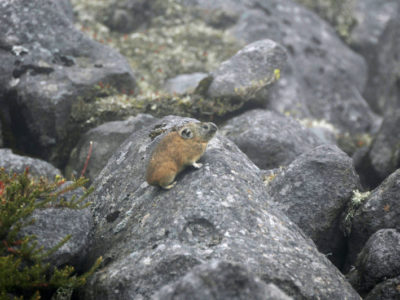
Pika
Found in mountainous regions and rocky areas
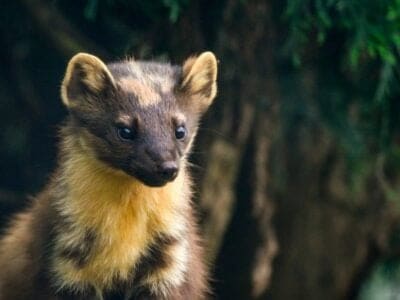
Pine Marten
A pine marten can jump from tree to tree similar to a squirrel.

Pink-Necked Green Pigeon
They make whistling and quacking noises
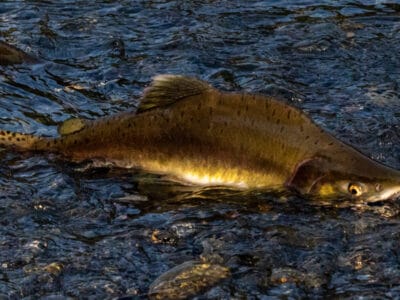
Pink Salmon
The smallest of the North American salmon

Pipe Snake
Some of these snakes flatten their neck and raise their heads to imitate cobras if they’re threatened.
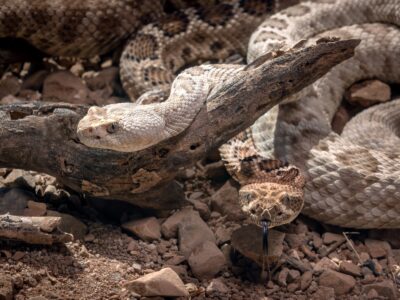
Pit Viper
Pit vipers's fangs fold up into their mouths when they don't need them.
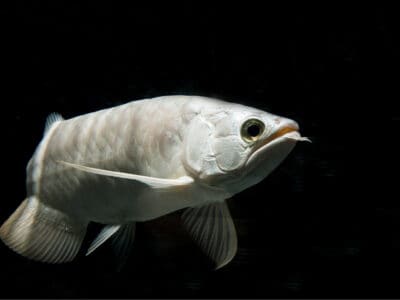
Platinum Arowana
The male broods the eggs and baby fish in his mouth.

Pliosaur
Pliosaurs were the short-necked version of plesiosaurs.

Polecat
They can run at a speed of 15mph
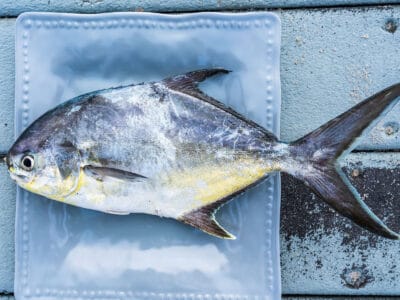
Pompano Fish
They are bottom-feeders

Pond Skater
There are 500 different species!
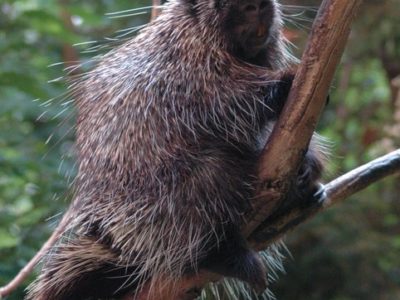
Porcupine
There are 30 different species worldwide!
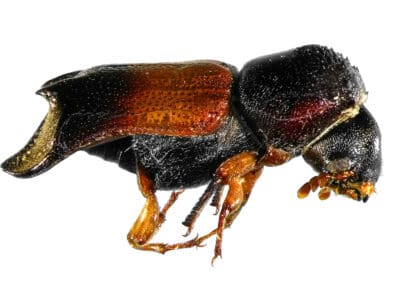
Powderpost Beetle
Powderpost beetles prefer living in moist tree limbs, dead wood, and branches. They get into homes through infested joists, paneling, rafters, flooring, and finished wood products.
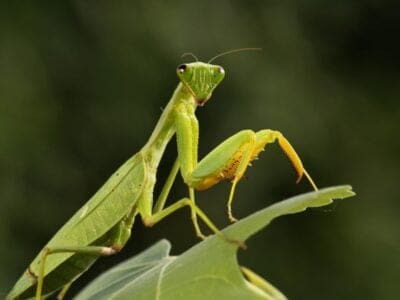
Praying Mantis
The mantis can turn its head 180 degrees.

Proboscis Monkey
Natively found on the island of Borneo!
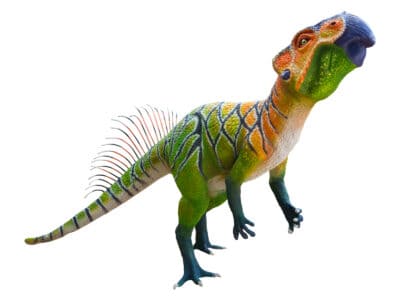
Psittacosaurus
These parrot-headed dinosaurs had beaks and feather-like quills on their tails!

Psittacosaurus
The Psittacosaurus dinosaurs had four limbs but were mostly bipedal.

Pterodactyl
Pterodactyl is not technically a dinosaur. Although they lived during the same time as dinosaurs, they are classified as winged reptiles.

Pug
Fun and sociable, yet stubborn!

Purple Emperor Butterfly
Inhabits deciduous forests!
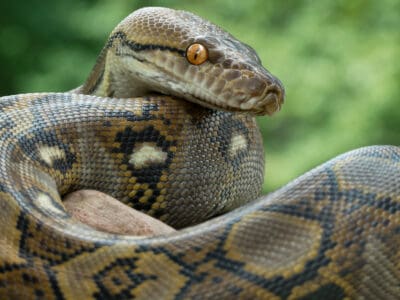
Python
Female pythons lay eggs and defend them until they hatch.
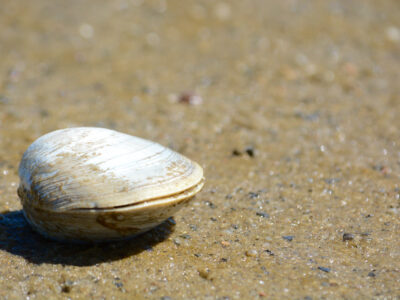
Quahog Clam
Their hinged shell protects their soft body

Quail
Inhabits woodland and forest areas worldwide!

Rabbit
There are more than 300 different species!

Raccoon Dog
The only hibernating canine!
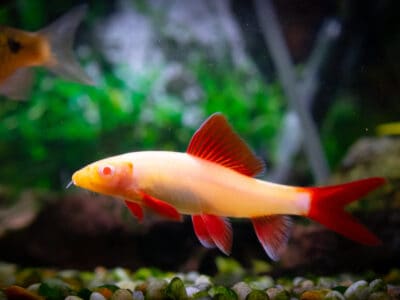
Rainbow Shark
The rainbow shark has been genetically modified to glow in the dark

Rat
Omnivores that eat anything!
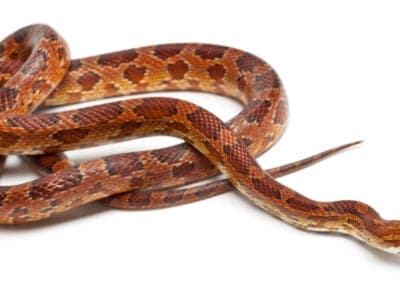
Rat Snakes
Rat snakes are constrictors from the Colubridae family of snakes.

Red Aphids
Aphids are called ant cows because ants herd and "milk" them to secrete a substance called honeydew!

Red Deer
A male red deer shows his age in his antlers, which become longer and more branched every year.

Red-Eared Slider
Sliders spend lots of time basking in the sun. As cold-blooded animals, they need the sun to heat up.

Red Fox
The red fox actually has many different variations of fur, including silver and brown.
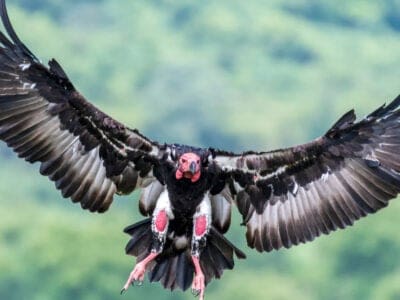
Red-Headed Vulture
Not exclusively carrion eaters, these birds are also opportunistic hunters
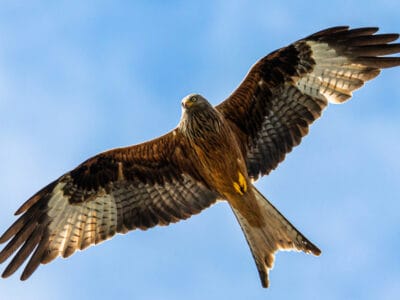
Red Kite
This bird moves its tail to steer its body like a rudder on a boat.

Red Panda
There are less than 3,000 left in the wild!
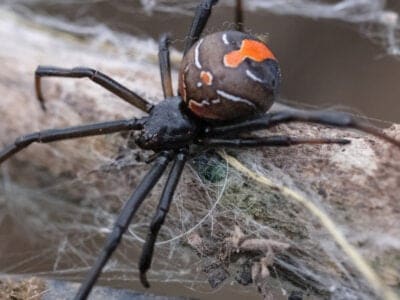
Redback Spider
The redback spiders found in New Caledonia differ from other populations in that they don’t practice sexual cannibalism and don’t bite people as much.
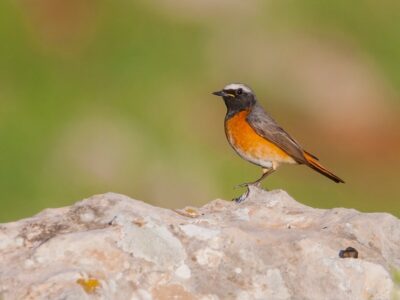
Redstart
They build their nests off the ground in tree holes, cavities, stone walls, and roofs

Repenomamus
One of the biggest mammals of the dinosaur age that used to eat other dinosaurs
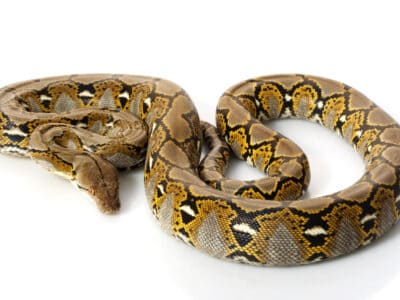
Reticulated python
These popular pets can get big enough to kill their owner.

Rhamphosuchus
Rhamphosuchus had a narrow snout with a beak-like appearance.
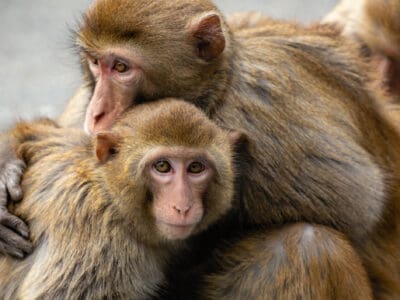
Rhesus Macaque
Rhesus Macaques are the most widely distributed primate in terms of geographic diversity

Rhino Beetle
Rhinoceros beetles can lift objects 850 times their weight
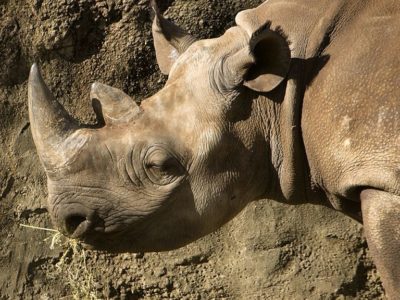
Rhinoceros
It's horns are made from keratin!
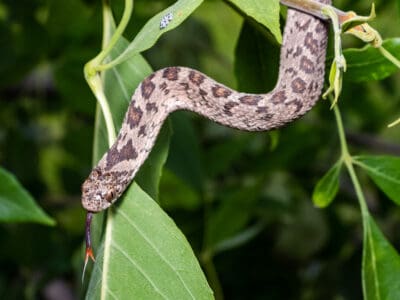
Rhombic Egg-Eater Snake
When birds aren't nesting, these snakes fast

Ribbon Eel
Can fit its body into a tiny crevice of a reef

River Turtle
Inhabits freshwater habitats around the world!
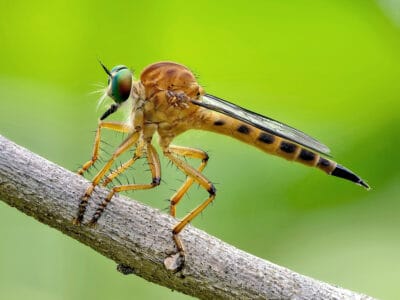
Robber Flies
The female pretend they are dead if they do not find the male worthy of mating.
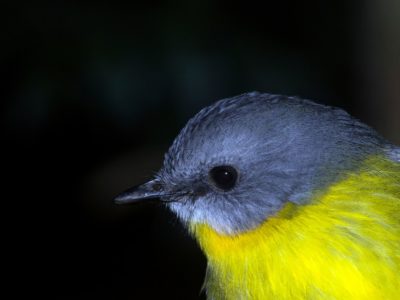
Robin
There are more than 45 species in Australia alone!

Rock Hyrax
Actually related to Elephants and Manatees!

Rodents
The capybara, the world’s largest rodent, likes to be in and around bodies of water. Because of this, the Catholic Church in South America decided that it was a fish, and people were allowed to eat it during Lent and First Fridays.

Roe Deer
The roe is one of the most popular game animals in Europe

Rooster
Will mate with the entire flock!

Root Aphids
Nymphs take 9 to 10 days on average to mature, with a complete lifespan of an estimated 30 days.
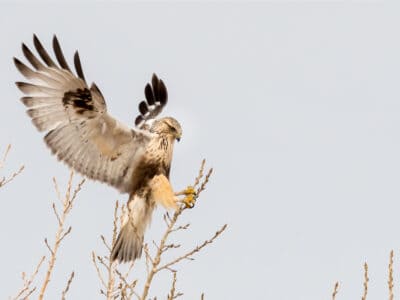
Rough-Legged Hawk (Rough-Legged Buzzard)
Its scientific name, lagopus, is Ancient Greek for “hare” and “foot,” referring to its feathered feet and toes.
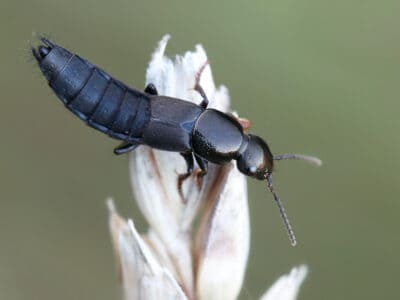
Rove Beetle
When threatened, rove beetles raise the ends of their body like scorpions, but they have no sting.

Russel’s Viper
A Russel's viper strike is so forceful it can lift its entire body off the ground.

Russian Tortoise
Known by at least five different names

Sable
Their fur has been considered a luxury item since the Middle Ages

Sable Ferret
Ferrets were used during the Revolutionary War to keep down the rat population.
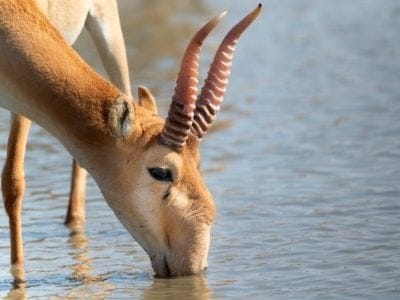
Saiga
Large noses help filter out dust
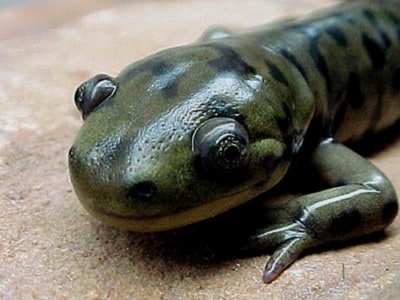
Salamander
There are more than 700 different species!

Saluki
The Saluki is one of the fastest dog breeds in the world.
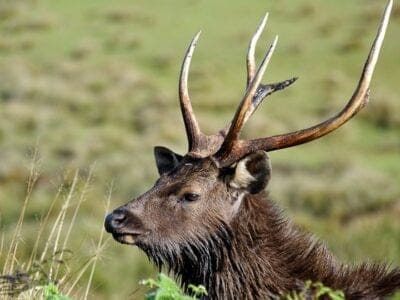
Sambar
Male sambars will compete for mates by clashing together with their antlers

Sand Cat
They can survive for weeks without drinking water because the get moisture from their prey.
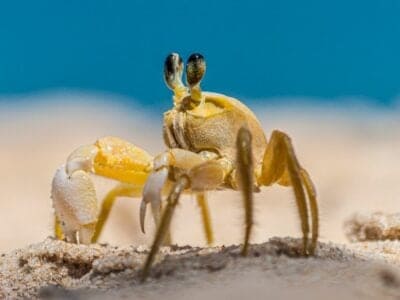
Sand Crab
The sand crab burrows beneath the sand with its tail

Sand Lizard
Males turn green in spring!
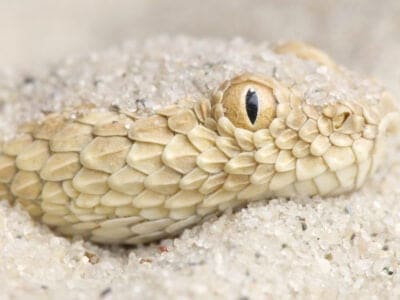
Sand Viper
Sand vipers are nuisance snakes in some areas.

Sandpiper
Some sandpipers can migrate more than 8,000 miles without stopping!

Saola
Only known to science since 1992!

Sapsali
Natives know this breed as the "ghost hunter" because they believe these dogs can ward off evil spirits.

Sarkastodon
Sarkastadon was one of the largest land mammal carnivores of all time!

Sarus Crane
Parents use low calls to tell their chicks to freeze and lie still when danger lurks.
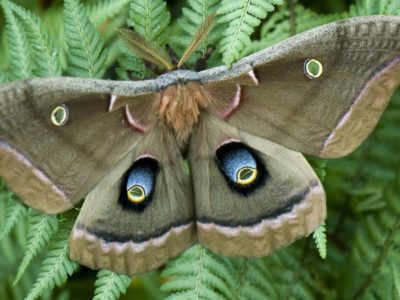
Saturniidae Moth
Some of the largest moths in the world

Sauropoda
Newly hatched sauropods weighted less than 11 pounds and put on 2 tons of weight a year!

Sauropoda
Sauropods lived in herds.

Savu Python
Before ball pythons' morphs became popular, Savu pythons were everywhere in the pet trade.
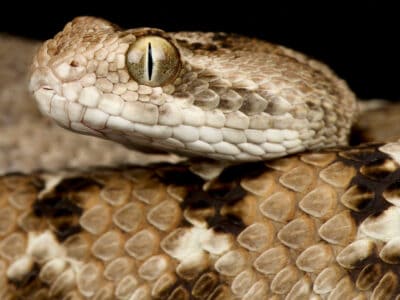
Saw-scaled Viper
This is the smallest venomous snake in India's Big Four.
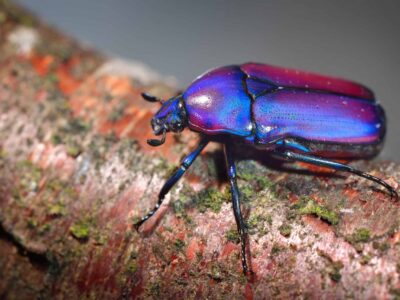
Scarab Beetle
The ancient Egyptians worshipped scarabs.

Scorpion
There are around 2,000 known species!

Scottish Fold Cat
The cutest mutation in the animal kingdom

Sea Eagle
The sea eagle tends to mate for life with a single partner
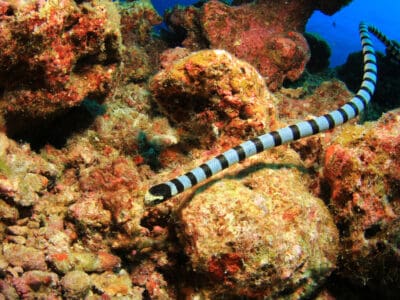
Sea Snake
The sea snake is incredibly venomous, even more than a cobra!”

Seagull
Some gulls are capable of using tools

Seahorse
Males give birth to up to 1,000 offspring!
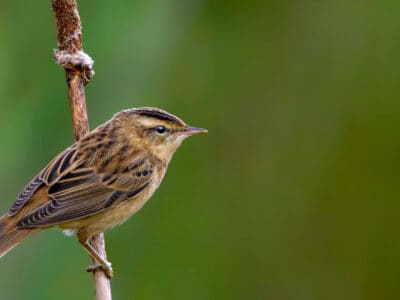
Sedge Warbler
Males never sing the same song twice
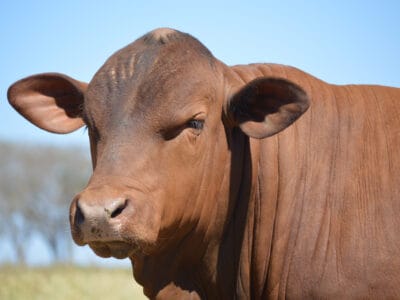
Senepol Cattle
Senepol cattle have a distinctive red color and no horns.
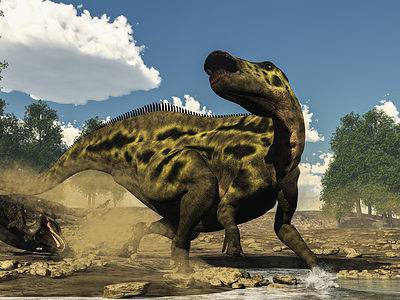
Shantungosaurus
Shantungosaurus was one of the largest duck-billed dinosaurs to have ever lived.

Shastasaurus
Despite the massive size of the Shastasaurus, it only ate soft-bodied prey.

Sheep
Around 35 million in the English countryside!

Shiba Inu
Shiba Inus are one of six native dog breeds from Japan.

Shih Tzu
Can live for up to 15 years!

Shih Tzu Mix
Despite having long, flowing hair, Shih Tzus and many of their hybrids are hypoallergenic.

Shikoku
This dog was declared a Japanese Natural Monument in 1937.
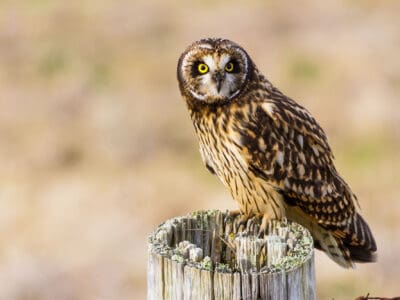
Short-Eared Owl
The short-eared owl is one of the most widespread owl species in the world, covering five continents.

Shrew
The spinal column of the shrew Scutisorex somereni is so strong and reinforced that it can support the weight of an adult human.

Shrimp
There are 2,000 different species worldwide!

Siamese
Originated from temple cats in Thailand!
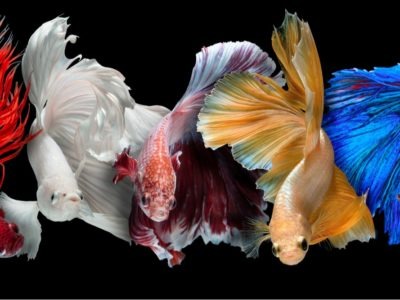
Betta Fish (Siamese Fighting Fish)
Can live in low-oxygen environments!
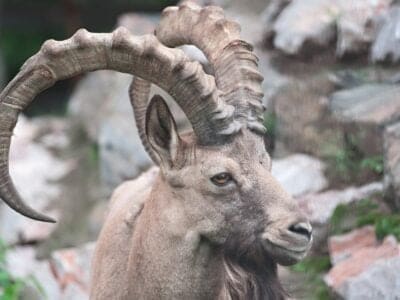
Siberian Ibex
There’s a population of Siberian ibex in New Mexico
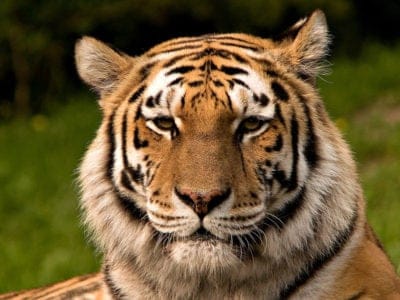
Siberian Tiger
Also known as the Amur tiger!
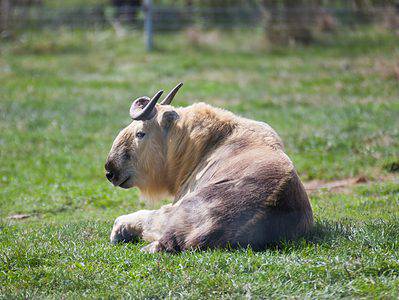
Sichuan Takin (Tibetan Takin)
The Sichuan takin is a national treasure in China and shares part of its range with the giant panda!
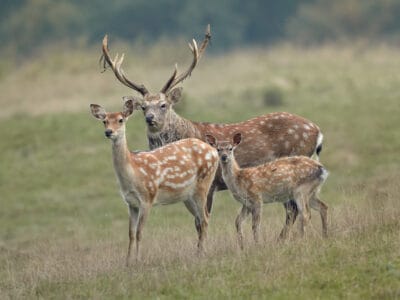
Sika Deer
Sikas can make 10 different sounds, from soft whistles to loud screams.

Silkie Chicken
Silkie hens are excellent mothers and will raise any bird as their own, even being known to patiently sit on a clutch of duck or geese eggs until they hatch.

Sinosauropteryx
Sinosauropteryx were prominent in the Cretaceous and Jurassic periods.
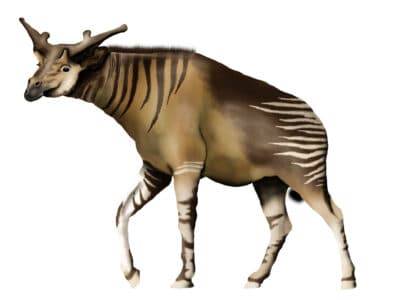
Sivatherium
Sivatherium was a large giraffid and also one of the largest ruminants of all-time.

Skink Lizard
Some skinks lay eggs in some habitats while giving birth to skinklets in other habitats.

Skua
Skuas will chase other birds until they give up their catch
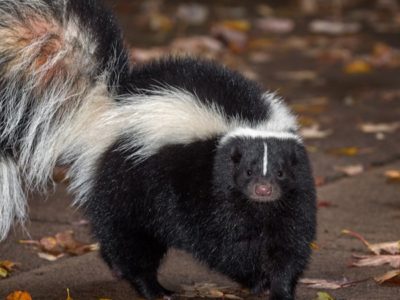
Skunk
Also known as the Polecat!

Slow Worm
Found widely throughout British gardens!

Slug
They glide around on one foot, which is aided by the slime they produce

Smallmouth Bass
A fierce fighter!

Smokybrown Cockroach
Has up to 45 eggs per egg case
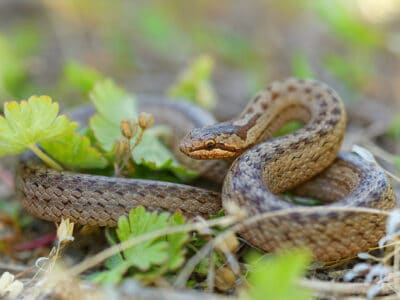
Smooth Snake
These snakes are sometimes confused with common adders, but lack the zigzag pattern.

Snail
There are nearly 1,000 different species!

Snake
There are around 4,000 known species worldwide
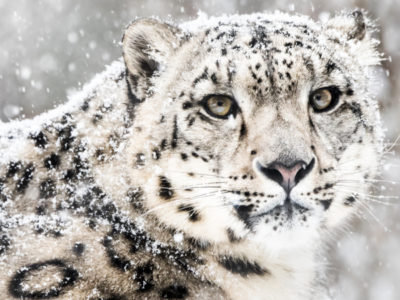
Snow Leopard
Unlike other big cats, snow leopards don’t roar.
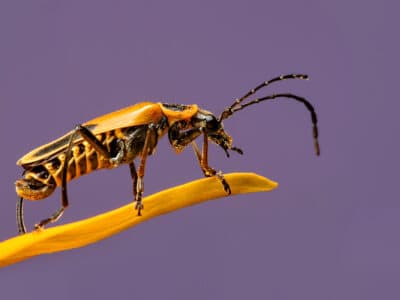
Soldier Beetle
Soldier beetles resemble fireflies, but they're not bioluminescent.

Song Thrush
A male song thrush can have over 100 phrases in his repertoire of songs and can imitate pet birds, telephones and other man-made objects.
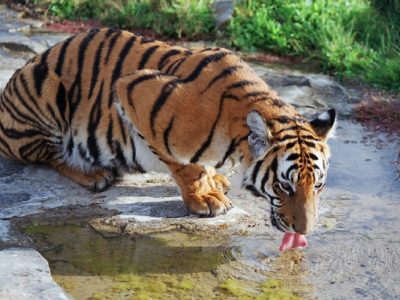
South China Tiger
There are less than 20 in the wild!

Sparrow
There are 140 different species!
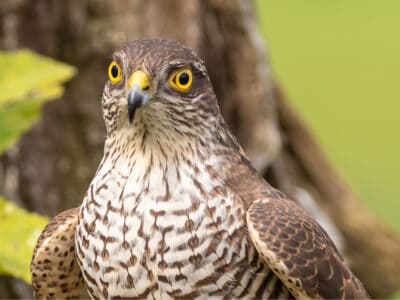
Sparrowhawk
The sparrowhawk is named after the fact that it hunts down and consumes sparrows
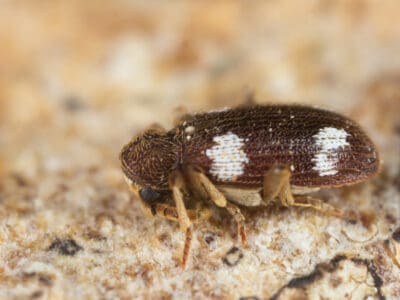
Spider Beetle
Spider beetles have globular bodies, which makes them look like spiders.
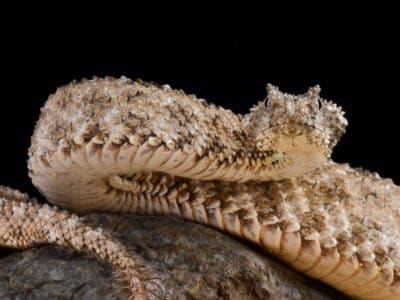
Spider-Tailed Horned Viper
They like to hide in crevices on the sides of cliffs, waiting for prey.

Spider Wasp
They prey on spiders to feed their larvae or they parasitize other spider wasps.

Spinosaurus
The Spinosaurus is the biggest carnivorous dinosaur ever discovered!

Spiny Hill Turtle
The shell serves as both a defense and camouflage!

Spitting Cobra
Spitting cobras are types of cobras that can spit venom at predators and prey.
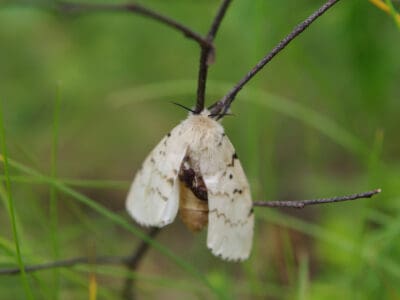
Spongy Moth
The female Spongy Moth can lay between 600 to 1,000 eggs

Spotted Garden Eel
Males battle each other over females and territory
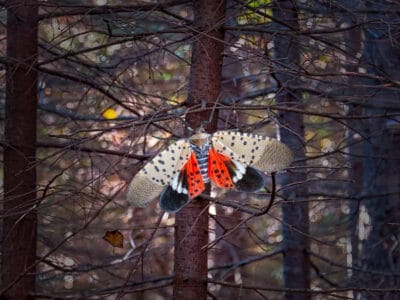
Spotted Lanternfly
The spotted lanternfly is often confused for a moth, but it’s actually a type of planthopper

Squirrel
Small rodents found in woodlands worldwide!
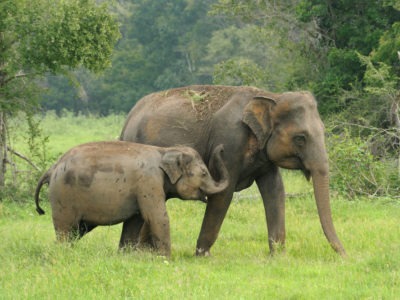
Sri Lankan Elephant
Now restricted to a few parks!
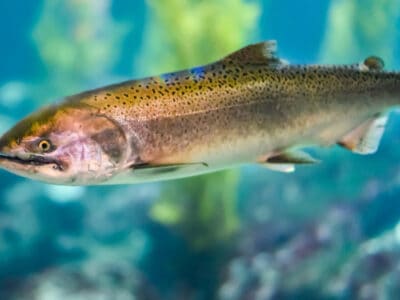
Steelhead Salmon
Steelhead live in freshwater rivers and streams for 1 to 2 years before migrating into the ocean

Stick Insect
There are more than 3,000 different species!

Stiletto Snake
Because of their unique venom delivery system, stiletto snakes are almost impossible to hold safely in the usual way (with fingers behind the head) without being bitten.

Stoat
Average adults weigh about 200 grams!
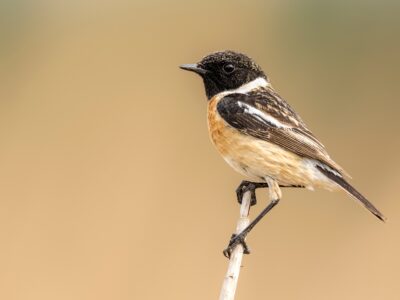
Stonechat
Their songs are harsh and sound like two rocks hitting together.

Stork
They can’t sing like other birds.

Strawberry Hermit Crab
When strawberry hermit crabs find shells that are larger than their own, they gather in a line from biggest to smallest. Once the biggest one sheds its shell, the next one in line will claim it, which is repeated down the line.
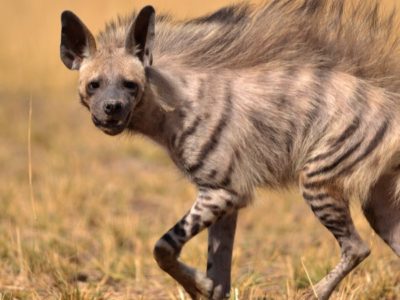
Striped Hyena
The striped hyenas usually mark their territories with the help of the scent gland secretions from their anal pouch.

Sugar Glider
Can glide for over 100 feet before touching the ground

Sumatran Elephant
Less than 2,000 left in the wild!
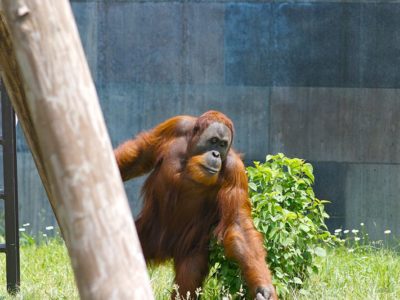
Sumatran Orangutan
Known to make mental maps of the forest!
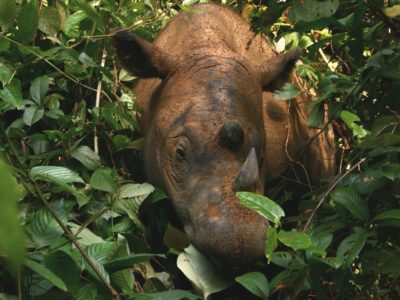
Sumatran Rhinoceros
The smallest species of rhino!
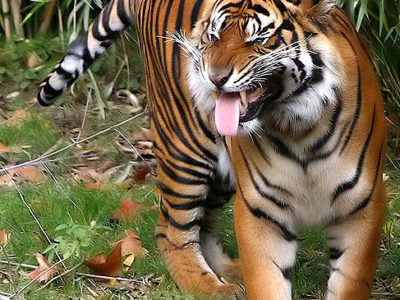
Sumatran Tiger
The smallest species of tiger!

Sun Bear
The smallest species of bear in the world!
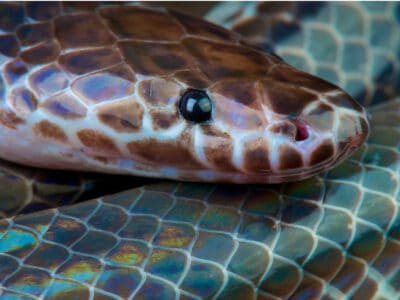
Sunbeam Snake
Sunbeam snakes have two lungs instead of just a single lung like most snake species.
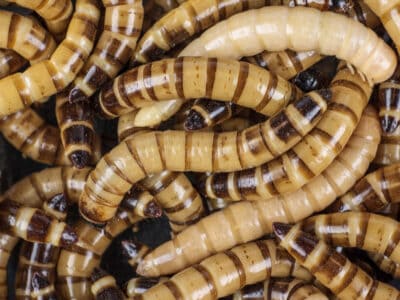
Superworm
These larvae are native to Central and South America but now occur on every continent except Antarctica

Swai Fish
The edges of an iridescent shark's fins have a signature glow
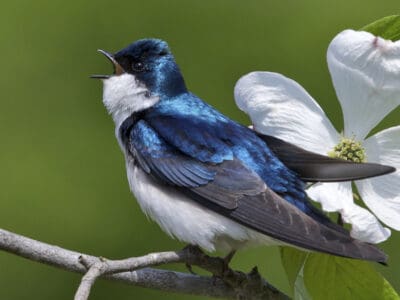
Swallow
swallows have aerodynamic bodies for hunting in flight

Swan
Populations have been affected by pollution!

Syrian Hamster
Can get used to and respond to human voice
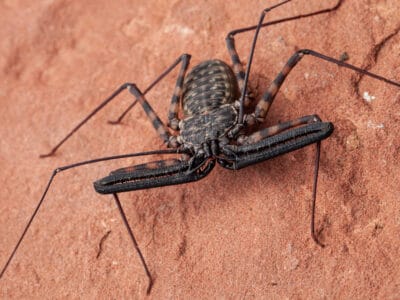
Tailless Whip Scorpion
The average lifespan of these strange creatures is 5 to 10 years; however, tailless whip scorpions have been known to live up to a whopping 15 years in captivity!

Taimen Fish
The Taimen is considered one of the oldest species on earth, with fossilized remains dating back more than 40 million years!
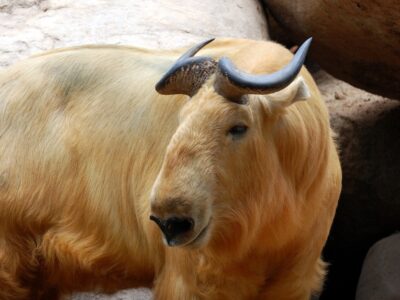
Takin
The takin can leap some 6 feet through the air
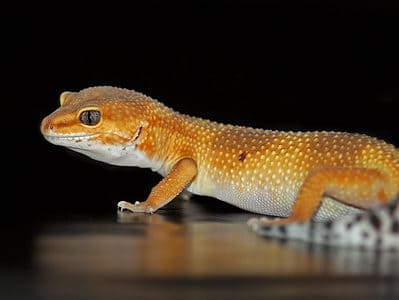
Tangerine Leopard Gecko
Unlike most geckos, tangerine leopard geckos have movable eyelids.
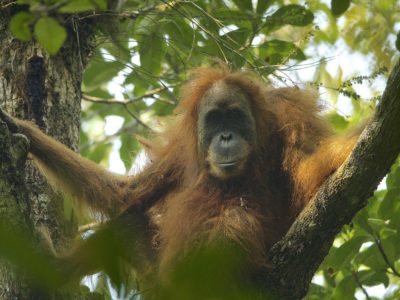
Tapanuli Orangutan
Inhabits an isolated mountain range in northwestern Sumatra!
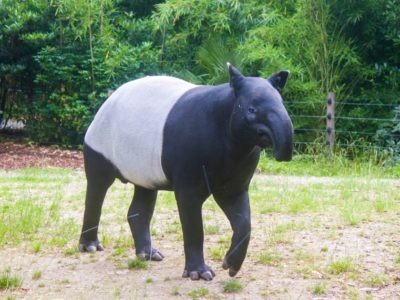
Tapir
Most closely related to horses and rhinos!

Tarantula
More than 1000 species of tarantulas have been identified all around the world!

Tarantula Hawk
Tarantula hawks are excellent pollinators, especially for milkweed.

Tarbosaurus
Tarbosaurus‘ name “bataar” is a mispelling of the Mongolian word “baatar,” which means “hero.”

Tarsier
Each eye weighs more than their whole brain!

Tawny Owl
The most widespread owl in Europe!
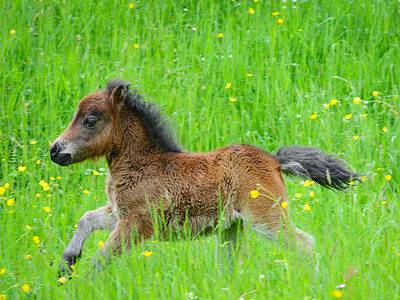
Teacup Miniature Horse
Female teacup minis become sexually mature between 2 and 5 years old, but breeders typically wait until their horse is 3 before letting her reproduce to prevent complications.

Teddy Bear Hamster
The oldest recorded teddy bear hamster was six and a half.

Tentacled Snake
Their tentacles have nerves that attach directly into the area of the brain that processes visual information.

Termite
Their mounds can be up to 9 meters tall!

Thai Ridgeback
In their native Thailand, Thai Ridgebacks were used to hunt cobras.

Therizinosaurus
Longest claws of any terrestrial animal in history

Theropod
Some theropods had feathers and may have been ancestors of modern birds.
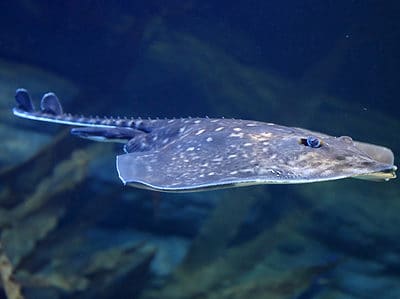
Thornback Ray
The skate with the biggest spines!

Thrush
The American robin is called the robin because its red breast reminded European settlers of the robin back in the old country.
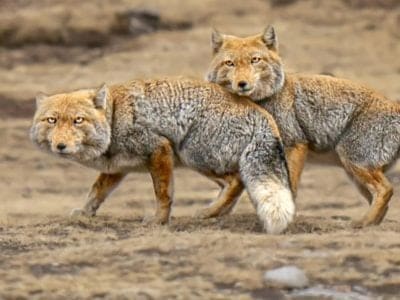
Tibetan Fox
Tibetan foxes are not territorial and will share a hunting ground with other mated pairs.

Tibetan Mastiff
Originally bred in the Himalayan mountains!

Tibetan Spaniel
Originally bred to be a companion dog in Tibetan Buddhist lamaseries.

Tibetan Terrier
Tibetan terriers have round, flat, “snow shoe” feet that evolved to give them traction on snowy Himalayan paths

Tick
They inject hosts with a chemical that stops them from feeling the pain of the bite

Tiger
The largest feline in the world!

Tiger Beetle
The adult tiger beetle is one of the fastest land insects in the world
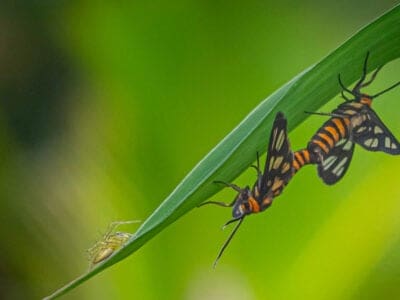
Tiger Moth
The bright colors of this moth are a signal to predators that it has a terrible taste.
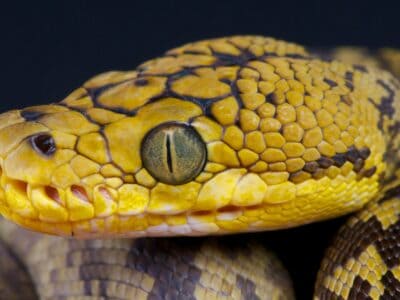
Timor python
Ironically, Timor pythons have never been found on the island of Timor.

Tire Track Eel
They like to burrow into aquarium sand.

Titanosaur
Among the largest land animals to ever exist

Tokay Gecko
The Tokay gecko gets its onomatopoeic name from its "To-kay!" barking call.

Tortoise
Can live until they are more than 150 years old!

Trapdoor spider
Ambush their prey using a trapdoor made of silk
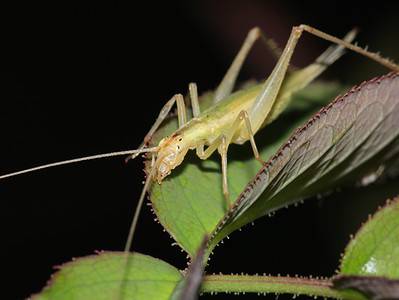
Tree Cricket
They make music with their wings

Tree Frog
Found in warmer jungles and forests!
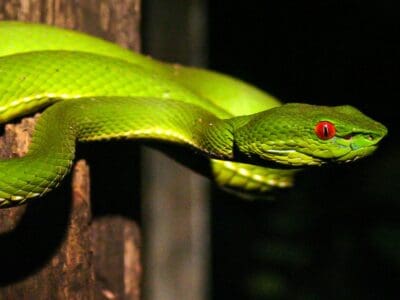
Tree Viper (Bamboo Viper)
Pit vipers can strike accurately at moving objects less than .5 degrees Farenheit warmer than the background.

Treecreeper
Their tailfeathers help them maintain their balance on a tree trunk
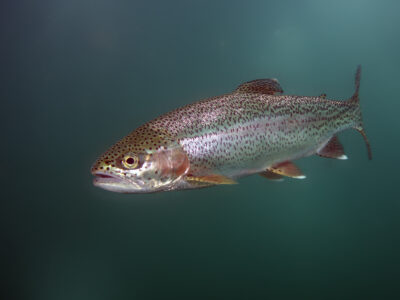
Trout
They don’t have scales for their first month of life!

Turtles
Some species of aquatic turtles can get up to 70 percent of their oxygen through their butt.
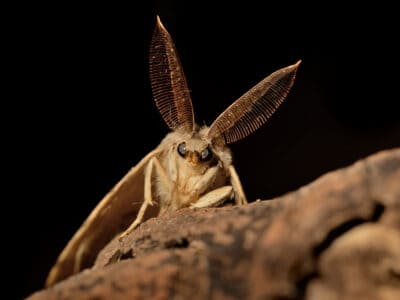
Tussock Moth
N/A
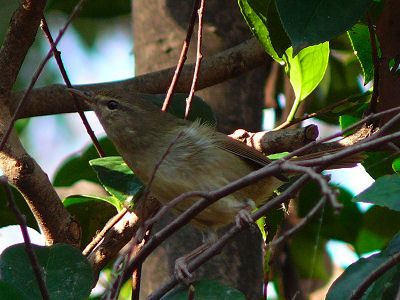
Uguisu
Their guano is used in face creams!

Uintatherium
The Uintatherium was an exceptionally large and exceptionally ugly ungulate that lived during the Eocene epoch
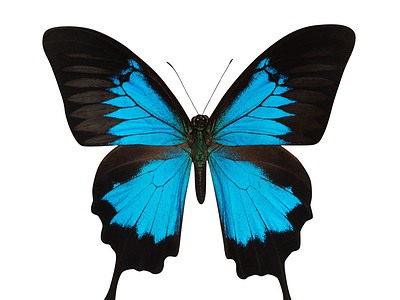
Ulysses Butterfly
Ulysses butterflies have come back from endangered status to just "threatened."

Underwing Moth
Their colorful rear wing makes predators think that they are poisonous, however they are not it is a deceptive feature.
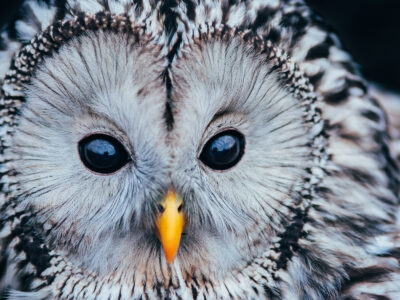
Ural owl
The Ural owl can rotate its head up to 270 degrees
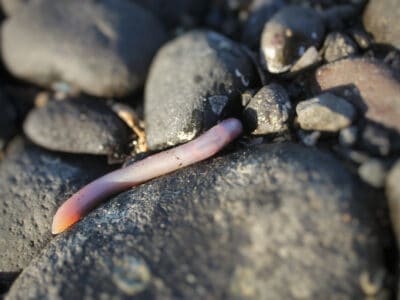
Urechis unicinctus (Penis Fish)
Create "inns" for other sea creatures
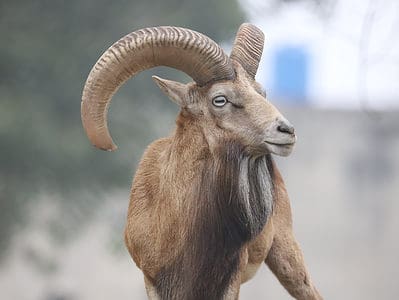
Urial
Urials are the ancestors of modern-day domesticated sheep.
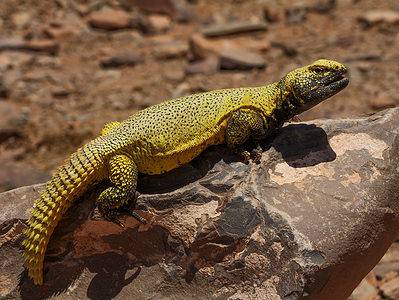
Uromastyx (Spiny-Tailed Lizard)
Spiny-tailed lizards "sneeze" out salt!
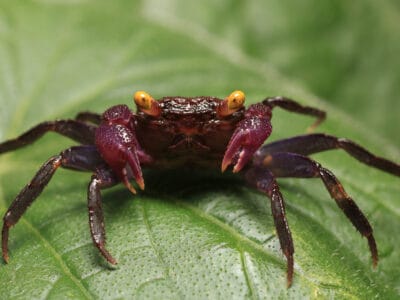
Vampire Crab
Vampire crabs do not depend on saltwater for their development; instead, they live near freshwater rivers and in forests amongst rocks and dense vegetation.
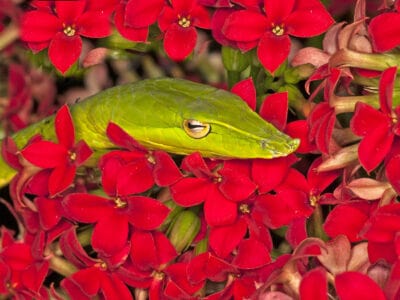
Vine Snake
A slender body and elongated snout give the vine snake a regal look.
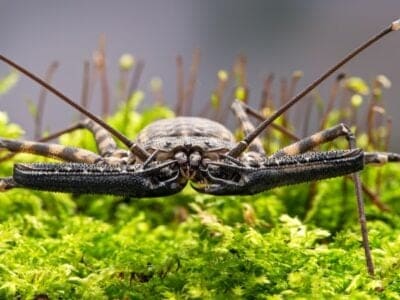
Vinegaroon
Vinegaroons can spray 19 times before the glands are depleted
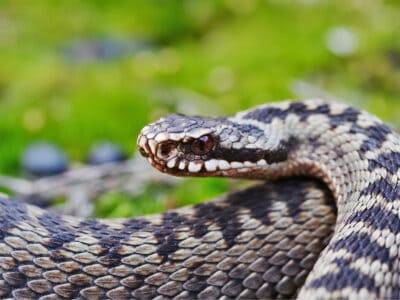
Viper
Vipers are one of the most widespread groups of snakes and inhabit most
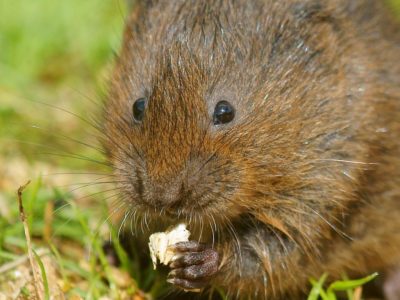
Vole
Voles were heavily mentioned in a Star Trek series as a space station pest.

Vulture
There are 30 different species worldwide!

Walking Catfish
The walking catfish can move on land while breathing air
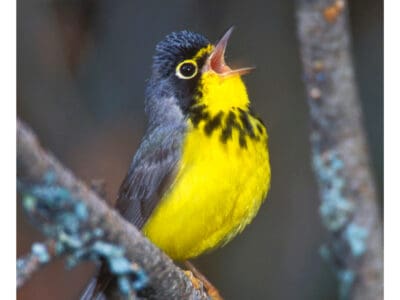
Warbler
Warblers are so called because of the trills of their song.

Wasp
There are around 75,000 recognised species!
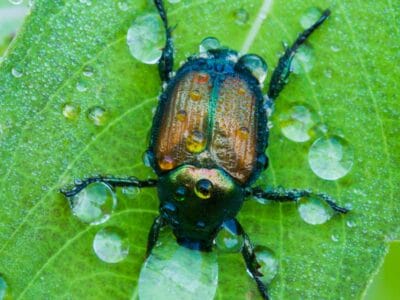
Water Beetle
Water beetles bite; they use their legs to inject venomous digestive saliva
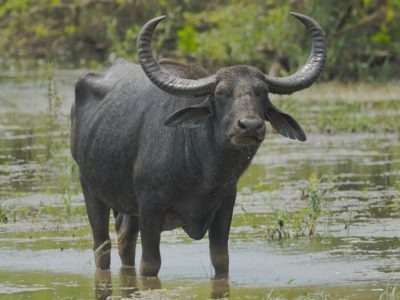
Water Buffalo
Has been domesticated for thousands of years!
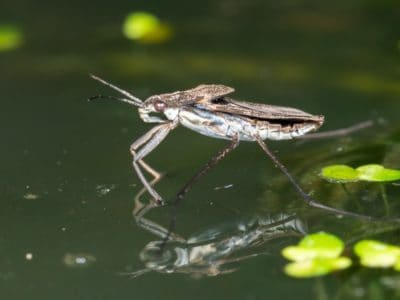
Water Bug
Some species of water bugs can deliver a painful bite when handled.
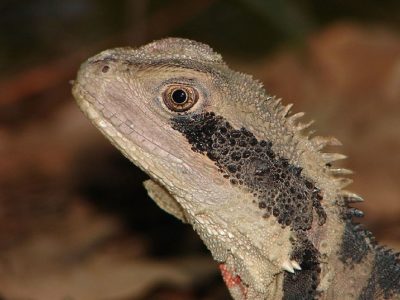
Water Dragon
Spends most of it's time in the trees!
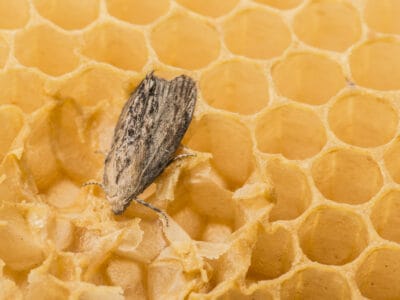
Wax Moth
The Wax Moth larvae are more dangerous than the adult.

Weasel
The smallest carnivorous mammal in the world!
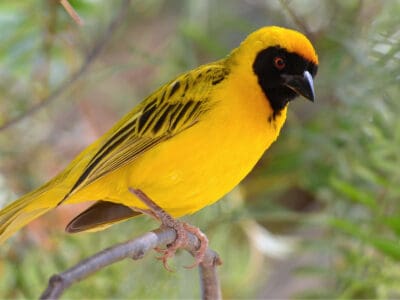
Weaver Bird
The weaver constructs an elaborate nest for the breeding season
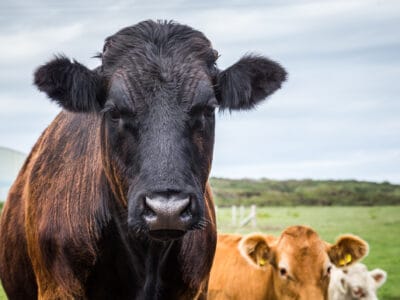
Welsh Black Cattle
Welsh Black Cattle were once used as currency in Wales and referred to as “black gold”.

Welsh Springer Spaniel
Due to being so attached to their owners, the Welsh Springer Spaniel does not do well with being left alone and can experience separation anxiety.
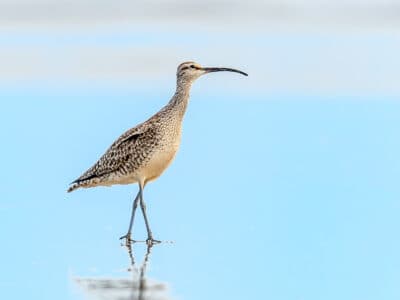
Whimbrel
The fastidious whimbrel sometimes washes off its prey before it eats it.

White Butterfly
This butterfly determines the smell and taste of a flower with its feet.

White Ferret / Albino Ferrets
There are two different types of white ferrets!

White-shouldered House Moth
The larva is the pest because a fully-grown white-shouldered house moth cannot feed; it can only absorb liquid

White-Tailed Eagle
It is one of the biggest birds of prey.
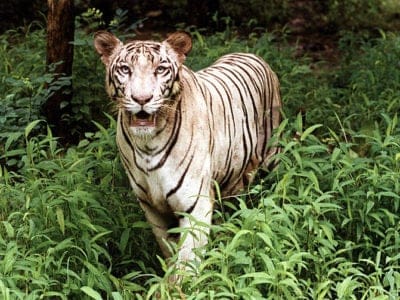
White Tiger
None have been seen in the wild for 50 years!
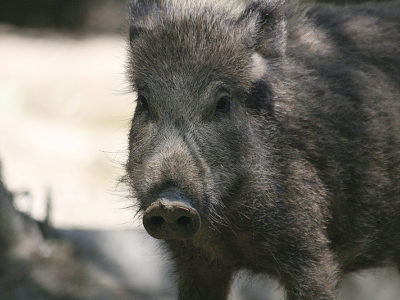
Wild Boar
Males have a top tusk to sharpen the bottom one!

Wiwaxia
The body of Wiwaxia was covered by rows of sclerites and spines
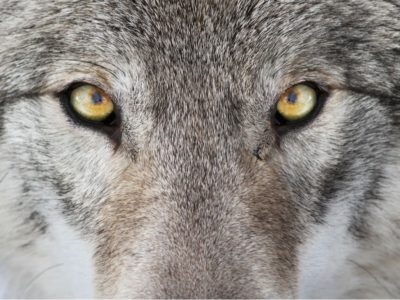
Wolf
Thought to date back more than 300,000 years!
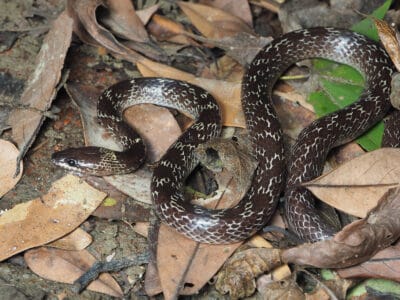
Wolf Snake
Harmless, but with fangs like a wolf.

Wolf Spider
Carnivorous arachnid that hunts its prey.

Wood Turtle
Temperature determines the sex of turtle eggs

Woodlouse
This animal can roll up into a ball

Woodlouse Spider
Unlike most spiders, woodlouse spiders don’t build a web.

Woodpecker
There are 200 different species!
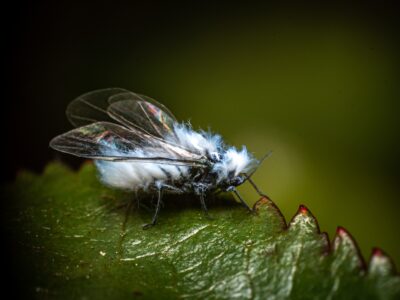
Woolly Aphids
Another name for these fuzzy insects is "boogie-woogie aphids" because of their habit of lifting their posteriors and pulsing them in synchronized motions when threatened.

Woolly Mammoth
Tusks grew to 16ft long!
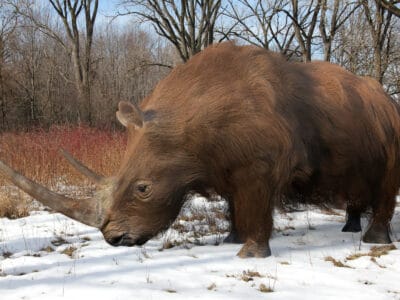
Woolly Rhinoceros
The woolly rhinoceros roamed the earth between three and a half million and 14,000 years ago.

Worm
Doesn’t have eyes.
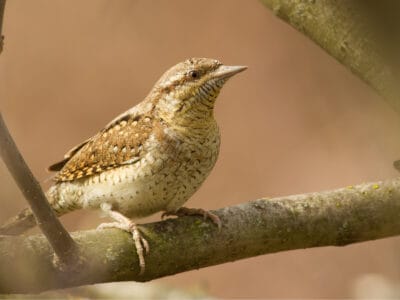
Wryneck
They feign death by making their bodies limp and closing their eyes.

Xenacanthus
Smal eel-like ancient shark
Xiaosaurus
Xiaosaurus was a small and lightweight dinosaur
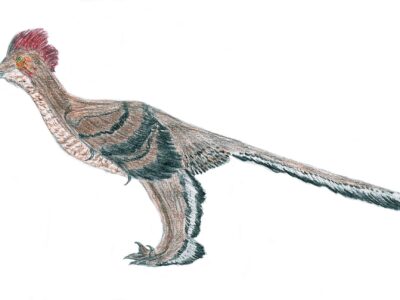
Xiaotingia
Xiaotingia used its feathery hindlimbs for short-distance flights
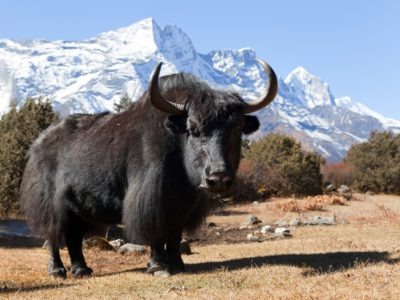
Yak
Yaks can live at altitudes up to 20,000 feet--the highest of any land-dwelling mammal.
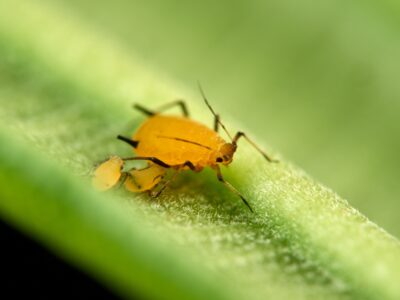
Yellow Aphids
These aphids are primarily wingless; however, once the infestation on their host gets too crowded, they develop wings, allowing them to fly to a new host plant.
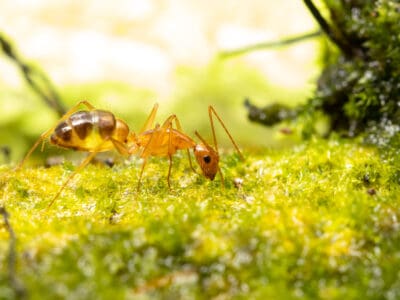
Yellow Crazy Ant
One of the top 100 worst invasive species!
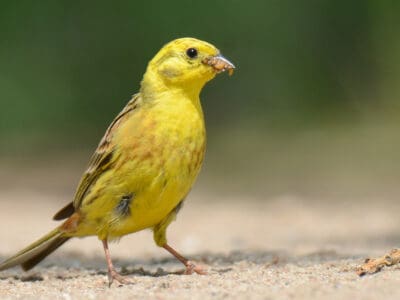
Yellowhammer
It interbreeds with the pine bunting

Yellowjacket (Yellow Jacket)
Yellowjacket stings account for the majority of deaths from wasp stings
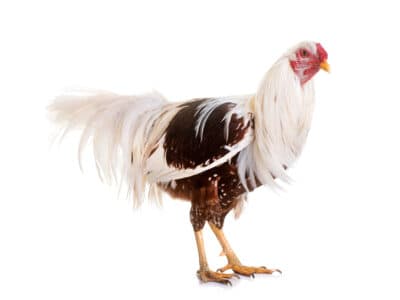
Yokohama Chicken
Yokohama chickens have snow white feathers with tails reaching up to 4 feet in length.

Zebra Finch
The male zebra finch creates a unique song by drawing inspiration from its parent or tutor
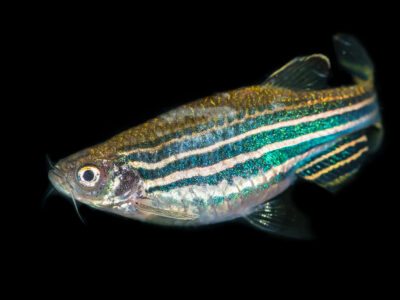
Zebrafish (Zebra Fish)
Used extensively in scientific research

Zebu
There are around 75 different species!

Zokor
Zokors are expert diggers. They burrow tunnels hundreds of feet long!
Asian Animals List
- Adélie Penguin
- Admiral Butterfly
- Aesculapian Snake
- Afghan Hound
- African Sugarcane Borer
- Ainu
- Akita
- Alaskan Pollock
- American Alligator
- Amano Shrimp
- Amethystine Python (Scrub Python)
- Amur Leopard
- Andrewsarchus
- Angled Sunbeam Caterpillar
- Angora Goat
- Anomalocaris
- Ant
- Antelope
- Ape
- Arabian Cobra
- Arabian Wolf
- Arafura File Snake
- Archerfish
- Armyworm
- Arsinoitherium
- Asian Arowana
- Asian Cockroach
- Asian Elephant
- Asian Giant Hornet
- Asian Lady Beetle
- Asian Longhorn Beetle
- Asian Palm Civet
- Asian Vine Snake
- Asian Water Monitor
- Asiatic Black Bear
- Assassin Snail
- Atlas Beetle
- Atlas Moth
- Aurochs
- Avocet
- Ayam Cemani
- Babirusa
- Baboon
- Bactrian Camel
- Bagworm Moth
- Bagworm Moth Caterpillar
- Bamboo Rat
- Bamboo Worms
- Banana Spider
- Banded Krait
- Banded Palm Civet
- Barb
- Bark Beetle
- Barn Owl
- Barn Swallow
- Basilosaurus
- Bass
- Bat
- Baya
- Bear
- Bearded Vulture
- Beauty rat snake
- Bed Bugs
- Bee
- Bee-Eater
- Beetle
- Beewolf wasp
- Belgian Canary
- Beluga Sturgeon
- Bengal Tiger
- Bhutan Takin
- Binturong
- Bird
- Bird Of Paradise
- Birman
- Biscuit Beetle
- Black Aphids
- Black Dragon Lizard
- Black Widow Spider
- Blind Snake
- Blood Python
- Blowfly
- Blue Dragon Sea Slug
- Blue Tit
- Boelen’s python
- Boiga
- Bombardier Beetle
- Bornean Orangutan
- Borneo Elephant
- Box-Headed Blood Bee
- Box Jellyfish
- Box Tree Moth
- Brahma Chicken
- Brahminy Blindsnake
- Brazilian Treehopper
- Bronze-winged Jacana
- Brown Bear
- Brown Dog Tick
- Brown Tree Snake
- Bumblebee
- Burmese
- Burmese Python
- Butterfly
- Cabbage Moth
- Caecilian
- Camel
- Camel Cricket
- Camel Spider
- Canaan Dog
- Caracal
- Carp
- Carpenter Ant
- Carpet Beetle
- Carpet Viper
- Carrion Beetle
- Cashmere Goat
- Cat
- Cat Snake
- Caterpillar
- Catfish
- Cave Lion
- Centipede
- Ceratopsian
- Cervalces latifrons (Broad-Fronted Moose)
- Chameleon
- Cheetah
- Chicken
- Chigger
- Chinese Alligator
- Chinese Cobra
- Chinese Crested Dog
- Chinese Geese
- Chinese Paddlefish
- Chinese Shar-Pei
- Chinese Water Deer
- Chow Chow
- Chromodoris Willani
- Cicada
- Cigarette Beetle
- Cinereous Vulture
- Click Beetle
- Clock Spider
- Clothes Moth
- Clouded Leopard
- Cobalt Blue Tarantula
- Cochin Chicken
- Cockatoo
- Cockroach
- Coconut Crab
- Codling Moth
- Comb-crested Jacana
- Common Buzzard
- Common Carp
- Common European Adder
- Common Furniture Beetle
- Common Green Magpie
- Common House Spider
- Common Raven
- Common Spotted Cuscus
- Coral Snake
- Corella
- Cormorant
- Coryphodon
- Cosmic Caterpillar
- Cow
- Cow Reticulated Python
- Crab
- Crab-Eating Macaque
- Crab Spider
- Crane
- Crayfish
- Cricket
- Crocodile
- Crocodile Monitor
- Crocodylomorph
- Crow
- Crucian Carp
- Cuckoo
- Damselfish
- Danios
- Darkling Beetle
- Deer
- Deinocheirus
- Desert Locust
- Desert Wolf
- Desmostylus
- Dhole
- Dickinsonia
- Dinocrocuta
- Dinosaur Shrimp
- Dire Wolf
- Diving Bell Spider (Water Spider)
- Dobsonfly
- Dog
- Dog Tick
- Donkey
- Dormouse
- Douc
- Draco Volans Lizard
- Dragon Eel
- Dragon Snake (Javan Tubercle Snake, Javan Mudsnake)
- Dragonfly
- Dried Fruit Moth
- Duck
- Dung Beetle
- Dunnock
- Dusky Shark
- Dwarf Gourami
- Dwarf Hamster
- Eagle
- Eared Grebe
- Earless Monitor Lizard
- Earthworm
- Earwig
- Eel
- Egret
- Egyptian Tortoise
- Egyptian Vulture
- Eider
- Elasmotherium
- Elephant
- Elk
- Embolotherium
- Emerald Tree Monitor
- Emperor Goose
- Epidexipteryx
- Equatorial Spitting Cobra
- Ermine
- Eurasian Beaver
- Eurasian Bullfinch
- Eurasian Collared Dove
- Eurasian Eagle-owl
- Eurasian Jay
- Eurasian Lynx
- Eurasian Nuthatch
- Eurasian Sparrowhawk
- Eurasian Wolf
- European Bee-Eater
- European Goldfinch
- European Robin
- Falcon
- Fallow deer
- False Cobra
- False Widow Spider
- Fancy Mouse
- Fennec Fox
- Fiddler Crab
- Finch
- Fire-Bellied Toad
- Fire Eel
- Firefly
- Fishing Cat
- Fishing Spiders
- Flamingo
- Flea
- Flea Beetle
- Flour Beetle
- Flowerhorn Fish
- Fly
- Flycatcher
- Flying Lemur
- Flying Snake
- Flying Squirrel
- Formosan Mountain Dog
- Fox
- Freshwater Eel
- Freshwater Jellyfish
- Fritillary Butterfly
- Frog
- Fruit Bat
- Fruit Fly
- Fulvous Whistling Duck
- Furrow Bee
- Gadwall
- Gastornis
- Gazelle
- Gecko
- Gerbil
- German Cockroach
- Gharial
- Ghost Catfish
- Giant Panda Bear
- Giant Salamander
- Giant Trevally
- Gibbon
- Gigantopithecus
- Glass Lizard
- Glowworm
- Gnat
- Goat
- Goldcrest
- Golden-Crowned Flying Fox
- Golden Eagle
- Golden Jackal
- Golden Oriole
- Goldfish
- Gomphotherium
- Goonch Catfish
- Goose
- Gooty Sapphire Tarantula
- Goral
- Gourami
- Grass Carp
- Grass Snake
- Grass Spider
- Grasshopper
- Great Egret
- Grebe
- Green Bee-Eater
- Green Rat Snake
- Green Tree Python
- Grey Heron
- Griffon Vulture
- Ground Squirrel
- Gypsy Cuckoo Bumblebee
- Gypsy Moth
- Gypsy Moth Caterpillar
- Habu Snake
- Haikouichthys
- Hainosaurus
- Hairy-footed Flower Bee
- Hallucigenia
- Hamburg Chicken
- Hammerhead Worm
- Hamster
- Hare
- Hawk
- Hawk Moth Caterpillar
- Hedgehog
- Helicoprion
- Heron
- Herring Gull
- Hokkaido
- Honey Badger
- Honey Bee
- Honey Buzzard
- Hoopoe
- Hornbill
- Horned Beetle
- Horned Grebe
- Horned Viper
- Hornet
- Horse
- Horsefly
- Horseshoe Crab
- House Sparrow (English Sparrow)
- Housefly
- Human
- Hummingbird Hawk-Moth
- Huntsman Spider
- Hyena
- Ibex
- Ibis
- Indian Cobra
- Indian Elephant
- Indian Giant Squirrel
- Indian Palm Squirrel
- Indian python
- Indian Rhinoceros
- Indian Star Tortoise
- Indochinese Tiger
- Insect
- Insects
- Irukandji Jellyfish
- Jacana
- Jack-Chi
- Jackal
- Jackdaw
- Japanese Bantam Chicken
- Japanese Beetle
- Japanese Chin
- Japanese Macaque
- Japanese rat snake
- Japanese Spitz
- Japanese Squirrel
- Japanese Terrier
- Javan Leopard
- Javan Rhinoceros
- Jerboa
- Joro Spider
- Jumping Spider
- Junglefowl
- Kai Ken
- Kaluga Sturgeon
- Katydid
- Keelback
- Kenyan Sand Boa
- Kestrel
- Khao Manee
- Khapra Beetle
- Kiang
- Killer Clown Ball Python
- Killifish
- Kinabalu Giant Red Leech
- King Cobra
- King Eider
- King Quail
- King Rat Snake
- King Salmon
- Kingfisher
- Kishu
- Kissing Bugs
- Kissing Gourami
- Kitefin Shark
- Koi Fish
- Kokanee Salmon
- Komodo Dragon
- Korean Jindo
- Kouprey
- Krait
- Kudzu Bug
- Lace Bug
- Ladybug
- Lappet-faced Vulture
- Larder Beetle
- Largemouth Bass
- Leafcutter Bee
- Leatherback Sea Turtle
- Leech
- Leopard
- Leopard Cat
- Leopard Gecko
- Leptocephalus
- Lhasa Apso
- Liger
- Linnet
- Lion
- Lizard
- Loach
- Locust
- Long-Eared Owl
- Long-Tailed Tit
- Lorikeet
- Loris
- Lystrosaurus
- Macaque
- Magpie
- Malayan Civet
- Malayan Krait
- Malayan Tiger
- Mallard
- Mamushi Snake
- Mandarin Rat Snake
- Mangrove Snake
- Markhor
- Marmot
- Marsh Frog
- Masked Palm Civet
- Mason Bee
- Mayfly
- Mealybug
- Megalochelys
- Mekong Giant Catfish
- Merganser
- Microraptor
- Milkfish
- Millipede
- Mole
- Mole Crab (Sand Flea)
- Mole Cricket
- Mollusk
- Monarch Butterfly
- Mongoose
- Mongrel
- Monitor Lizard
- Monkey
- Monocled Cobra
- Moorhen
- Mosasaurus
- Mosquito
- Moth
- Mourning Gecko
- Mouse
- Mouse-Deer (Chevrotain)
- Mule
- Muntjac
- Musk Deer
- Muskrat
- Myna Bird
- Naegleria
- Neanderthal
- Needlefish
- Nematode
- Neptune Grouper
- Newt
- Nicobar pigeon
- Night Heron
- Nightingale
- Nightjar
- Nilgai
- No See Ums
- Northern Pintail
- Norway Rat
- Nuthatch
- Ocean Perch
- Oleander Hawk Moth
- Onagadori Chicken
- Onager
- Oranda Goldfish
- Orangutan
- Orb Weaver
- Orchid Dottyback
- Oriental Cockroach
- Oriental Dwarf Kingfisher
- Ortolan Bunting
- Osprey
- Otter
- Oviraptor
- Owl
- Ox
- Pacific Coast Tick
- Pacific Spaghetti Eel
- Paddlefish
- Palaeoloxodon namadicus
- Pangolin
- Pantaloon Bee
- Paradise Flying Snake
- Parakeet
- Parrot
- Partridge
- Pea Puffer
- Peacock
- Peacock Butterfly
- Peacock Spider
- Pekingese
- Pelagornithidae
- Peppered Moth
- Perch Fish
- Père David’s Deer
- Peregrine Falcon
- Persian
- Pheasant
- Pheasant-tailed Jacana
- Philippine Cobra
- Phytosaurs
- Pig
- Pigeon
- Pika
- Pike Fish
- Pine Marten
- Pink Bollworm
- Pink-Necked Green Pigeon
- Pink Salmon
- Pipe Snake
- Pit Viper
- Platinum Arowana
- Platybelodon
- Pliosaur
- Polecat
- Pompano Fish
- Pond Skater
- Porcupine
- Powderpost Beetle
- Praying Mantis
- Proboscis Monkey
- Psittacosaurus
- Psittacosaurus
- Pterodactyl
- Pug
- Purple Emperor Butterfly
- Python
- Quahog Clam
- Quail
- Rabbit
- Raccoon Dog
- Rainbow Shark
- Rat
- Rat Snakes
- Red Aphids
- Red Deer
- Red-Eared Slider
- Red Fox
- Red-Headed Vulture
- Red Kite
- Red Panda
- Redback Spider
- Redstart
- Repenomamus
- Reticulated python
- Rhamphosuchus
- Rhesus Macaque
- Rhino Beetle
- Rhinoceros
- Rhombic Egg-Eater Snake
- Ribbon Eel
- River Turtle
- Robber Flies
- Robin
- Rock Hyrax
- Rodents
- Roe Deer
- Rooster
- Root Aphids
- Rough-Legged Hawk (Rough-Legged Buzzard)
- Rove Beetle
- Russel’s Viper
- Russian Tortoise
- Sable
- Sable Ferret
- Saiga
- Salamander
- Saluki
- Sambar
- Sand Cat
- Sand Crab
- Sand Lizard
- Sand Viper
- Sandpiper
- Saola
- Sapsali
- Sarkastodon
- Sarus Crane
- Saturniidae Moth
- Sauropoda
- Sauropoda
- Savu Python
- Saw-scaled Viper
- Scarab Beetle
- Scorpion
- Scottish Fold Cat
- Sea Eagle
- Sea Snake
- Seagull
- Seahorse
- Sedge Warbler
- Senepol Cattle
- Shantungosaurus
- Shastasaurus
- Sheep
- Shiba Inu
- Shiba Inu Mix
- Shih Tzu
- Shih Tzu Mix
- Shikoku
- Short-Eared Owl
- Shrew
- Shrimp
- Siamese
- Betta Fish (Siamese Fighting Fish)
- Siberian Ibex
- Siberian Tiger
- Sichuan Takin (Tibetan Takin)
- Sika Deer
- Silkie Chicken
- Sinosauropteryx
- Sivatherium
- Skink Lizard
- Skua
- Skunk
- Slow Worm
- Slug
- Smallmouth Bass
- Smokybrown Cockroach
- Smooth Snake
- Snail
- Snake
- Snow Leopard
- Soldier Beetle
- Song Thrush
- South China Tiger
- Sparrow
- Sparrowhawk
- Spider
- Spider Beetle
- Spider-Tailed Horned Viper
- Spider Wasp
- Spinosaurus
- Spiny Hill Turtle
- Spitting Cobra
- Spongy Moth
- Spotted Garden Eel
- Spotted Lanternfly
- Squirrel
- Sri Lankan Elephant
- Steelhead Salmon
- Stick Insect
- Stiletto Snake
- Stoat
- Stonechat
- Stork
- Strawberry Hermit Crab
- Striped Hyena
- Sugar Glider
- Sumatran Elephant
- Sumatran Orangutan
- Sumatran Rhinoceros
- Sumatran Tiger
- Sun Bear
- Sunbeam Snake
- Superworm
- Swai Fish
- Swallow
- Swallowtail Butterfly
- Swallowtail Caterpillar
- Swan
- Syrian Hamster
- Tailless Whip Scorpion
- Taimen Fish
- Takin
- Tangerine Leopard Gecko
- Tapanuli Orangutan
- Tapir
- Tarantula
- Tarantula Hawk
- Tarbosaurus
- Tarsier
- Tawny Mining Bee
- Tawny Owl
- Teacup Miniature Horse
- Teddy Bear Hamster
- Tentacled Snake
- Termite
- Thai Ridgeback
- Therizinosaurus
- Theropod
- Thornback Ray
- Thrush
- Tibetan Fox
- Tibetan Mastiff
- Tibetan Spaniel
- Tibetan Terrier
- Tick
- Tiger
- Tiger Beetle
- Tiger Moth
- Timor python
- Tire Track Eel
- Titanosaur
- Tokay Gecko
- Tortoise
- Tosa
- Trapdoor spider
- Tree Cricket
- Tree Frog
- Tree Viper (Bamboo Viper)
- Treecreeper
- Trout
- Turtles
- Tussock Moth
- Tussock Moth Caterpillar
- Uguisu
- Uintatherium
- Ulysses Butterfly
- Underwing Moth
- Ural owl
- Urechis unicinctus (Penis Fish)
- Urial
- Uromastyx (Spiny-Tailed Lizard)
- Vampire Crab
- Velociraptor
- Vestal Cuckoo Bumblebee
- Vine Snake
- Vinegaroon
- Viper
- Vole
- Vulture
- Walking Catfish
- Warbler
- Wasp
- Water Beetle
- Water Buffalo
- Water Bug
- Water Dragon
- Wax Moth
- Weasel
- Weaver Bird
- Welsh Black Cattle
- Welsh Springer Spaniel
- Whimbrel
- White Butterfly
- White Ferret / Albino Ferrets
- White-shouldered House Moth
- White-Tailed Eagle
- White Tiger
- Wild Boar
- Wiwaxia
- Wolf
- Wolf Snake
- Wolf Spider
- Wood Turtle
- Woodlouse
- Woodlouse Spider
- Woodpecker
- Wool Carder Bee
- Woolly Aphids
- Woolly Mammoth
- Woolly Rhinoceros
- Worm
- Wryneck
- Xenacanthus
- Xiaosaurus
- Xiaotingia
- Xiongguanlong
- Yak
- Yellow Aphids
- Yellow Crazy Ant
- Yellow-faced Bee
- Yellowhammer
- Yellowish Cuckoo Bumblebee (formerly Fernald’s Cuckoo Bumblebee)
- Yellowjacket (Yellow Jacket)
- Yokohama Chicken
- Zebra Finch
- Zebrafish (Zebra Fish)
- Zebu
- Zokor
Asia FAQs (Frequently Asked Questions)
What animals live in Asia?
Tigers, elephants, rhinoceros, bears, monkeys, camels, birds and snakes are just some examples of Asian wildlife, as are more exotic and unique species such as the Malayan Tapir, Slow Loris, Japanese Macaque and the Lesser Bird-of-Paradise.
What are some animals that are unique to Asia?
Sun Bears, Clouded Leopards and Draco Lizards.
How many different animals live in Asia?
There are as many animals as there are habitat types in Asia, from desert and land-dwelling to forest and jungle-dwelling as well as ocean wildlife.
What is the biggest animal in Asia?
It depends on the type of animal. The biggest land animal on the continent is the Asian elephant, the saltwater crocodile is the biggest reptile there and in the world and the blue whale is the biggest marine mammal there and in the world.
What is the oldest country in Asia?
The oldest country in Asia is Iran, which traces back its roots to around 7000 BCE. Other countries with ancient roots include China, India, and Vietnam.




